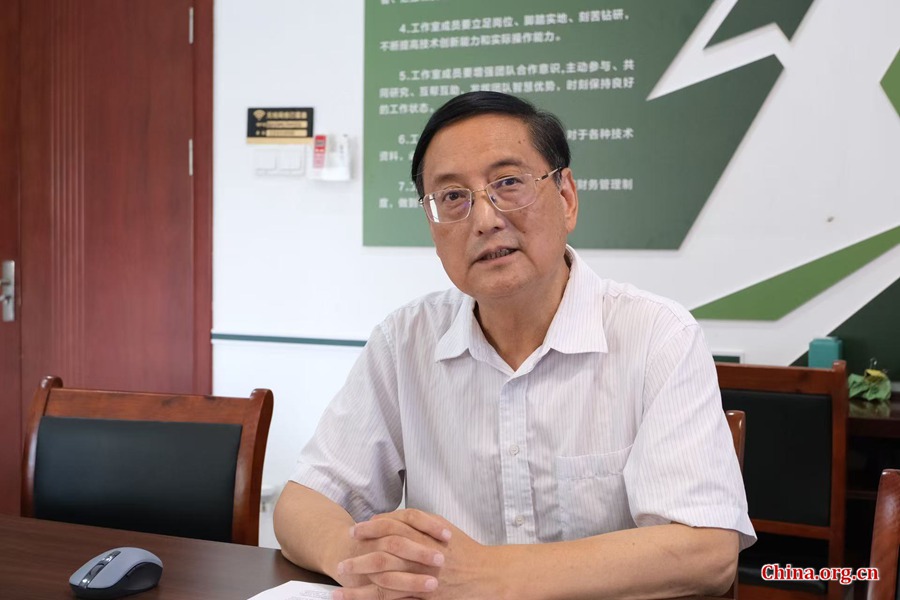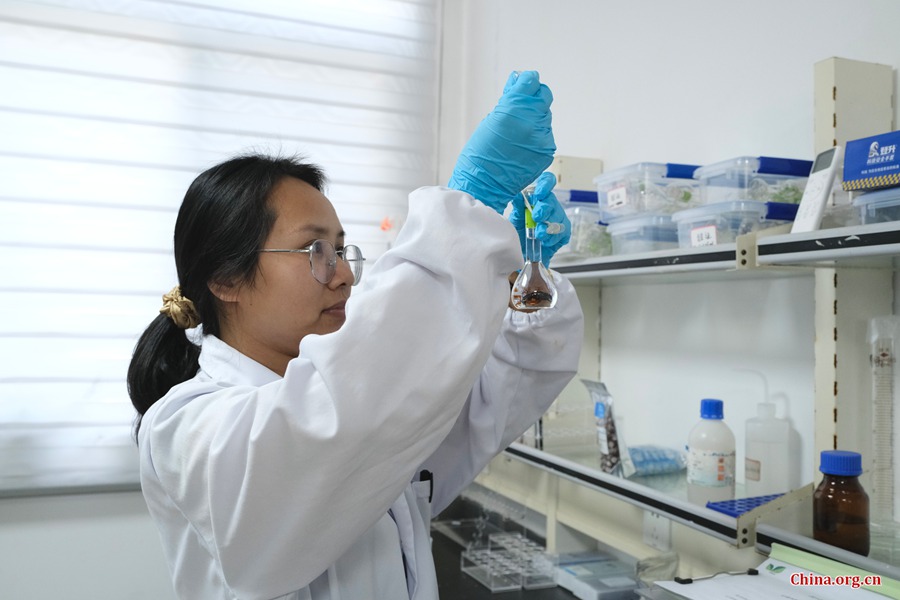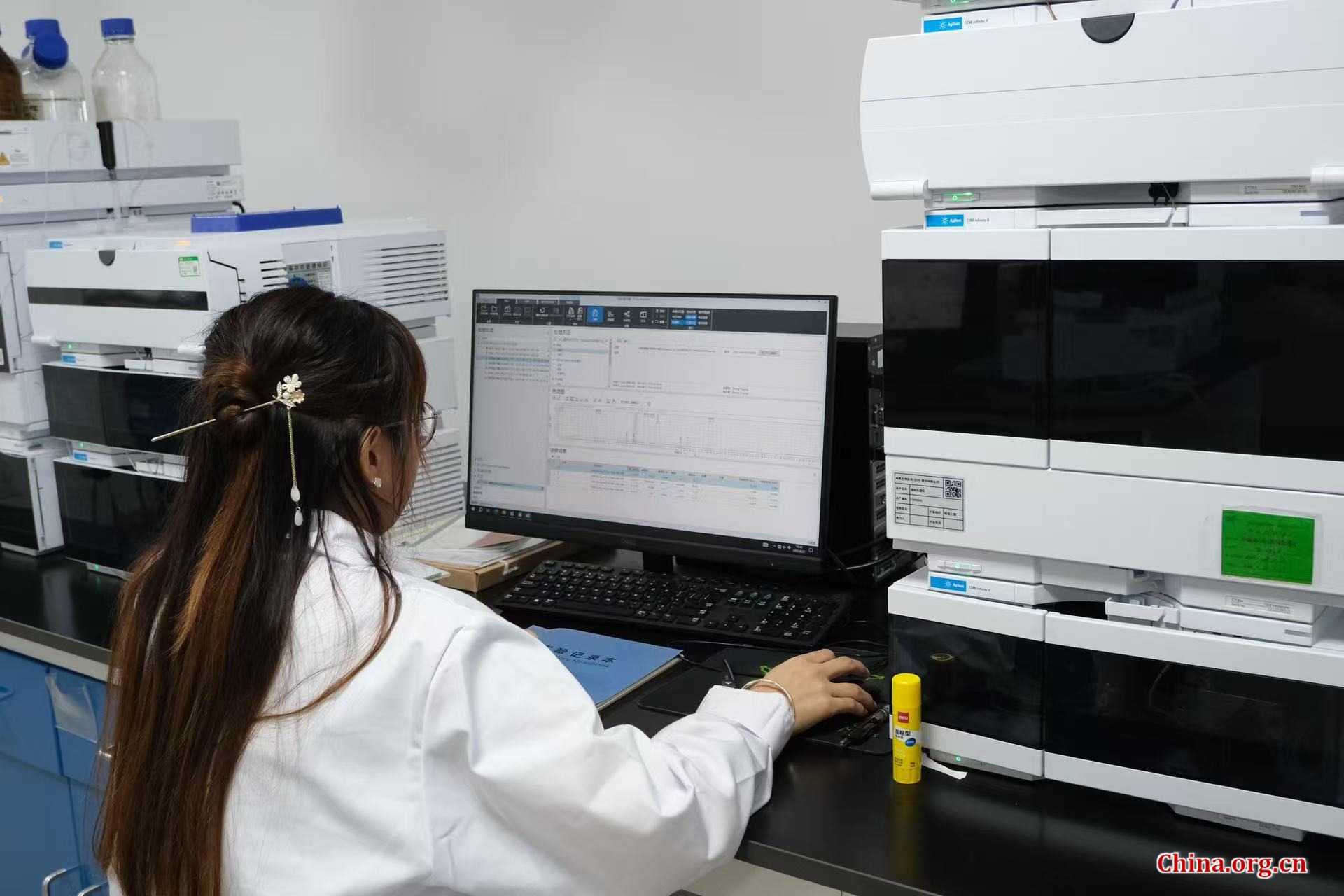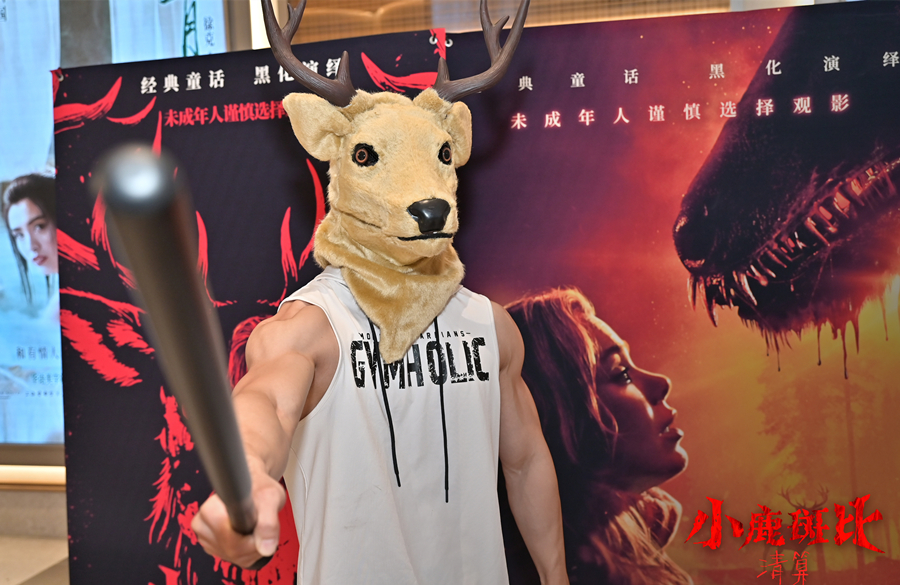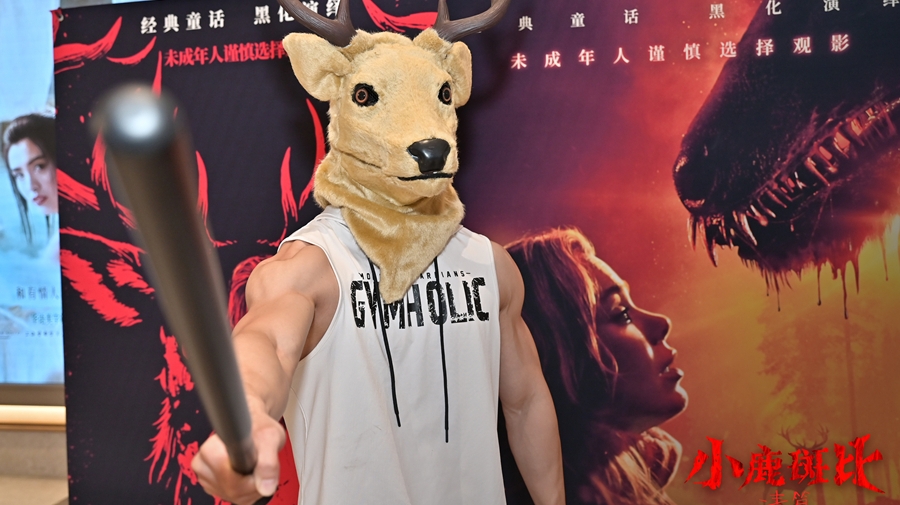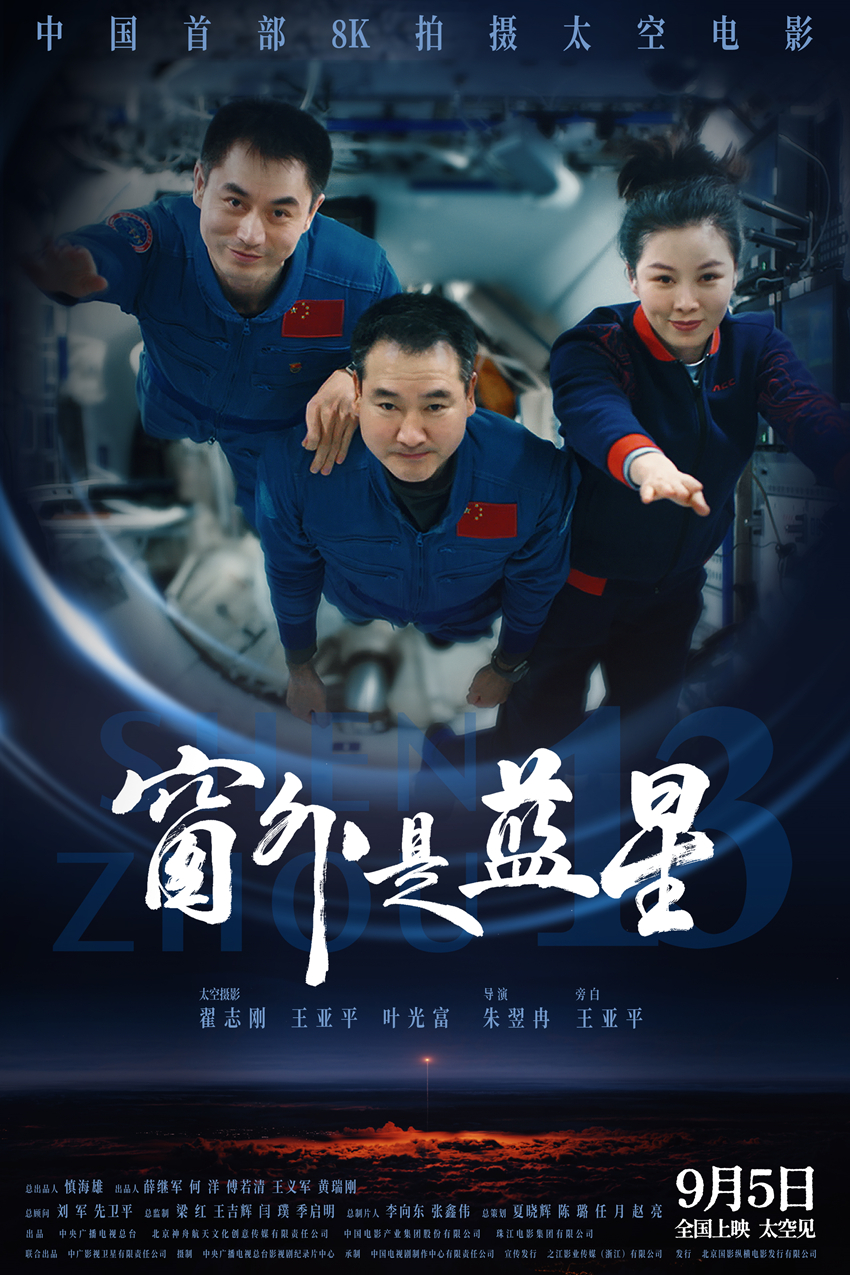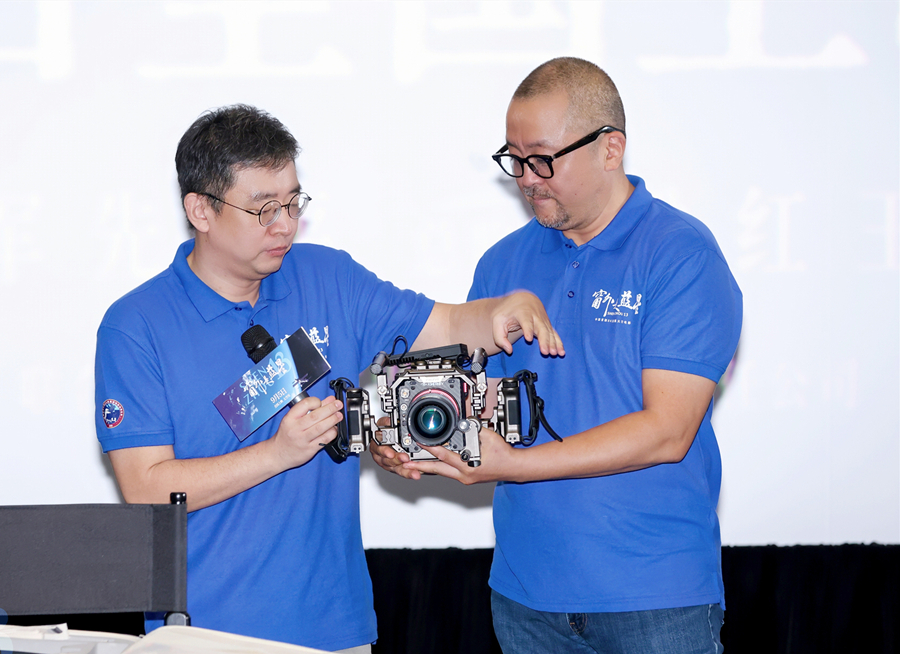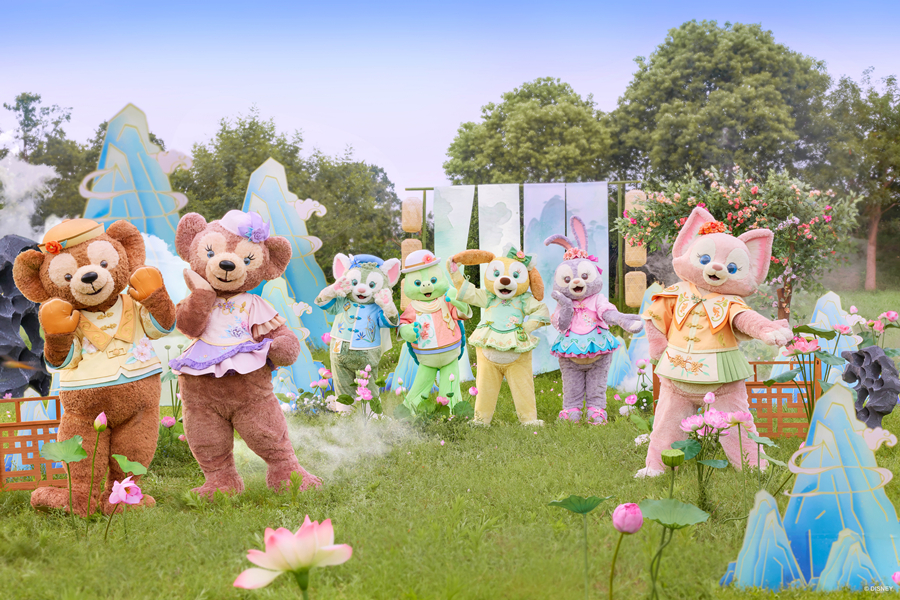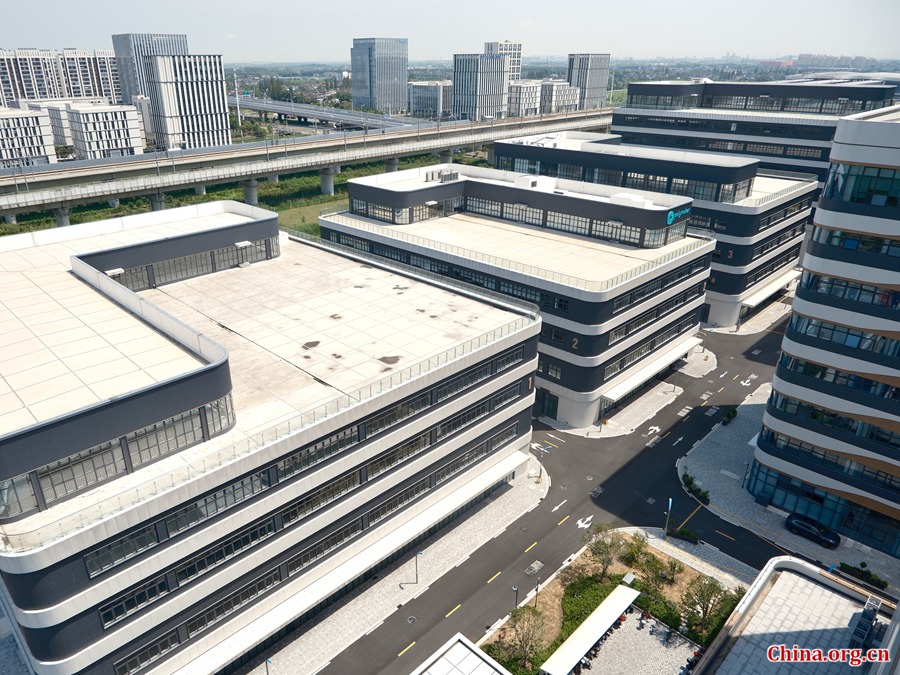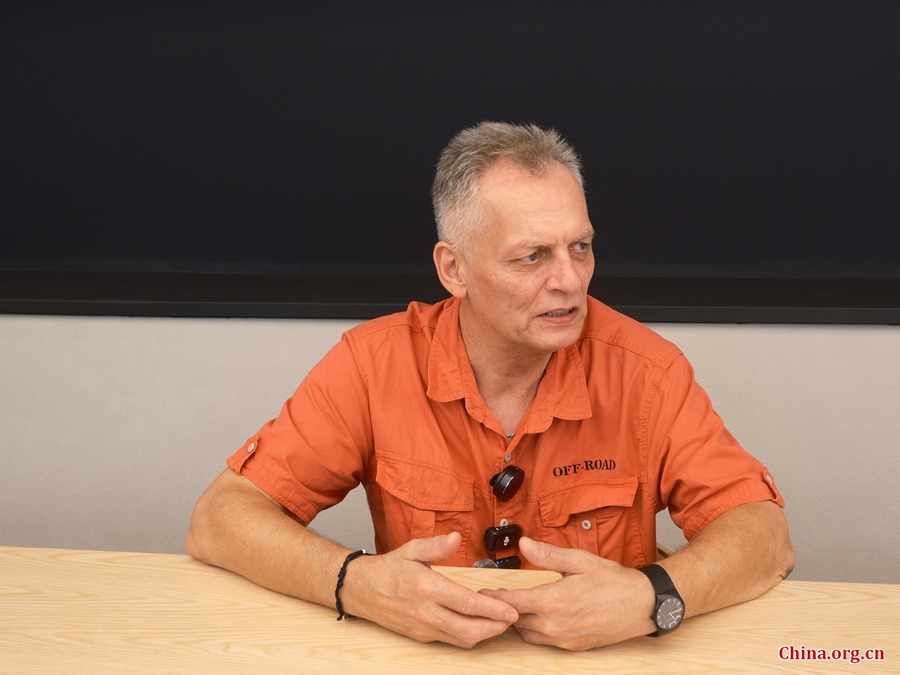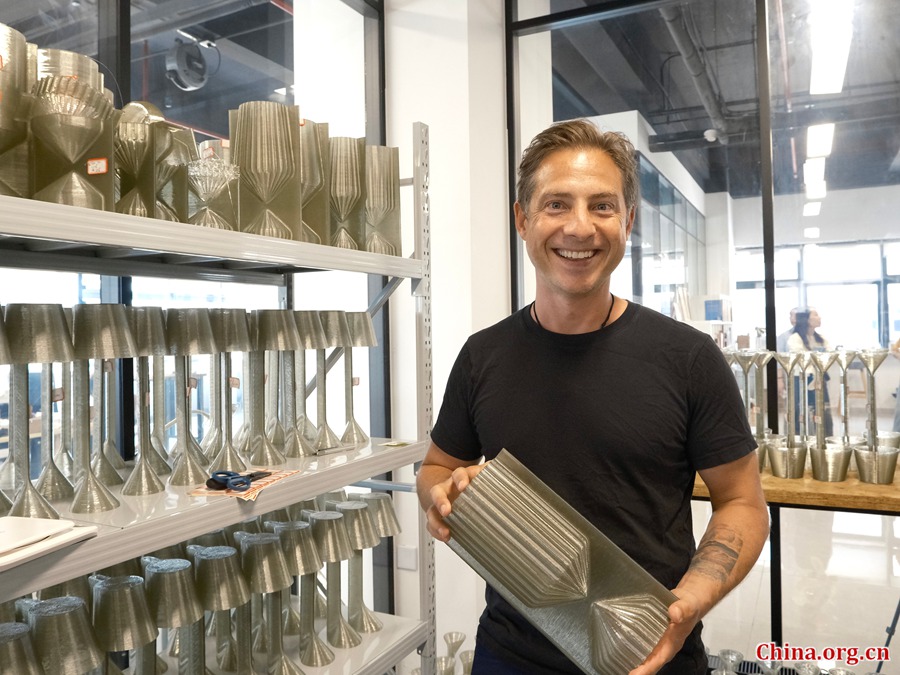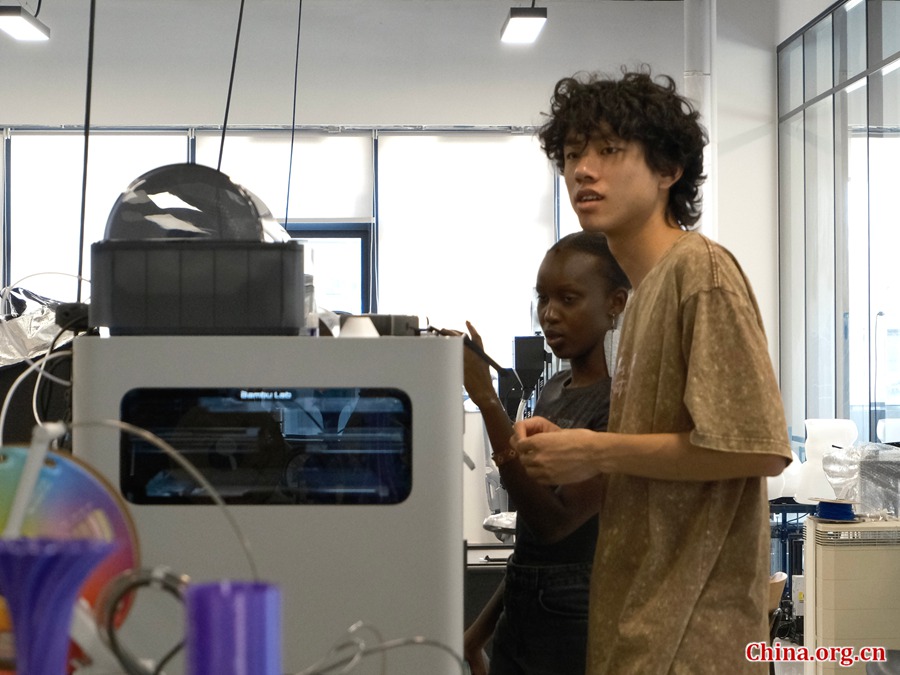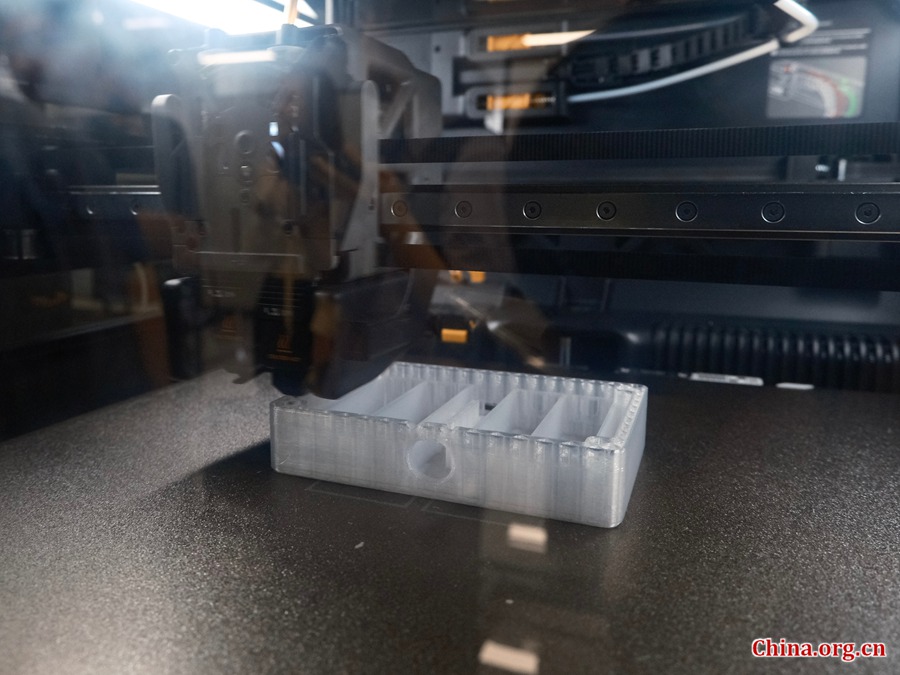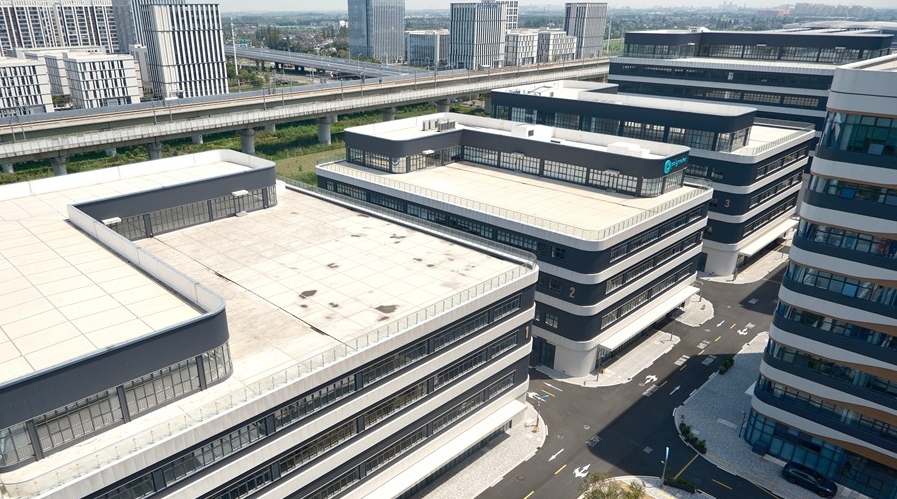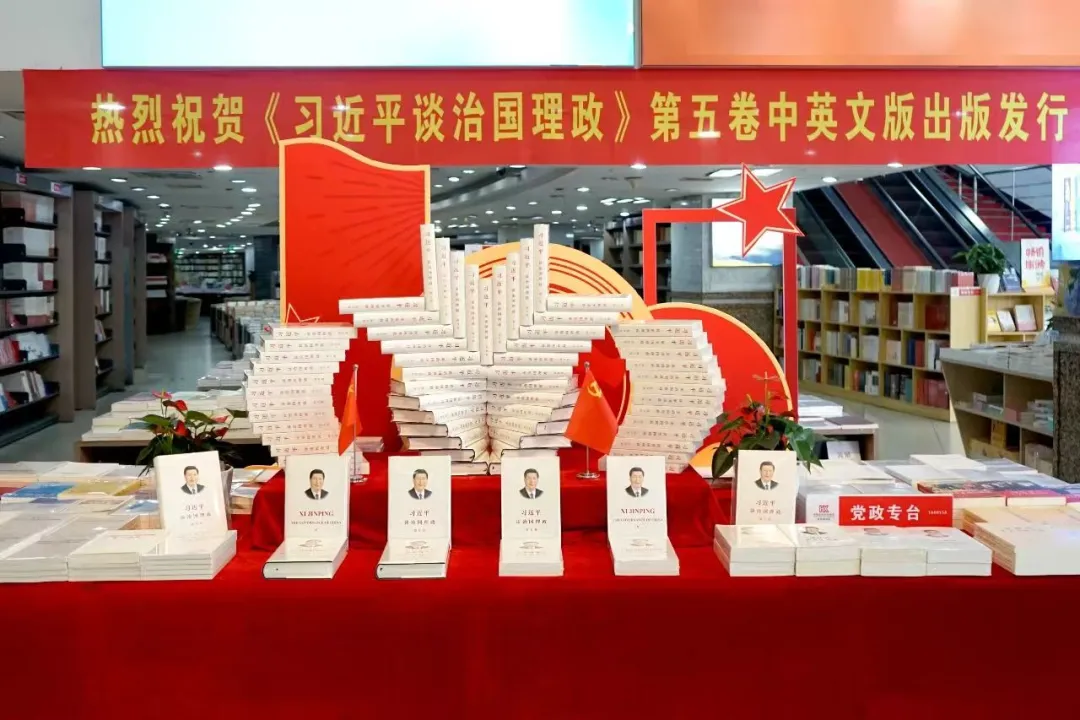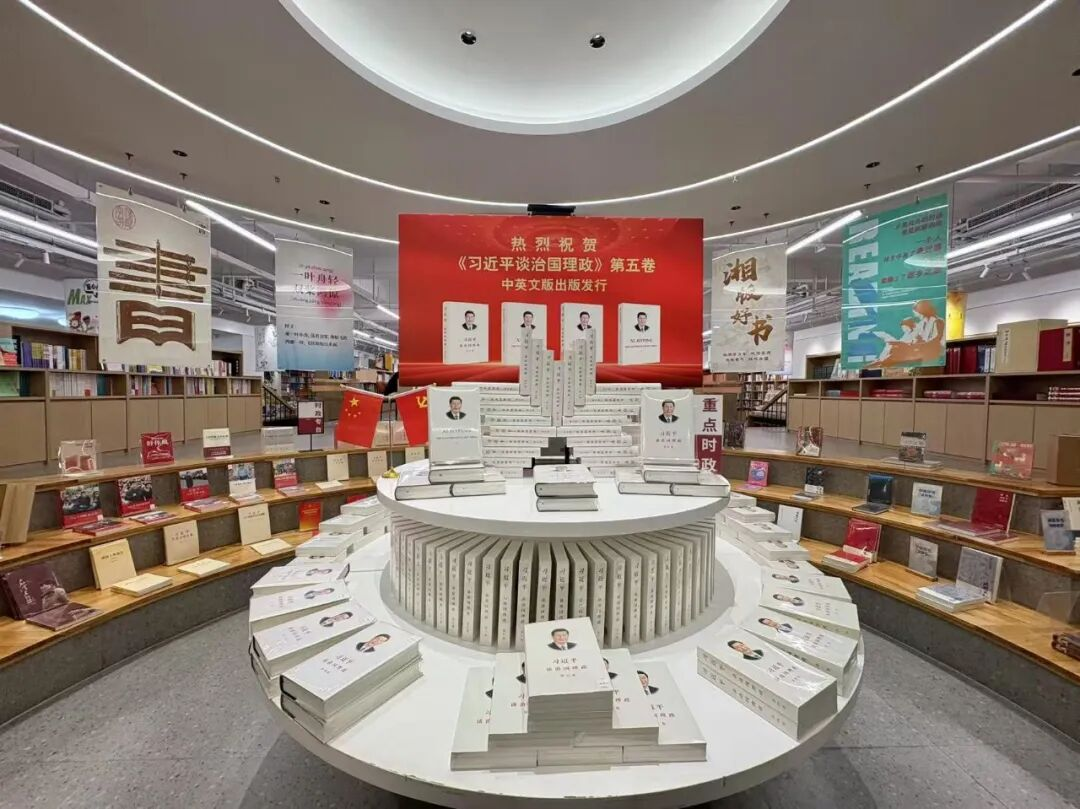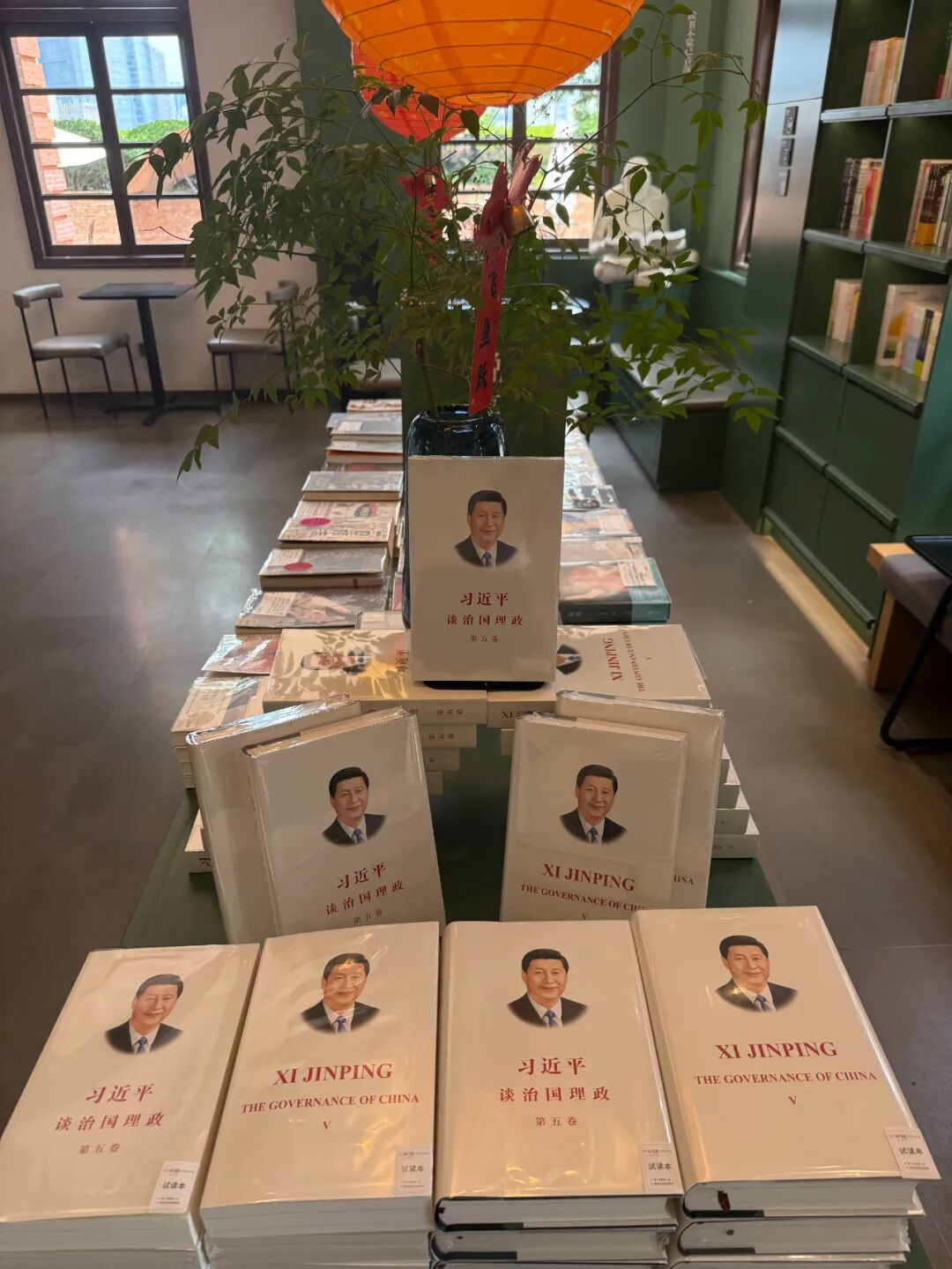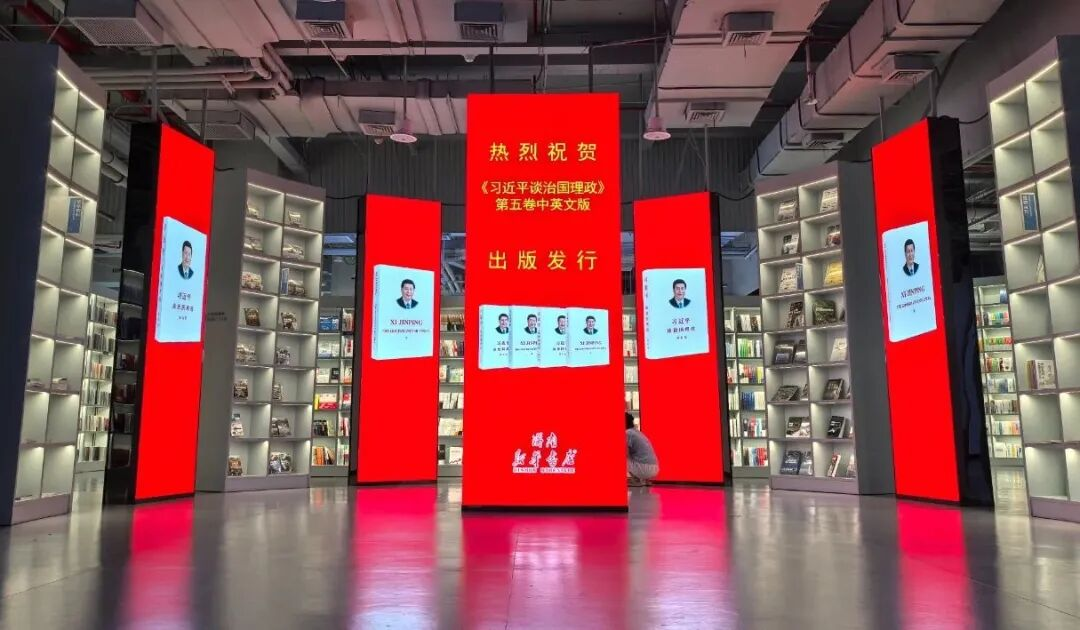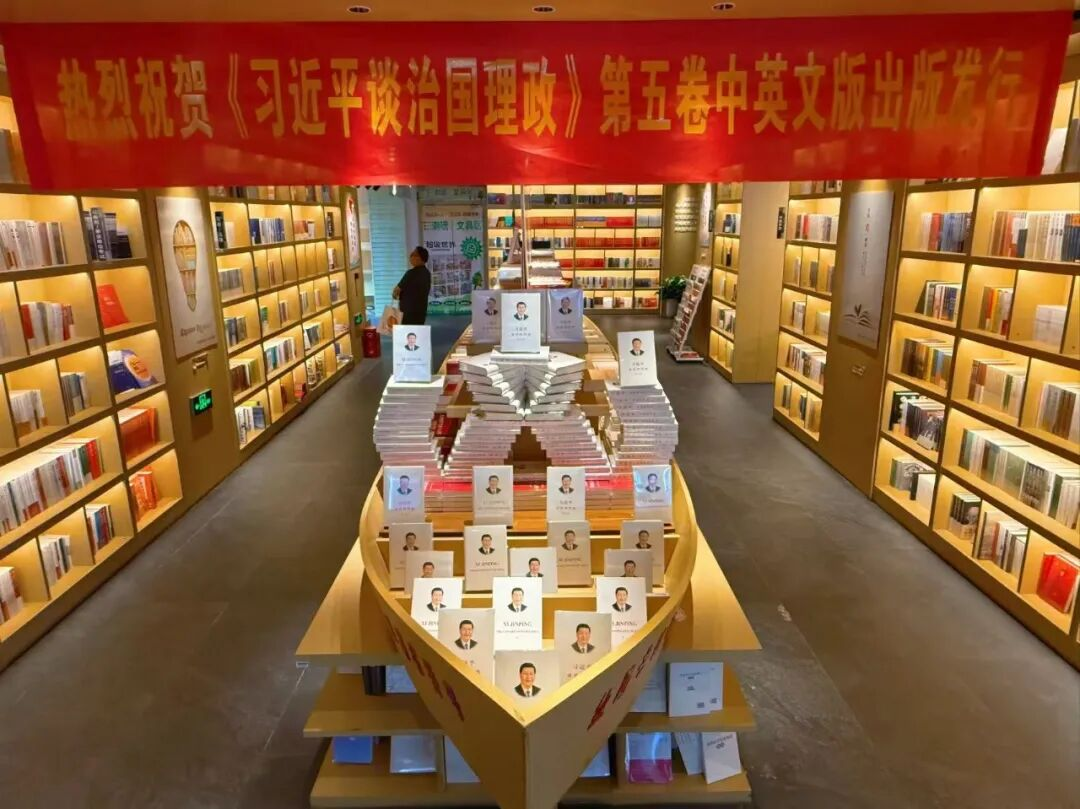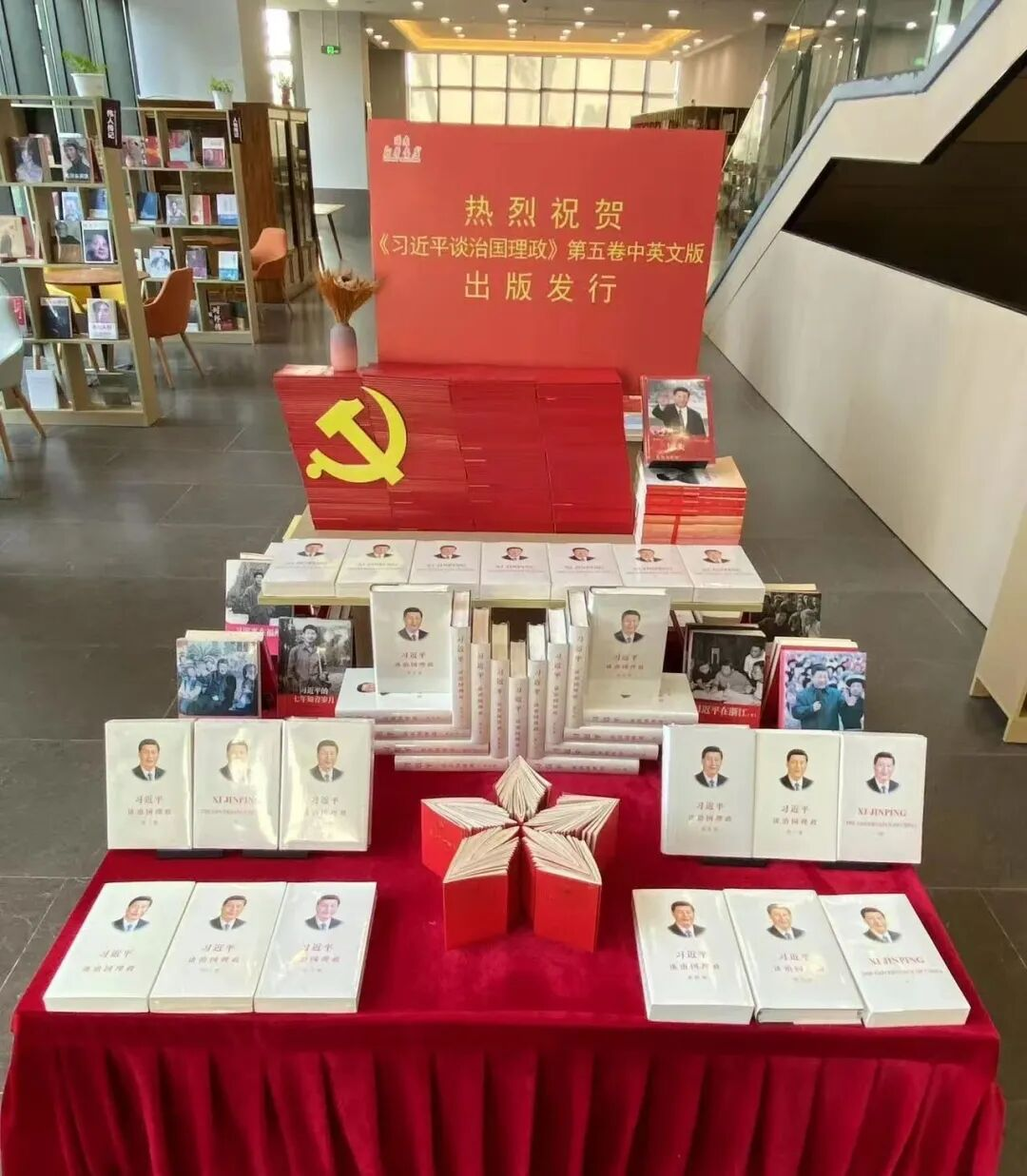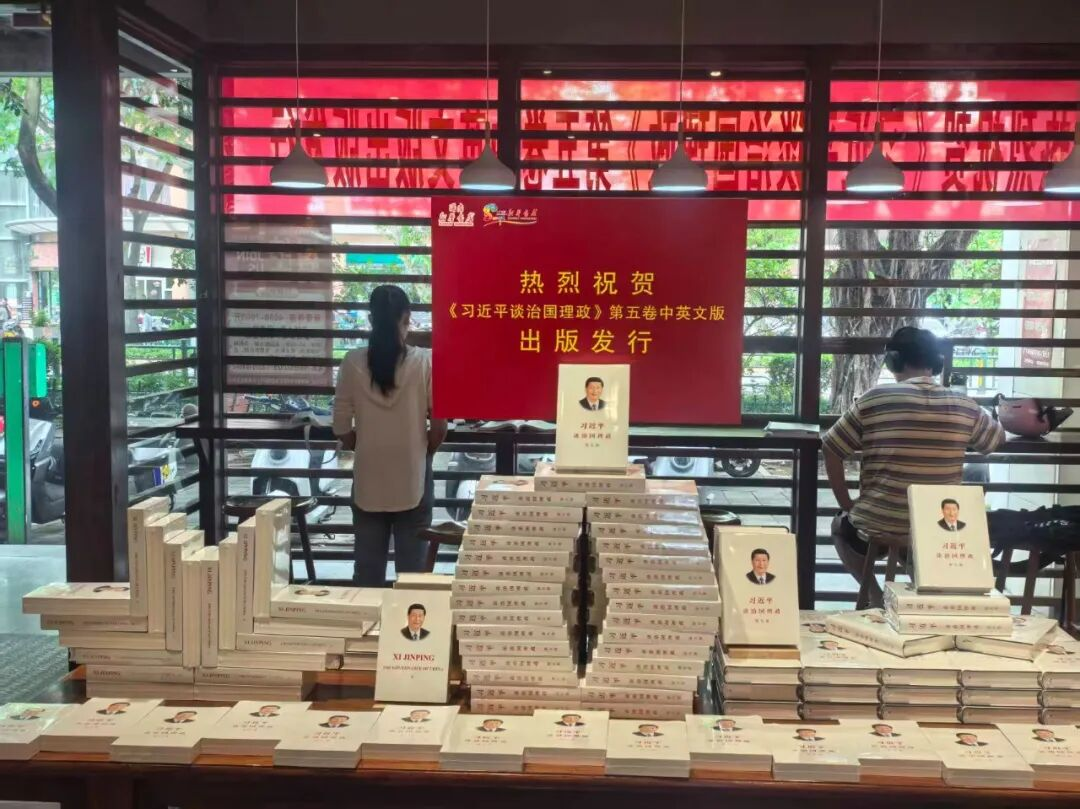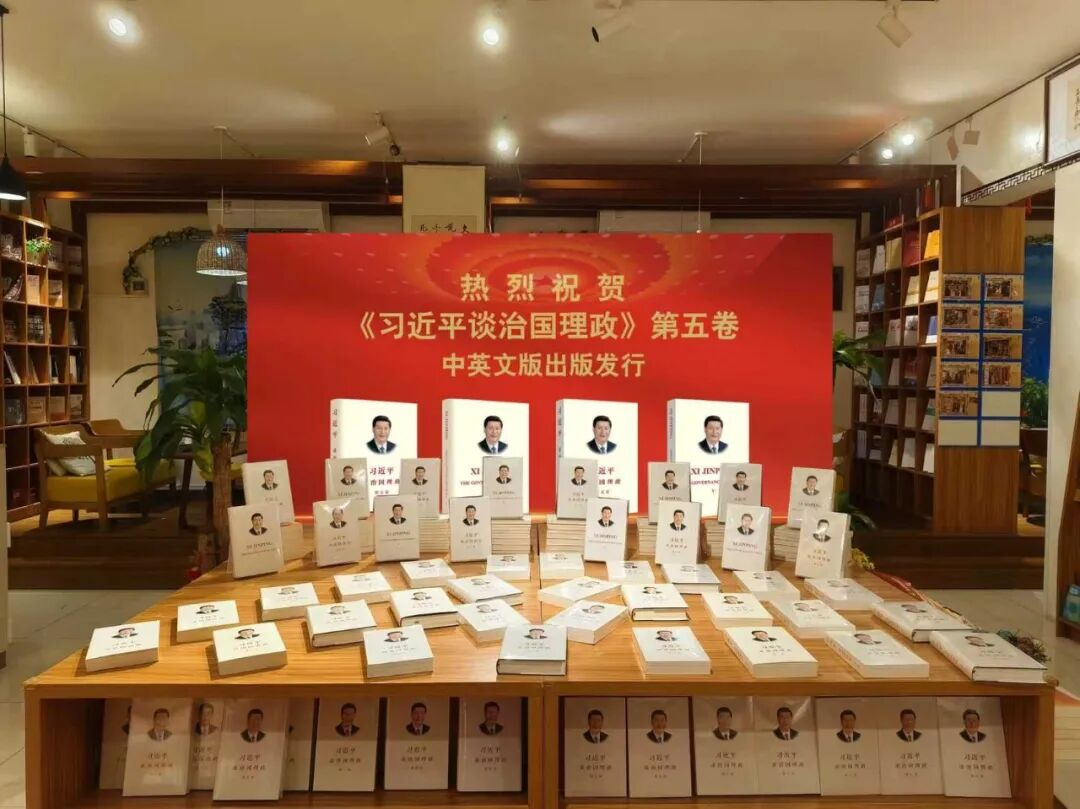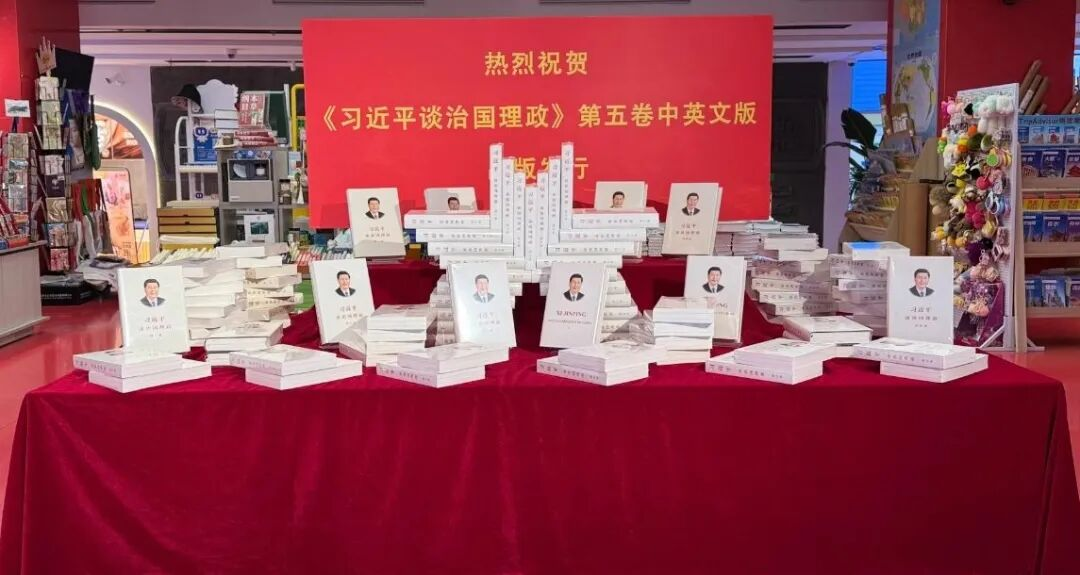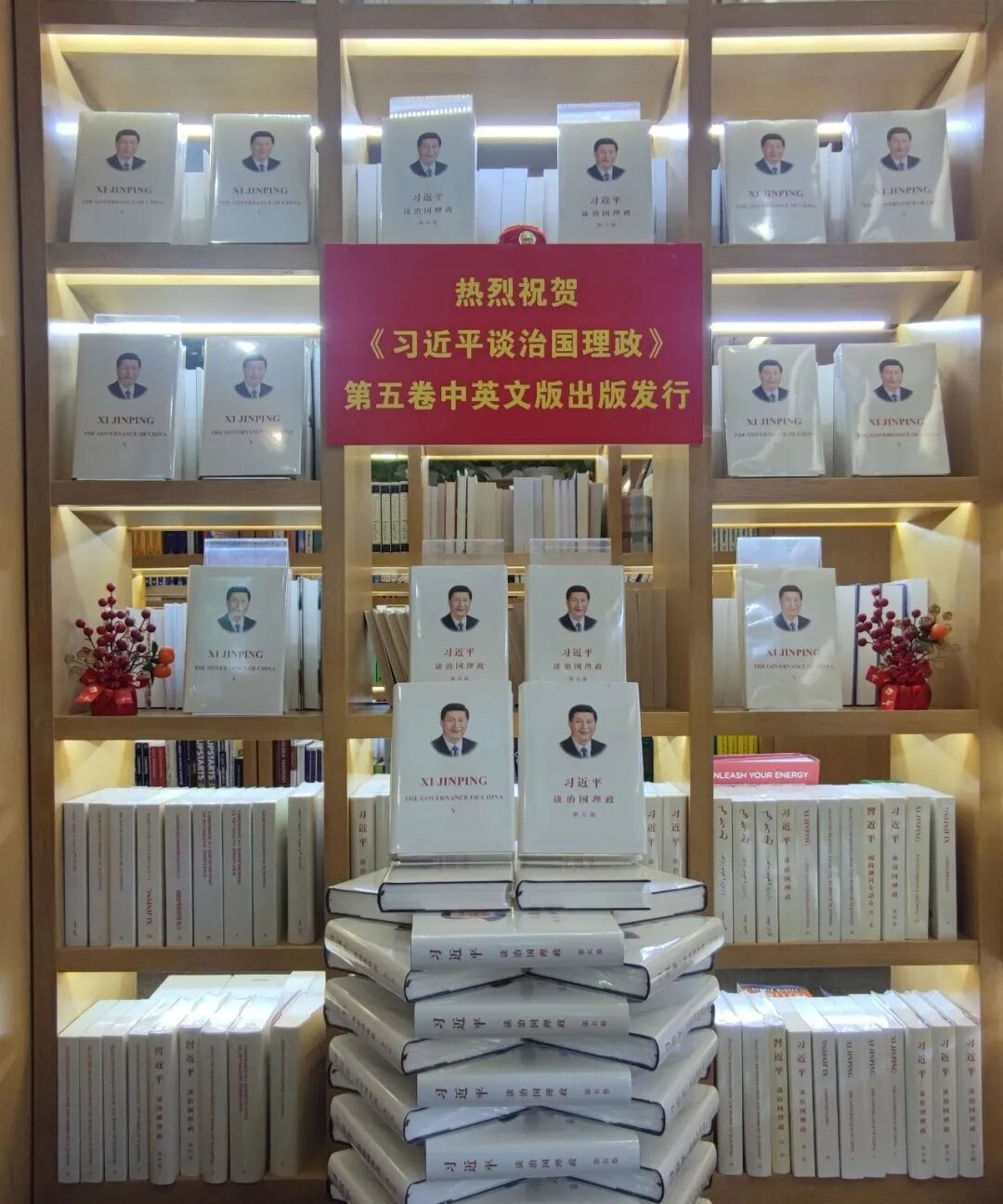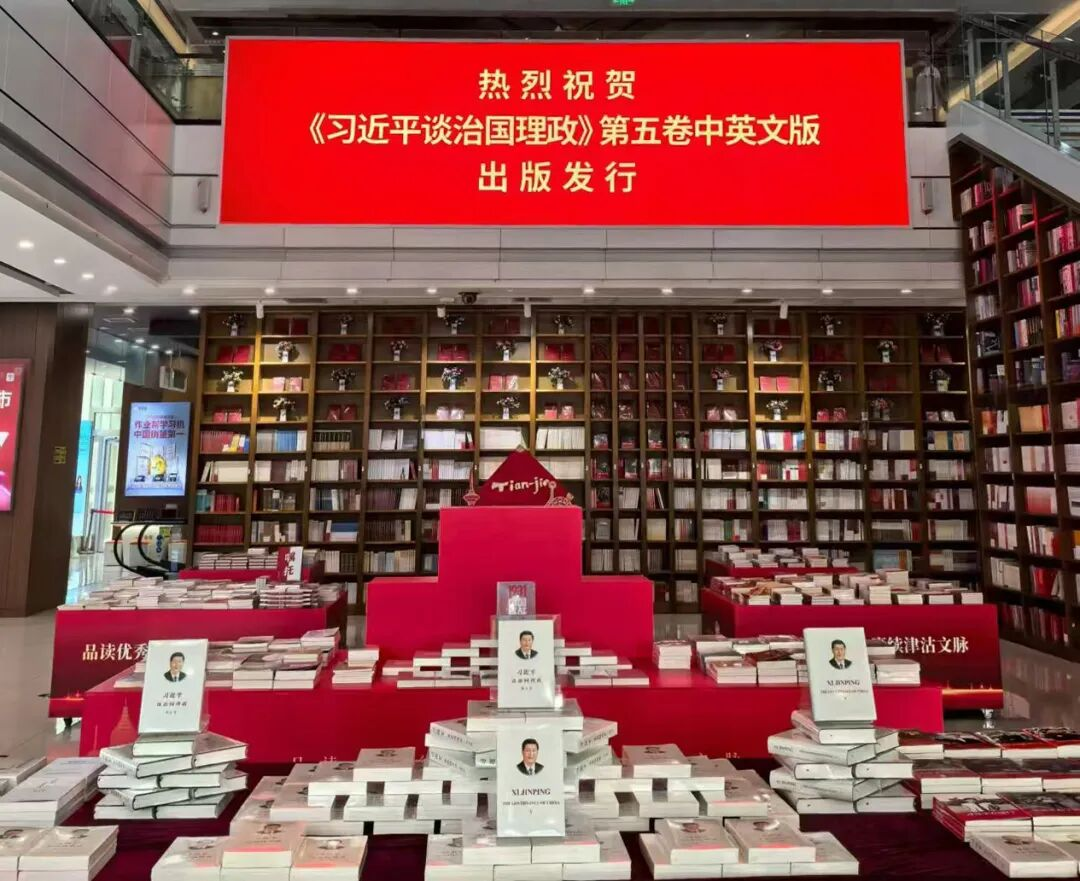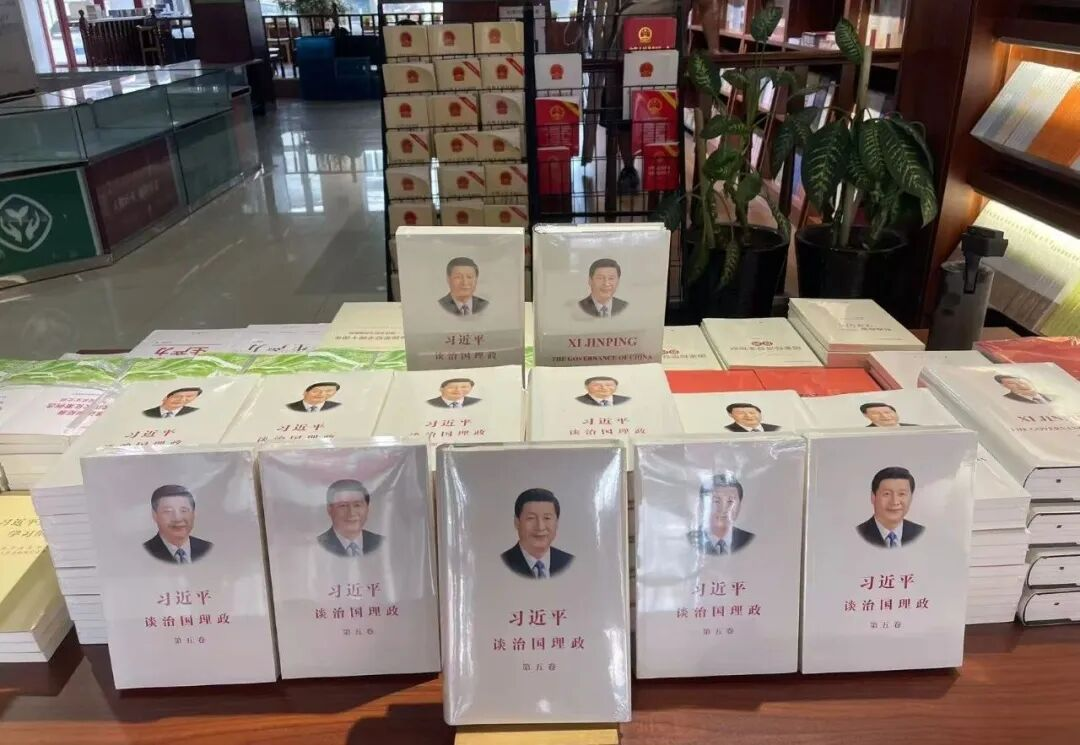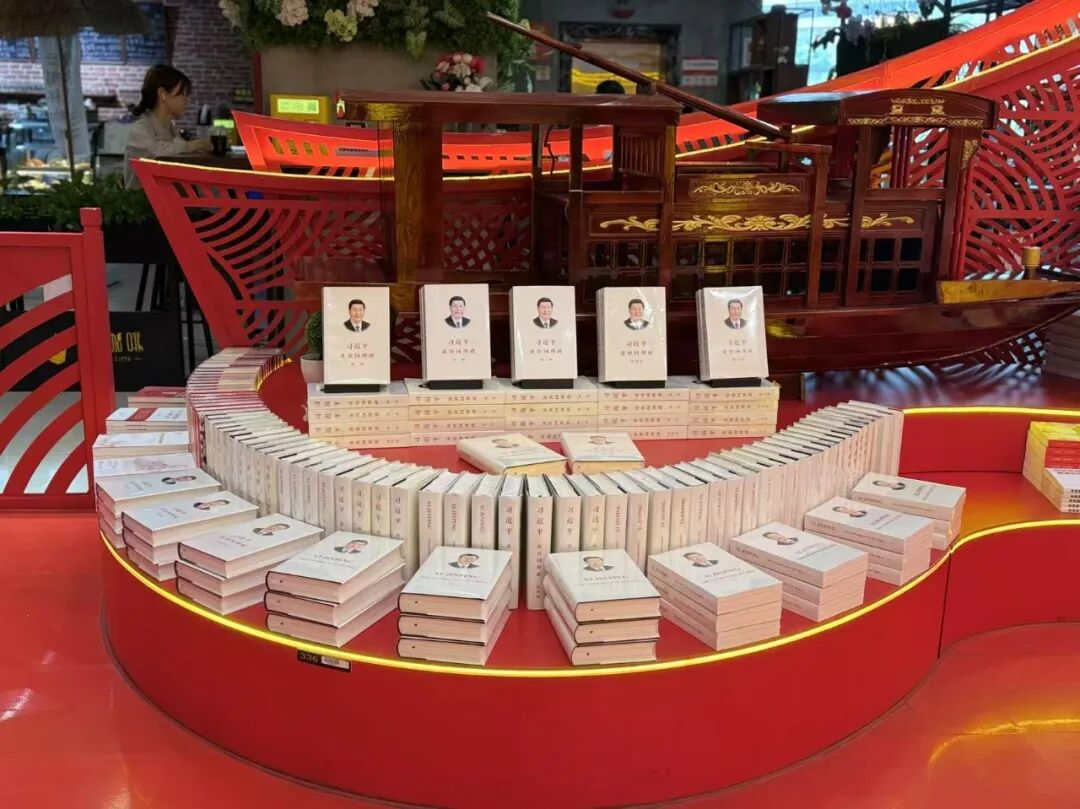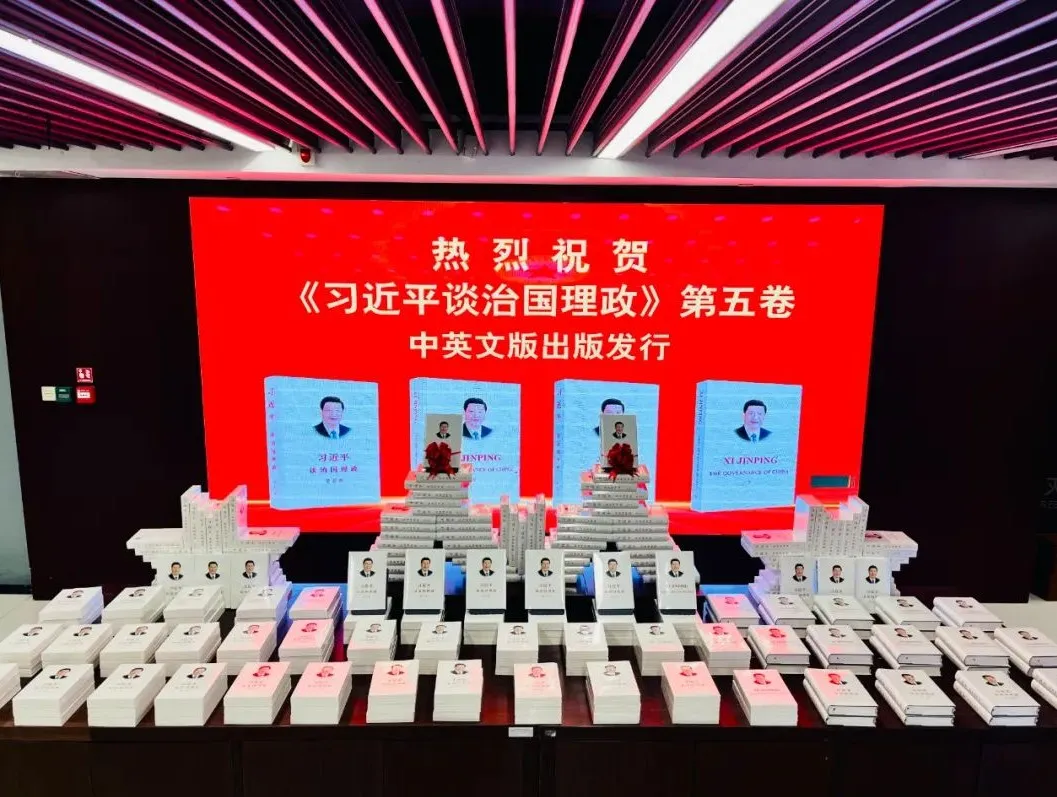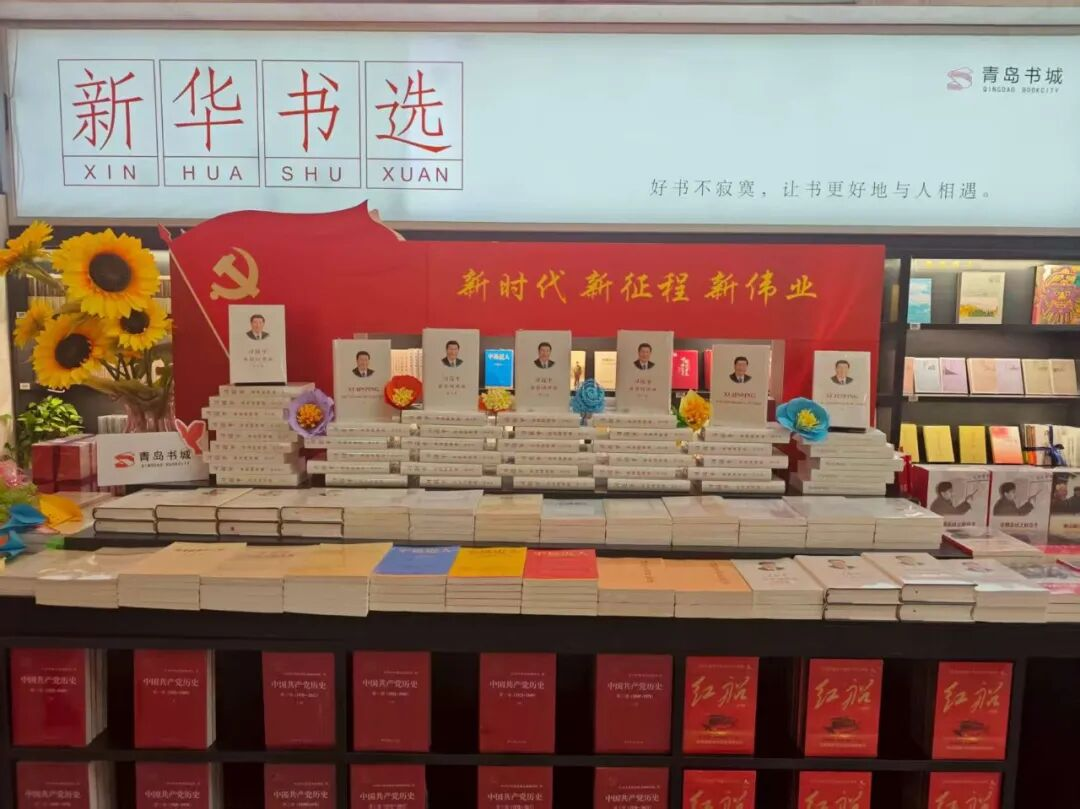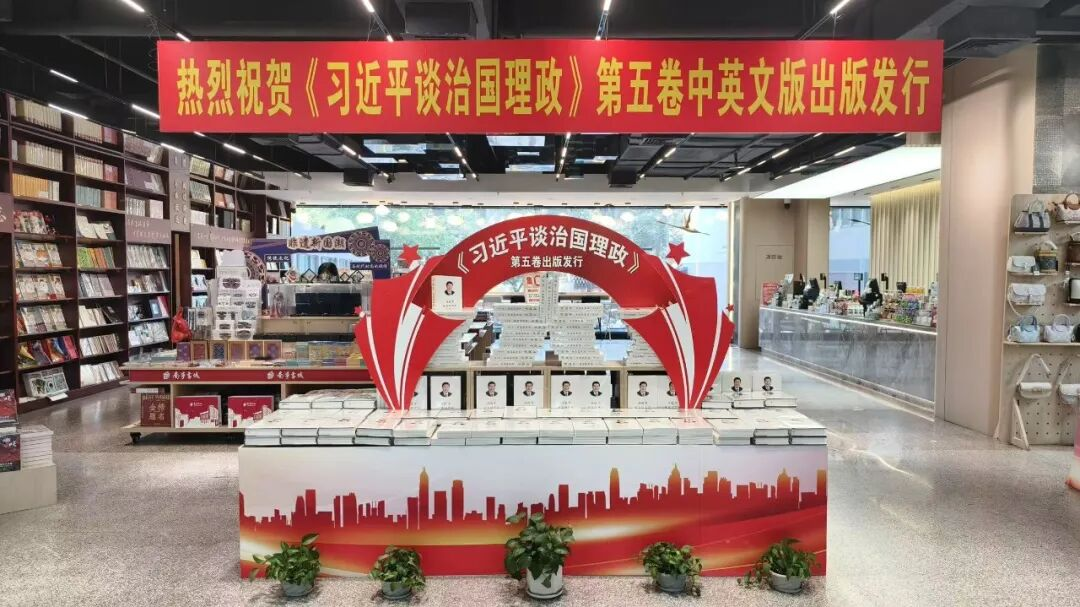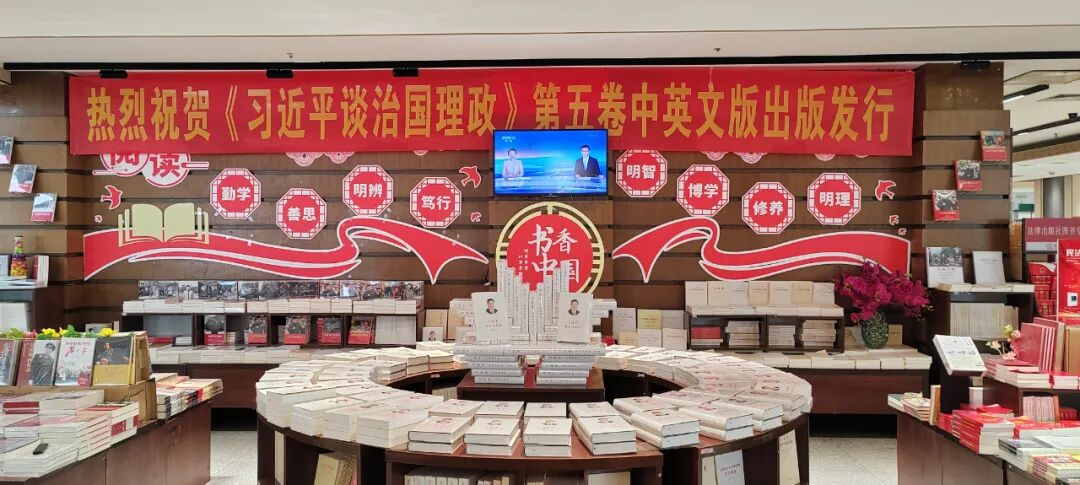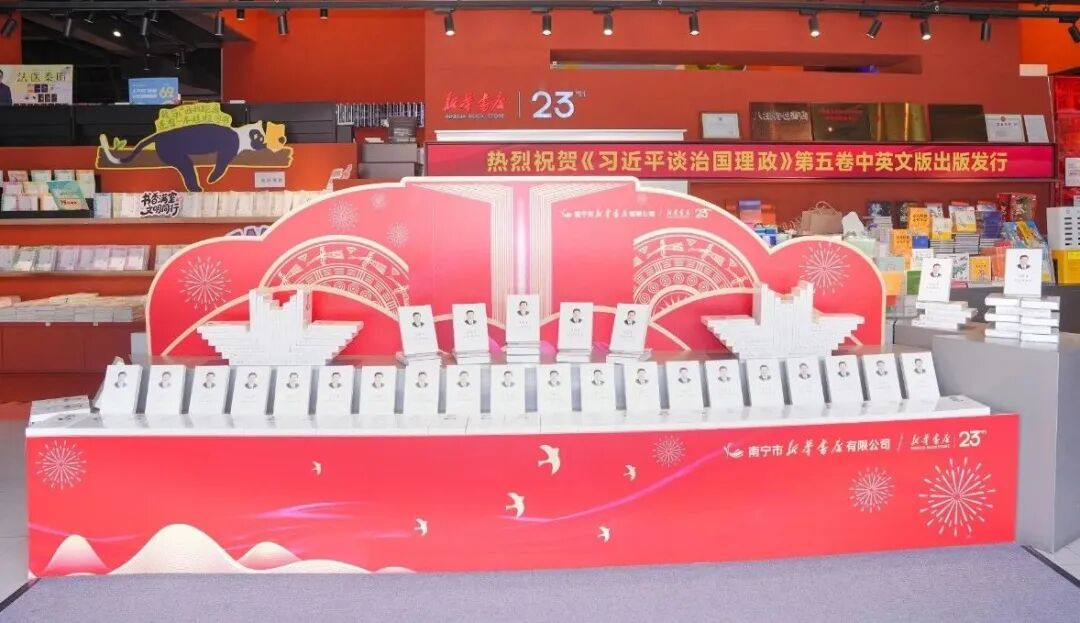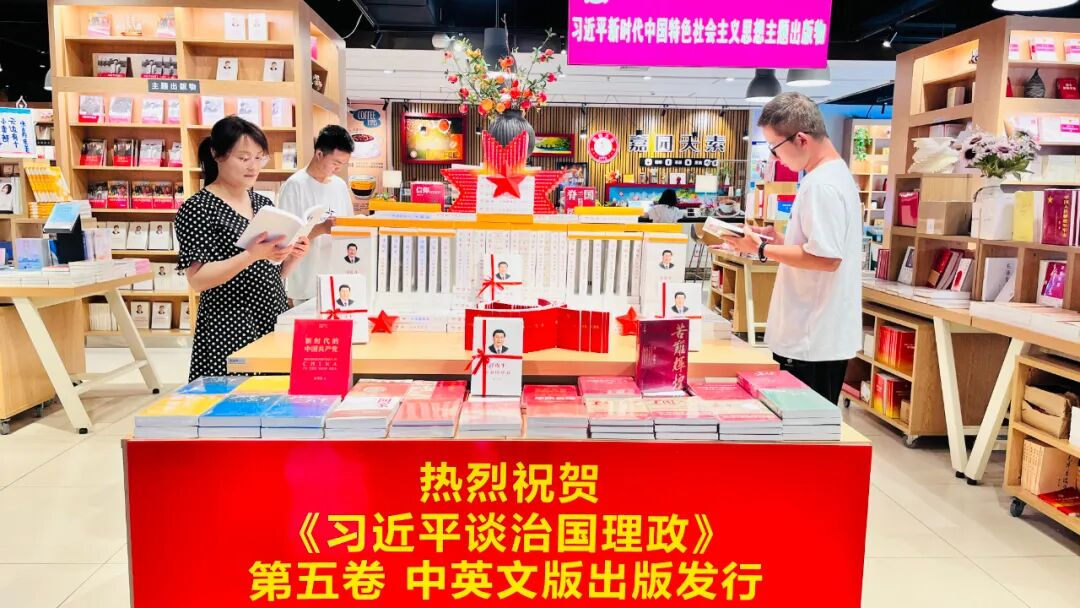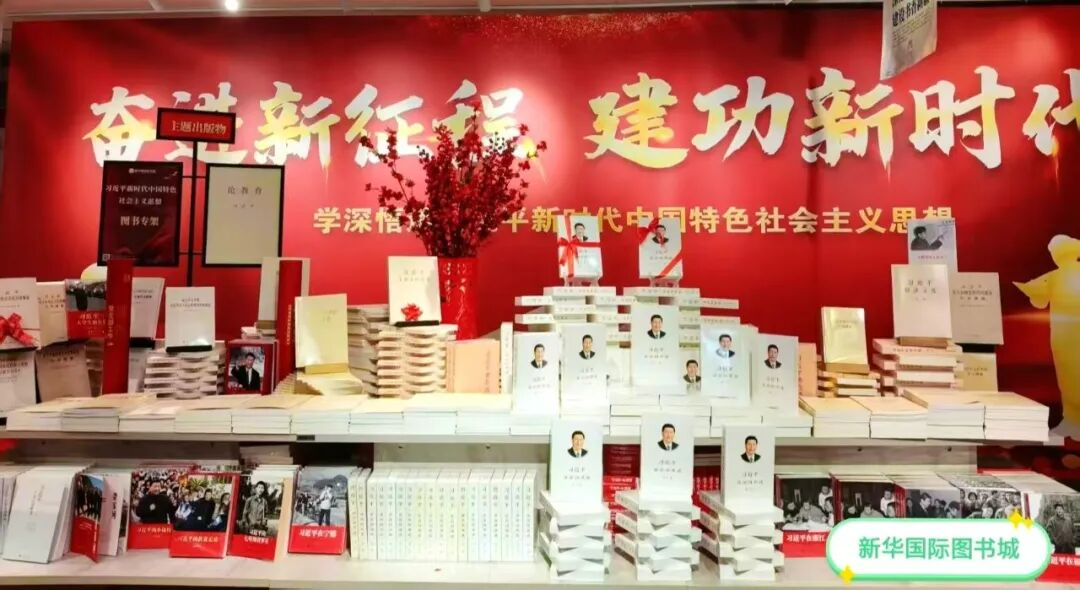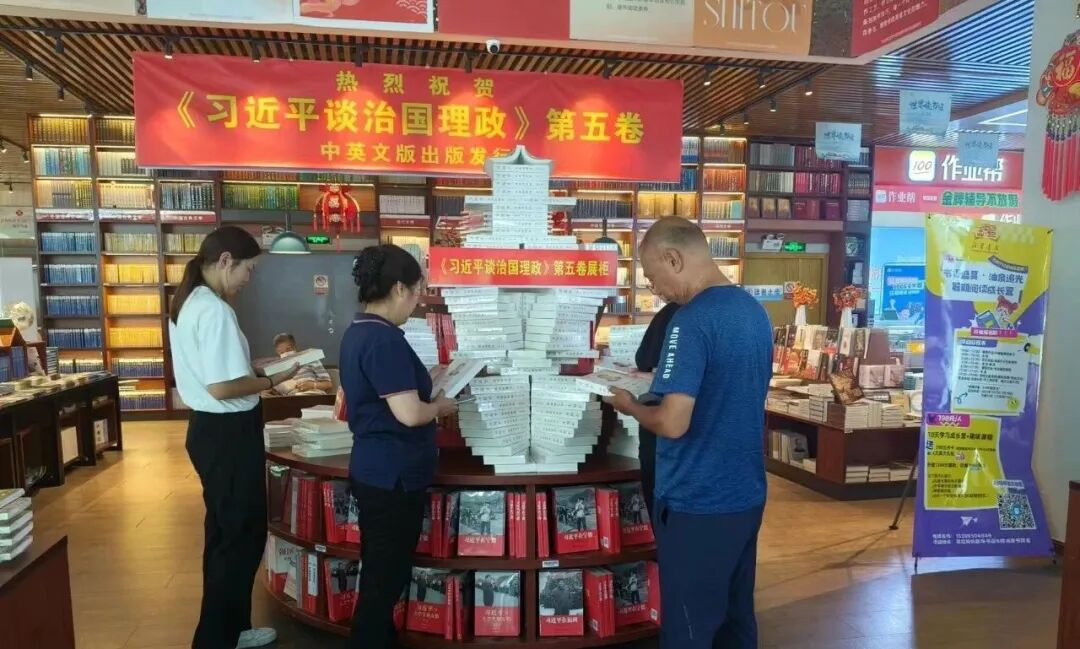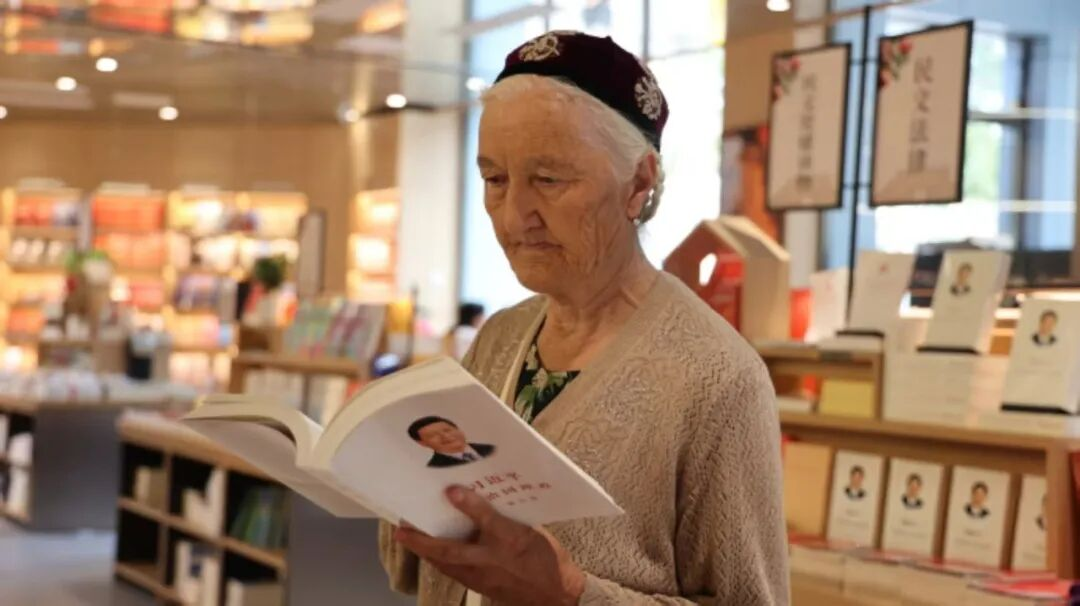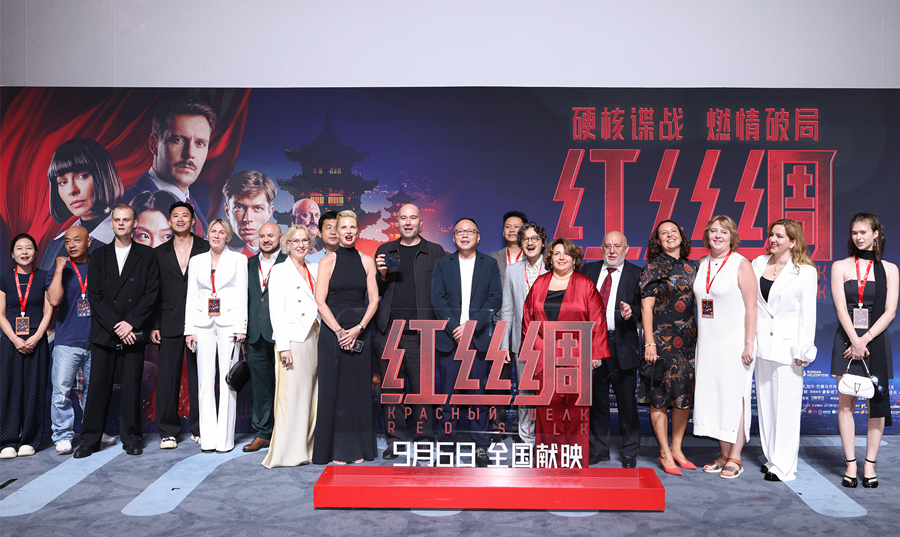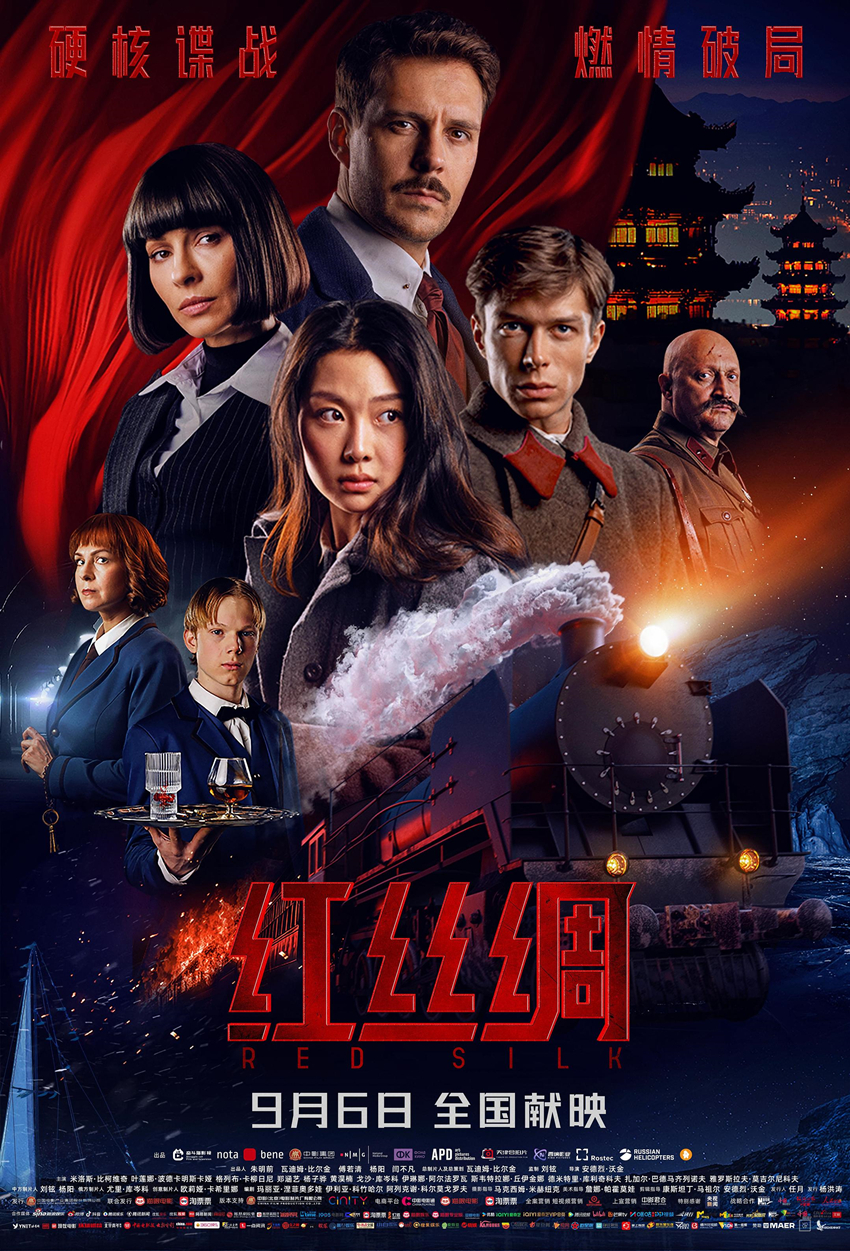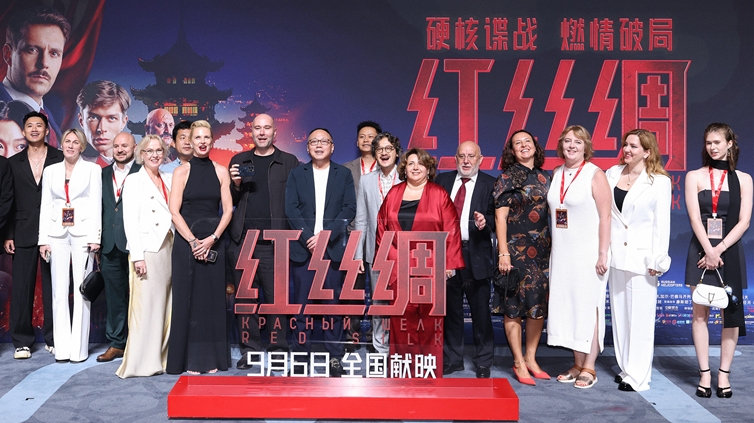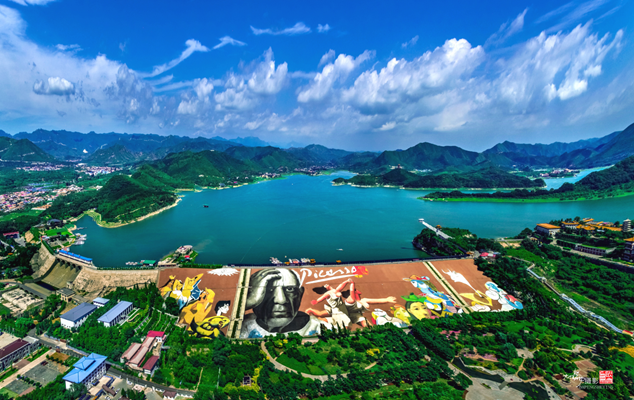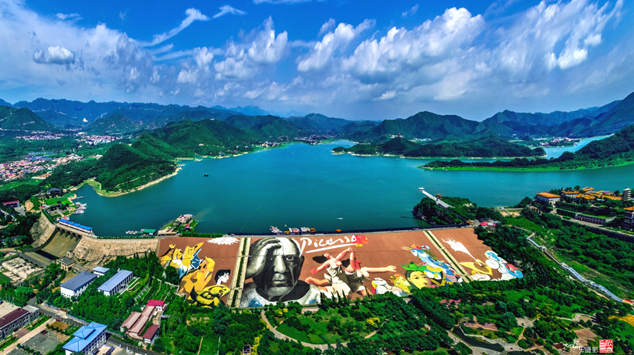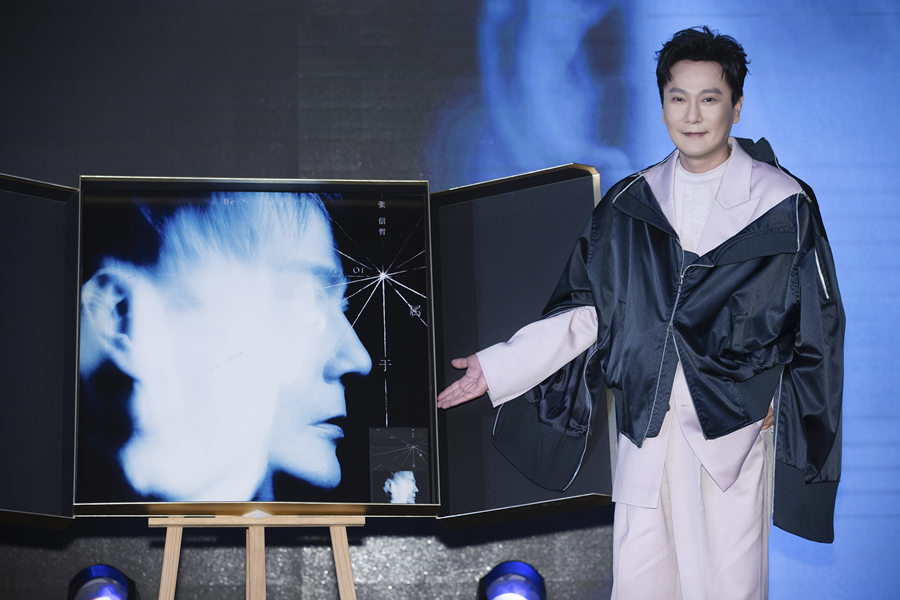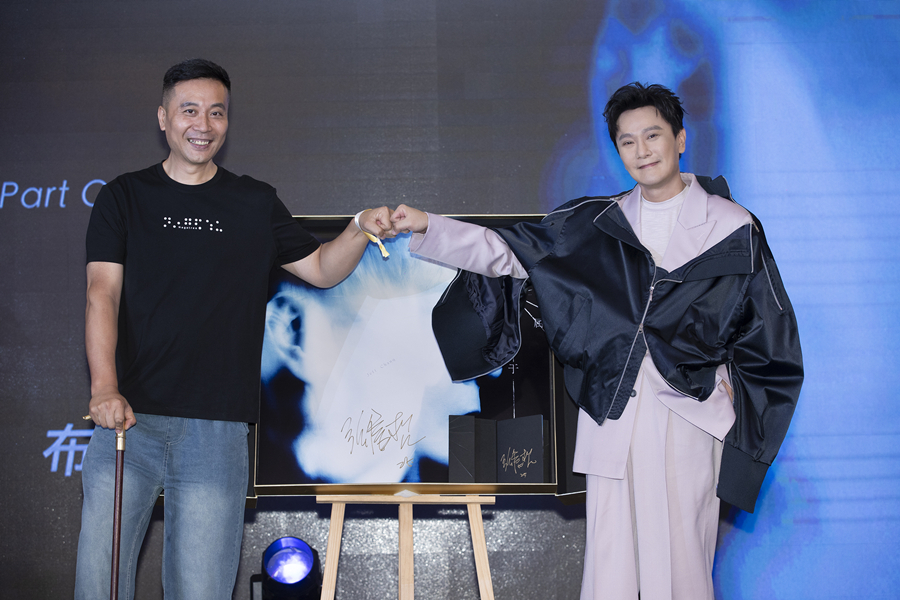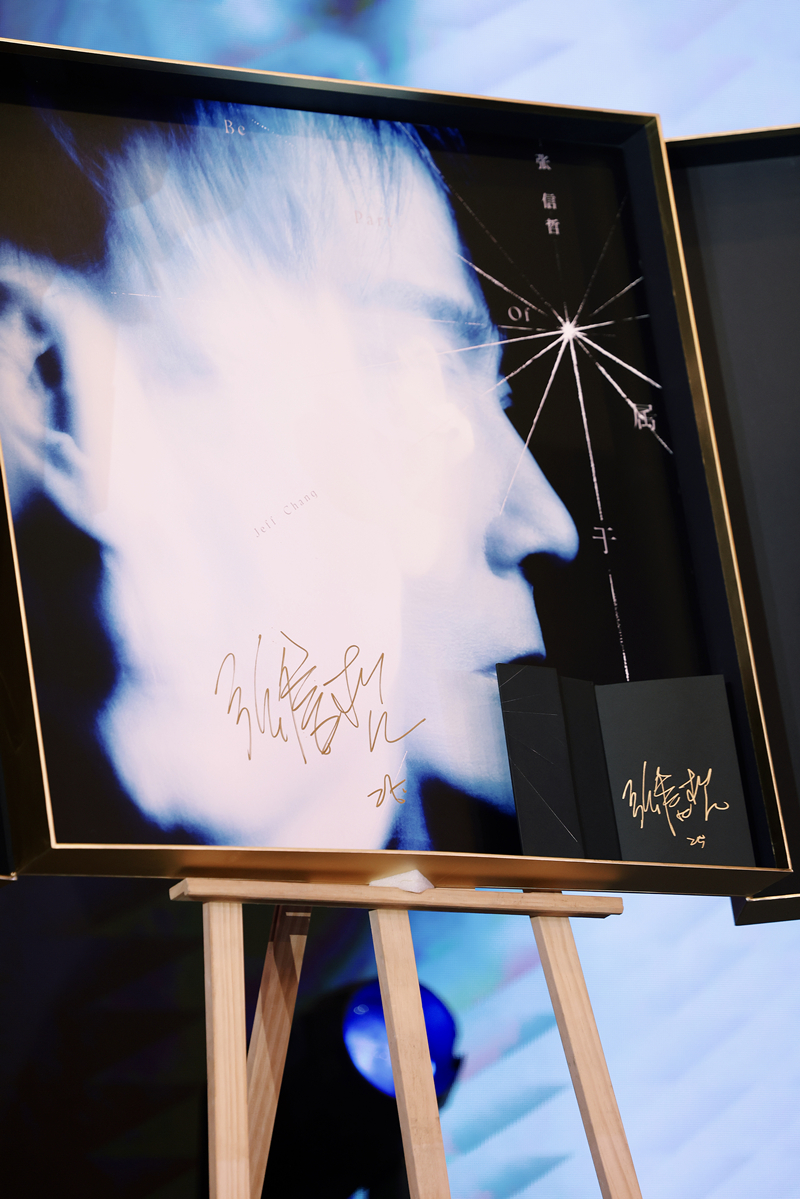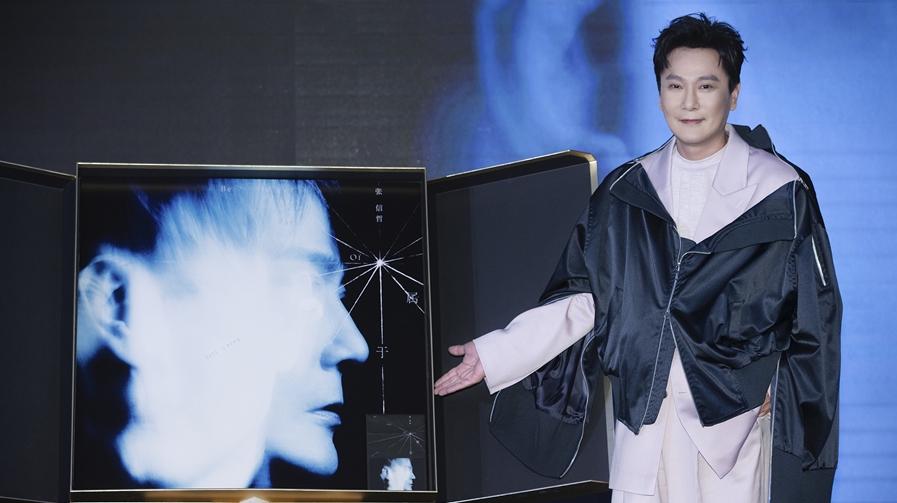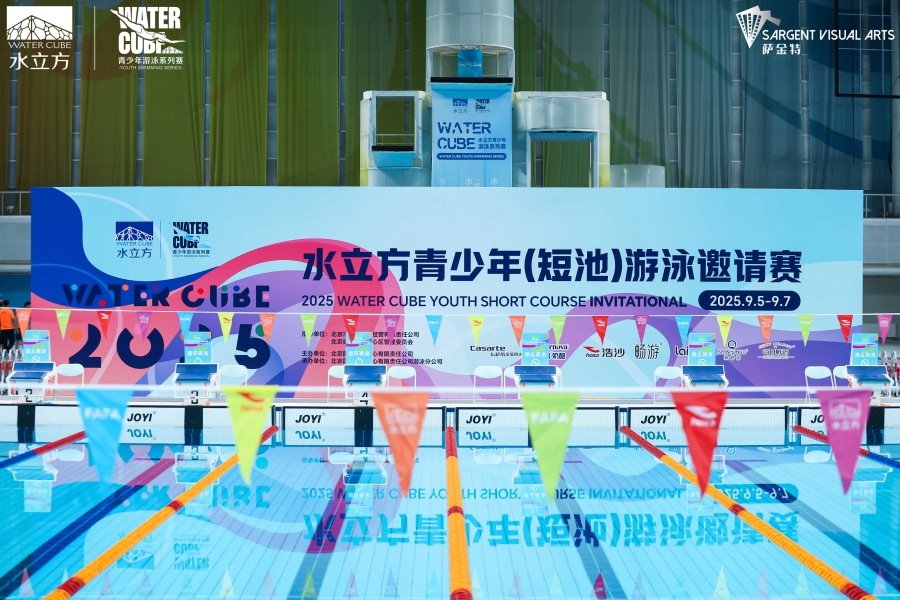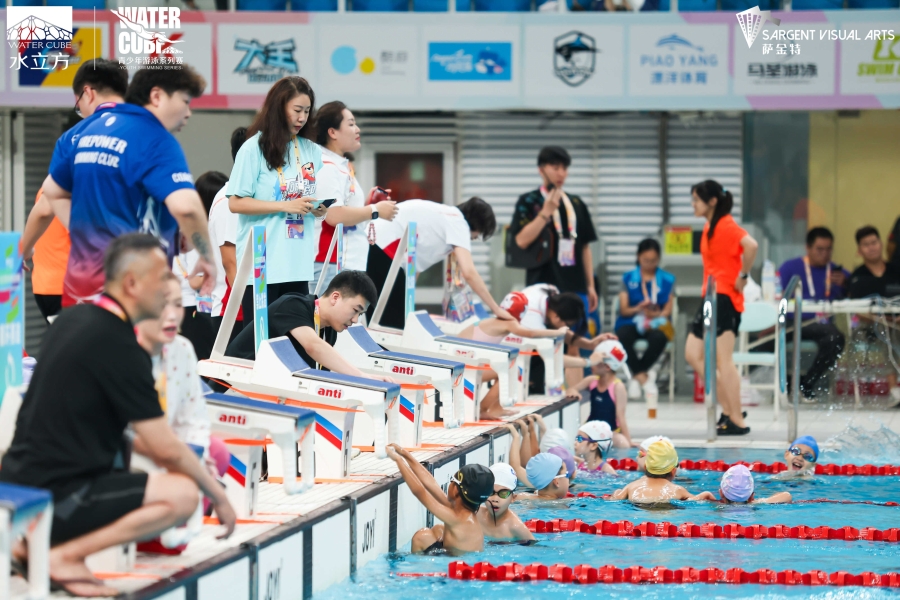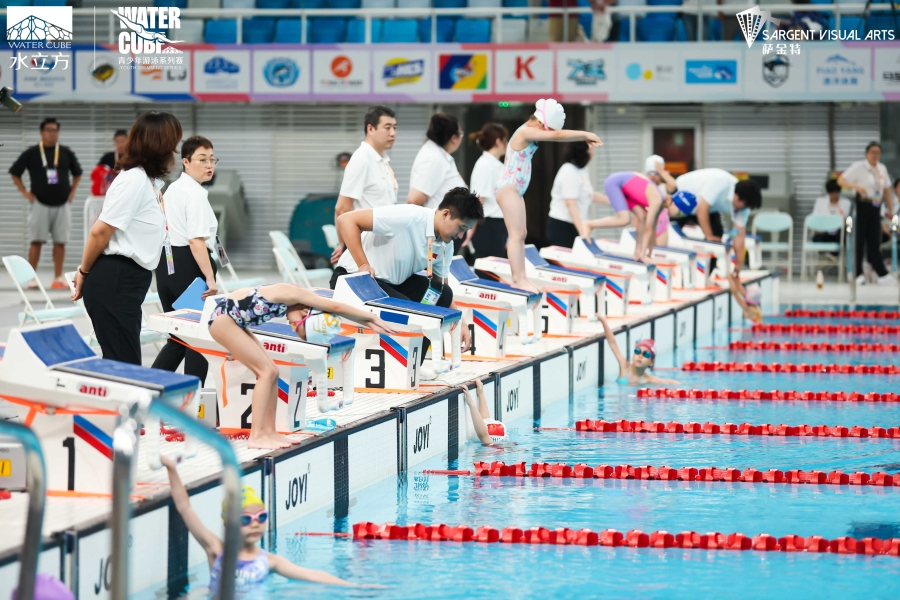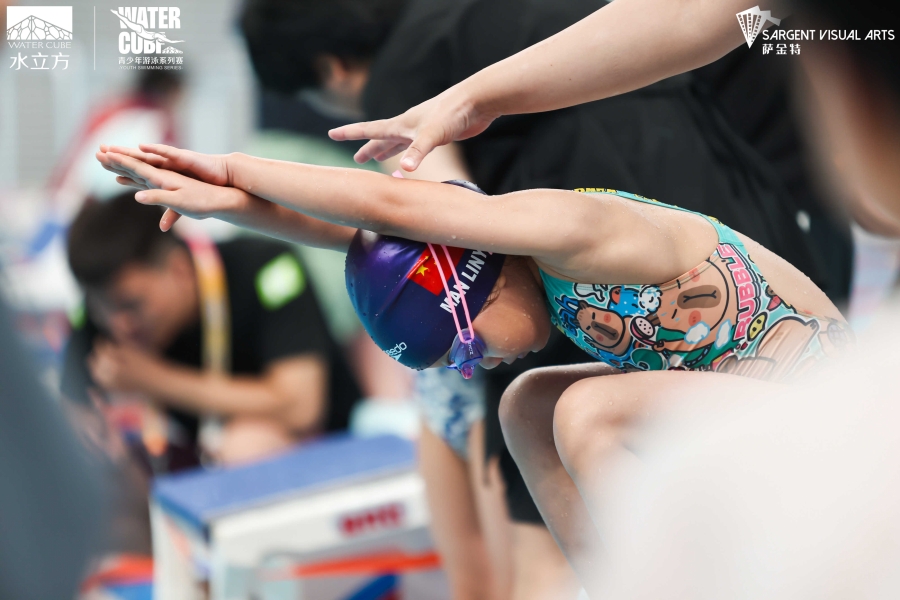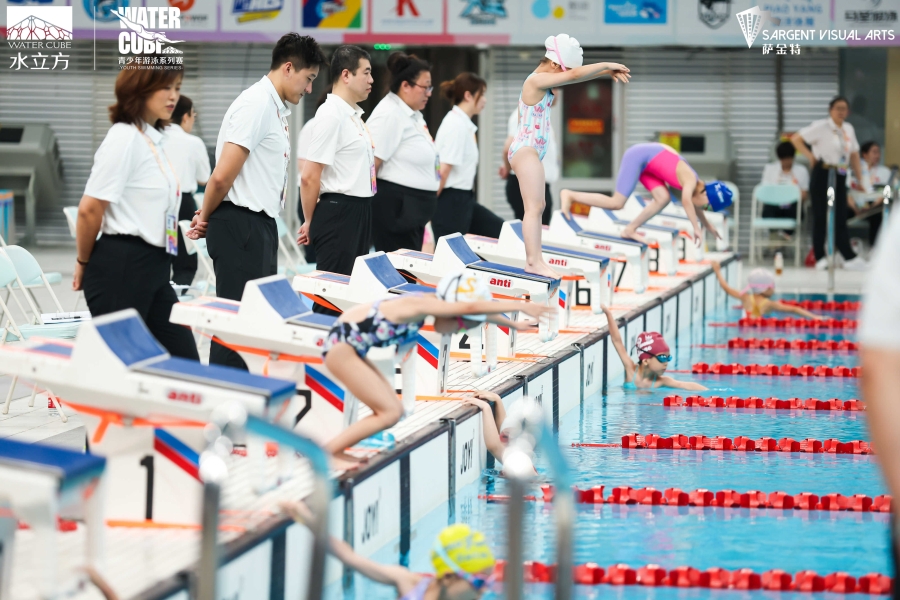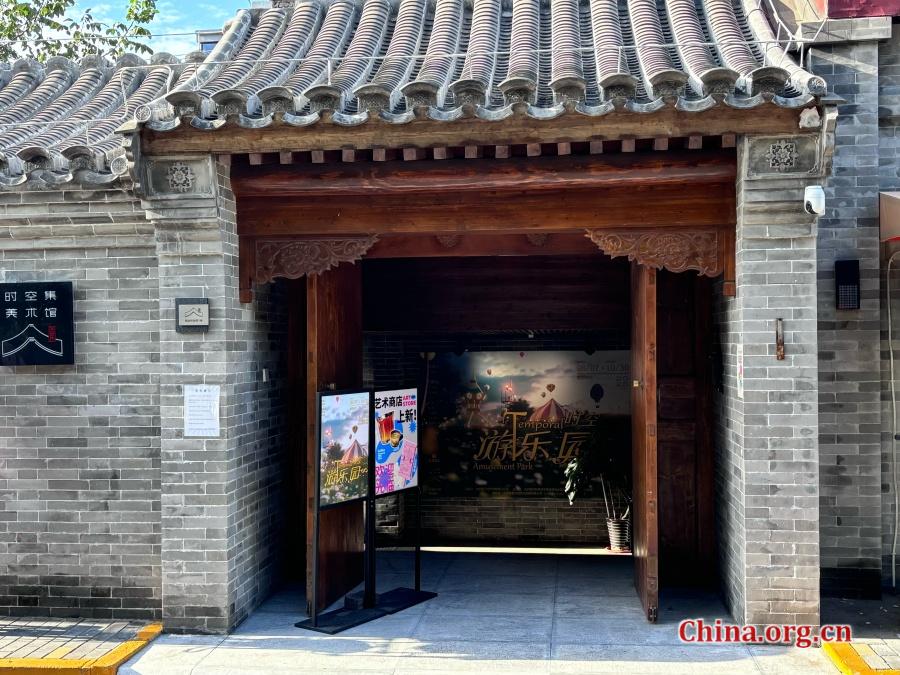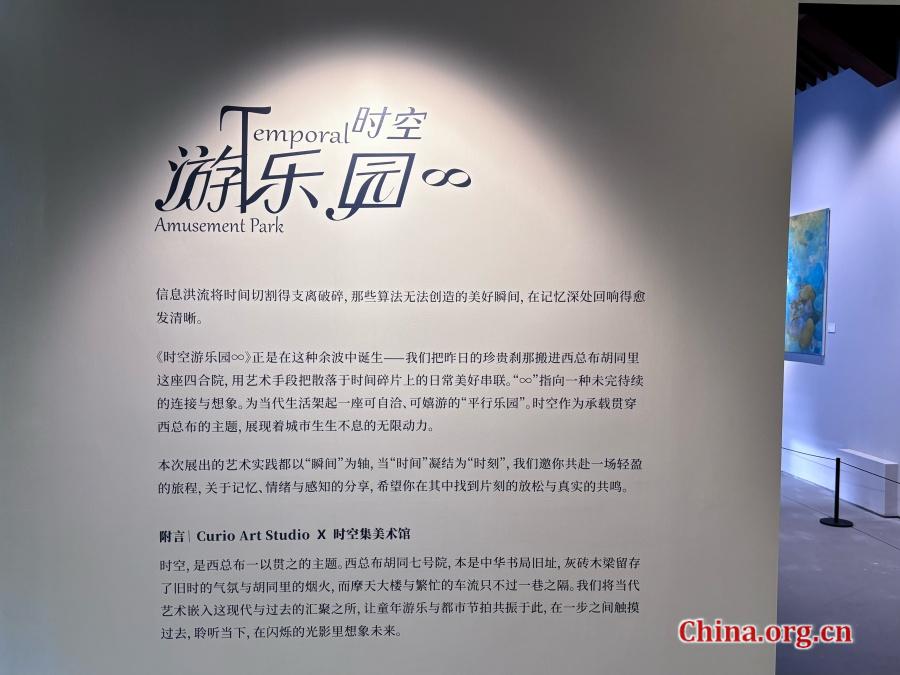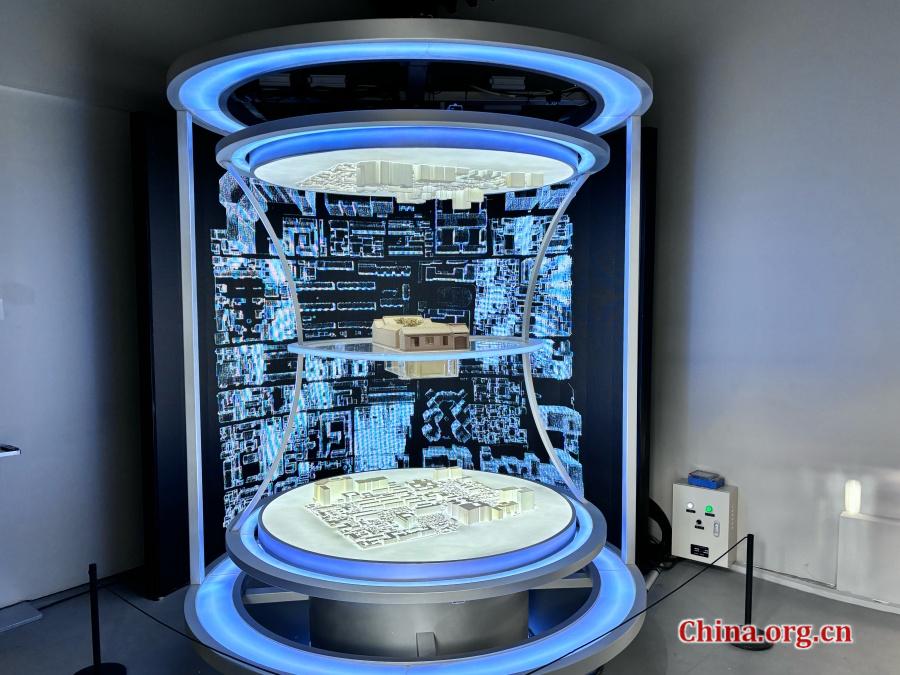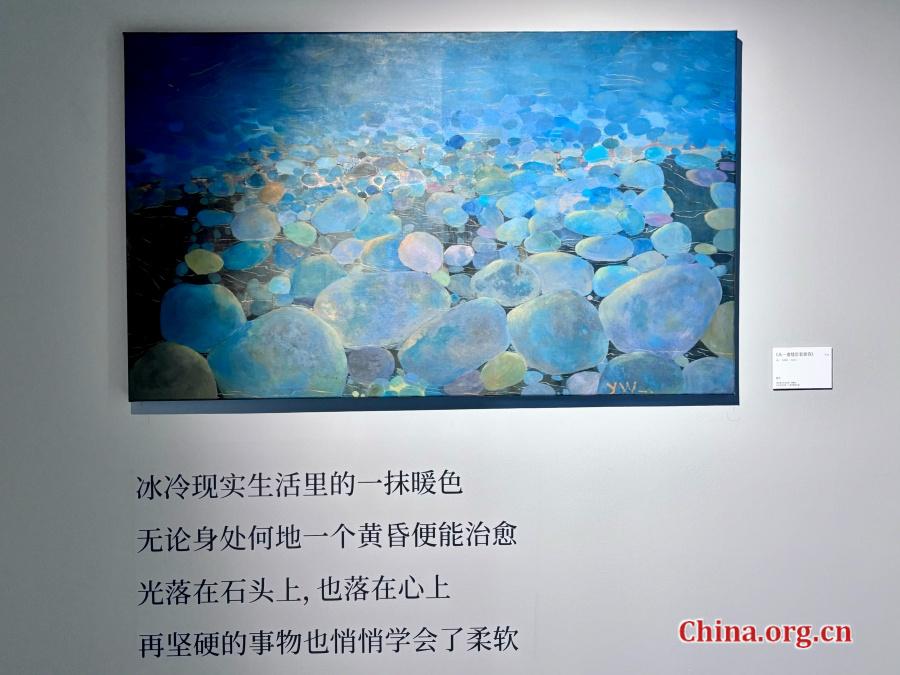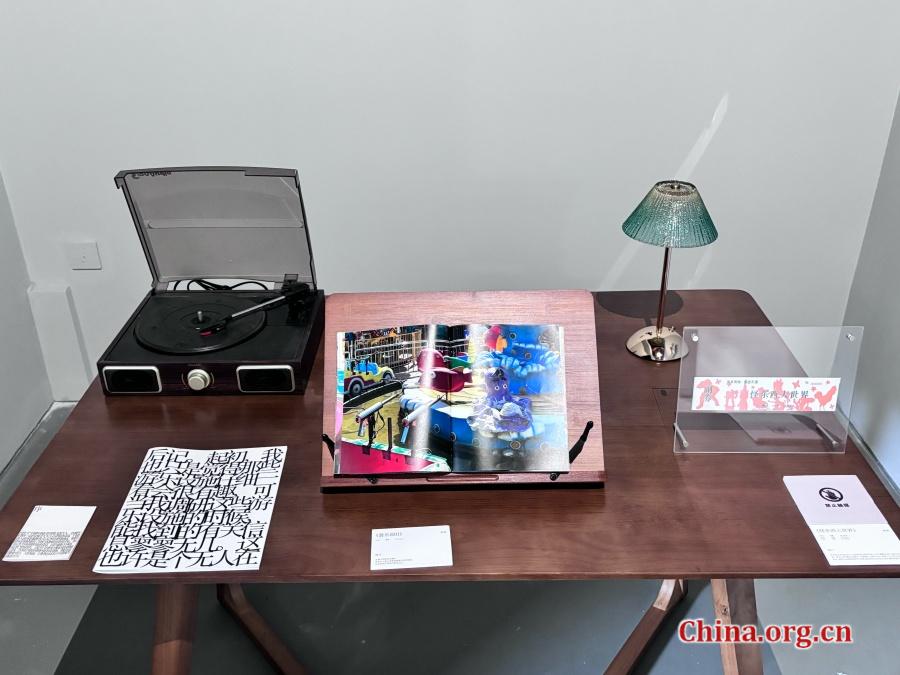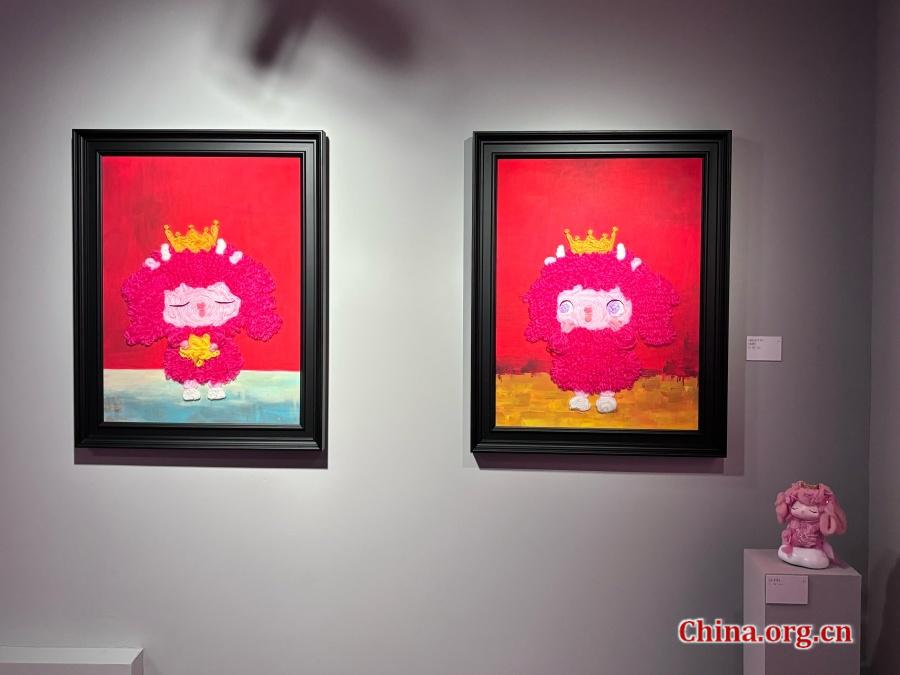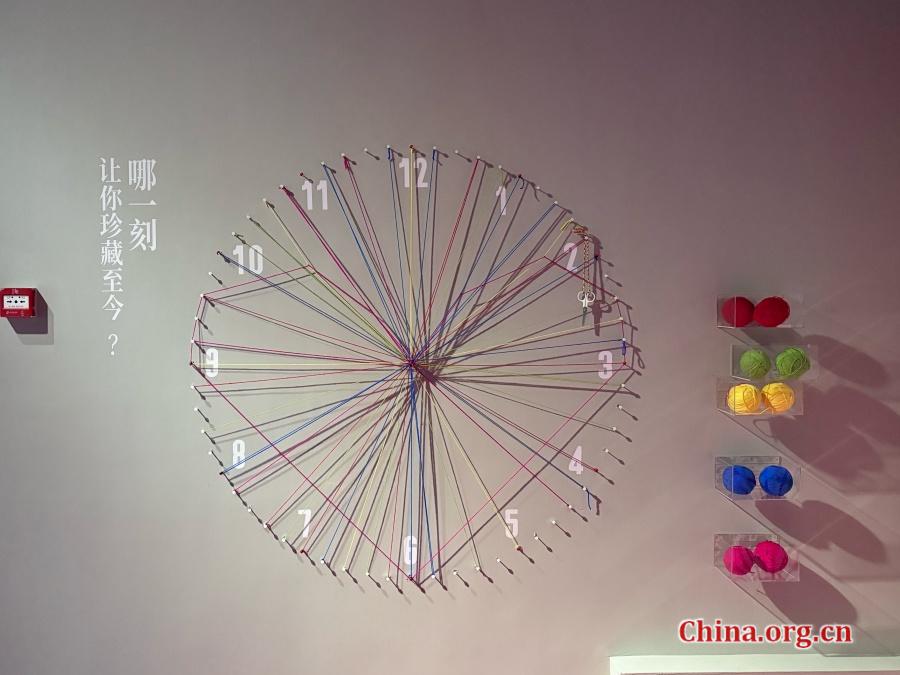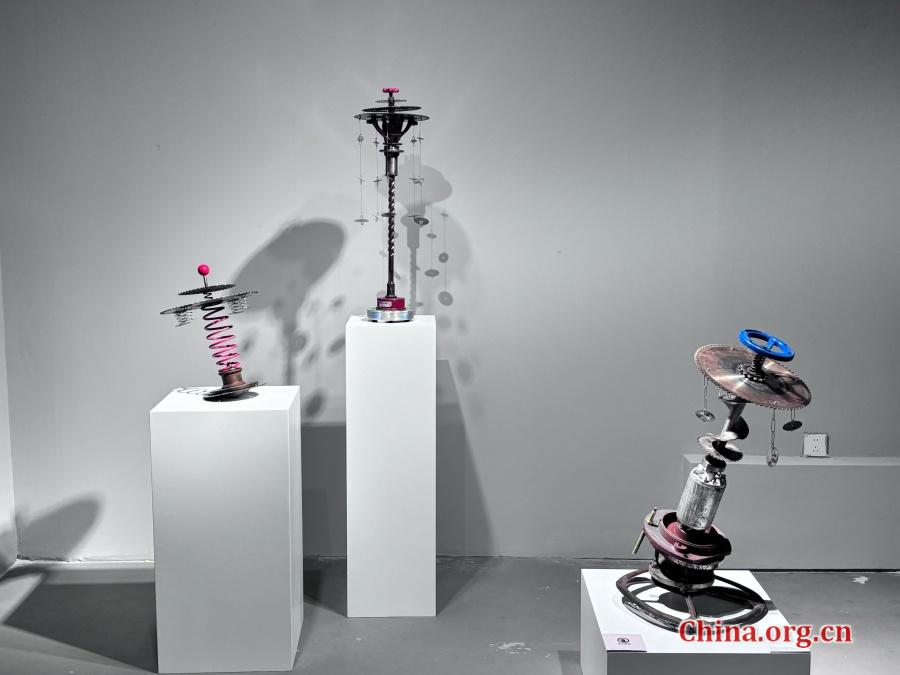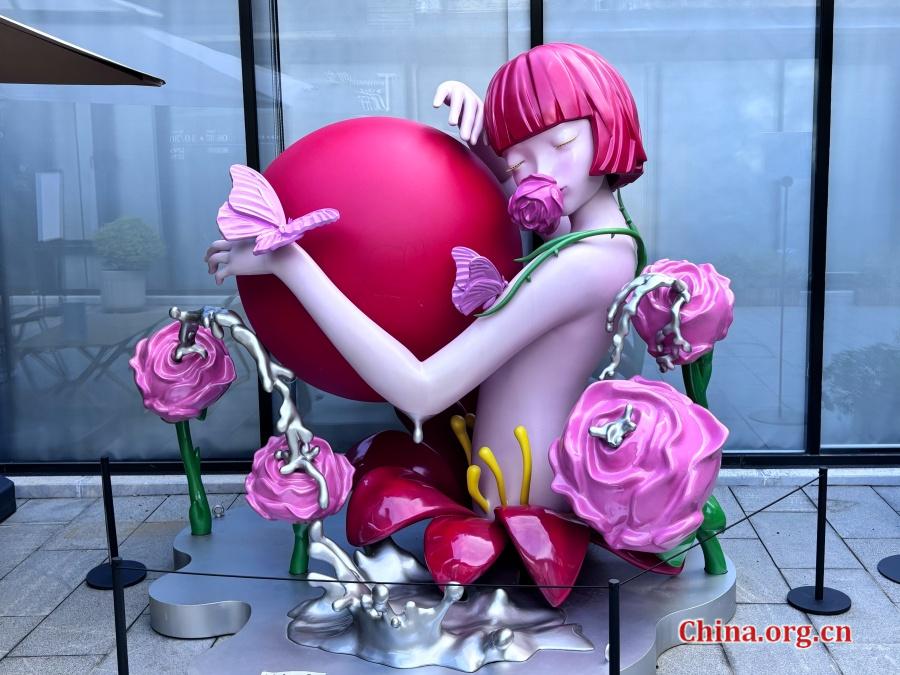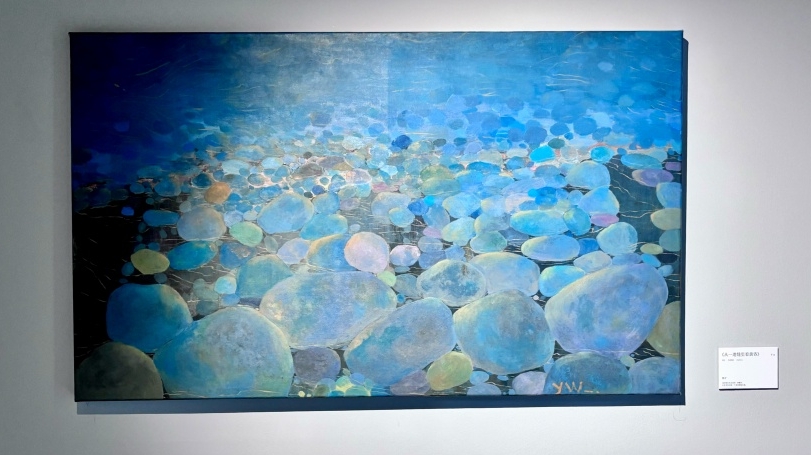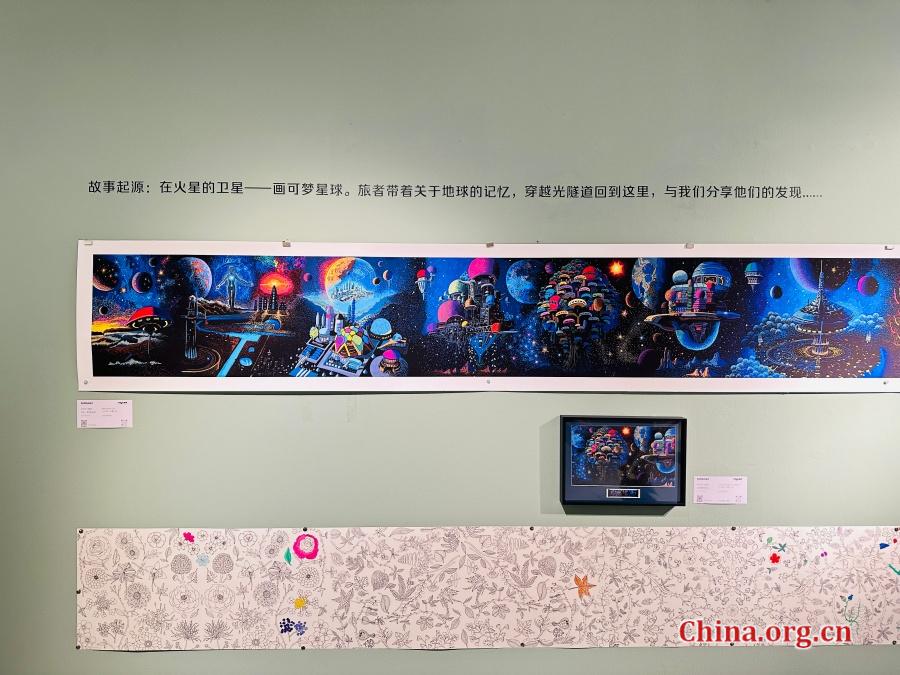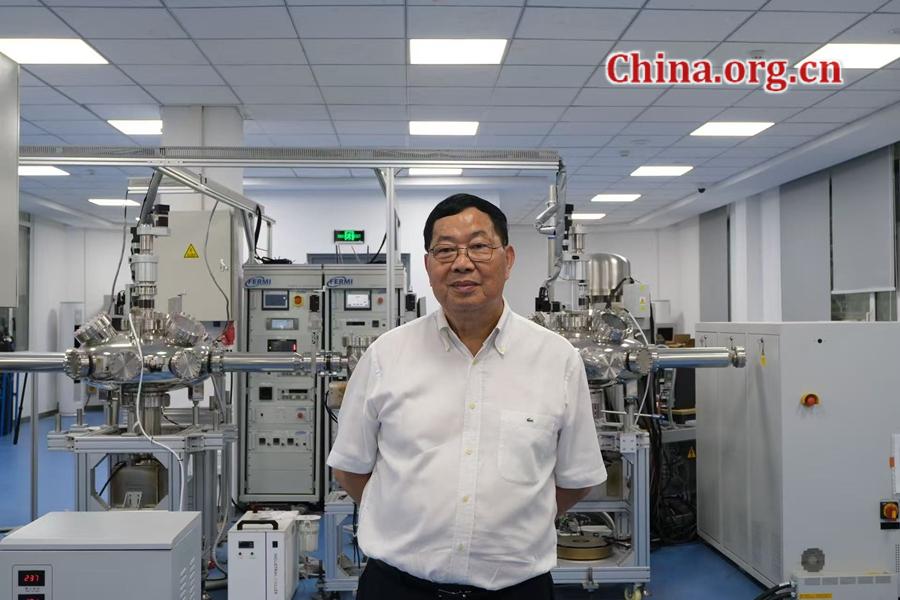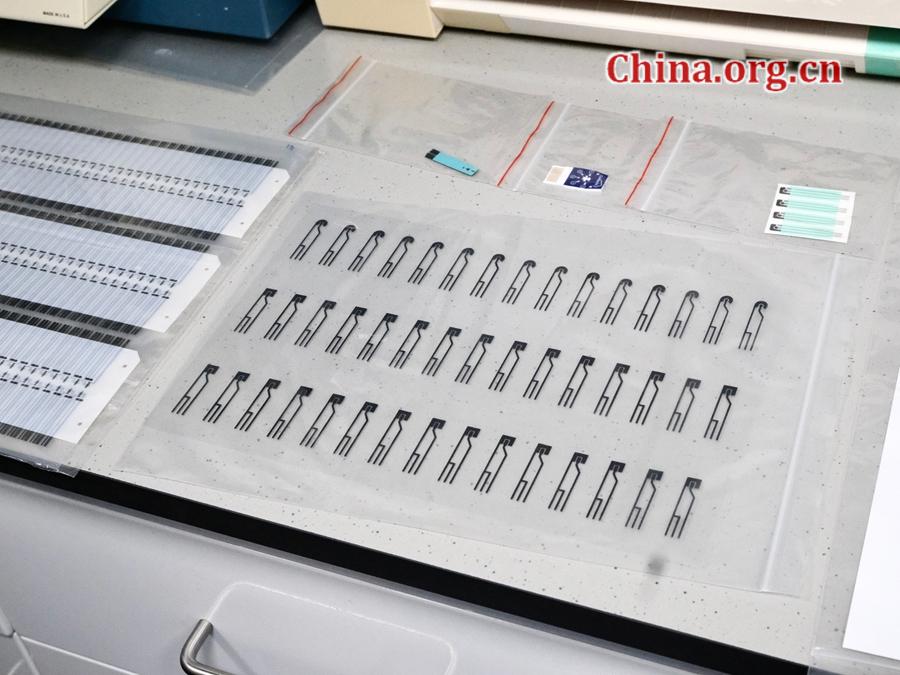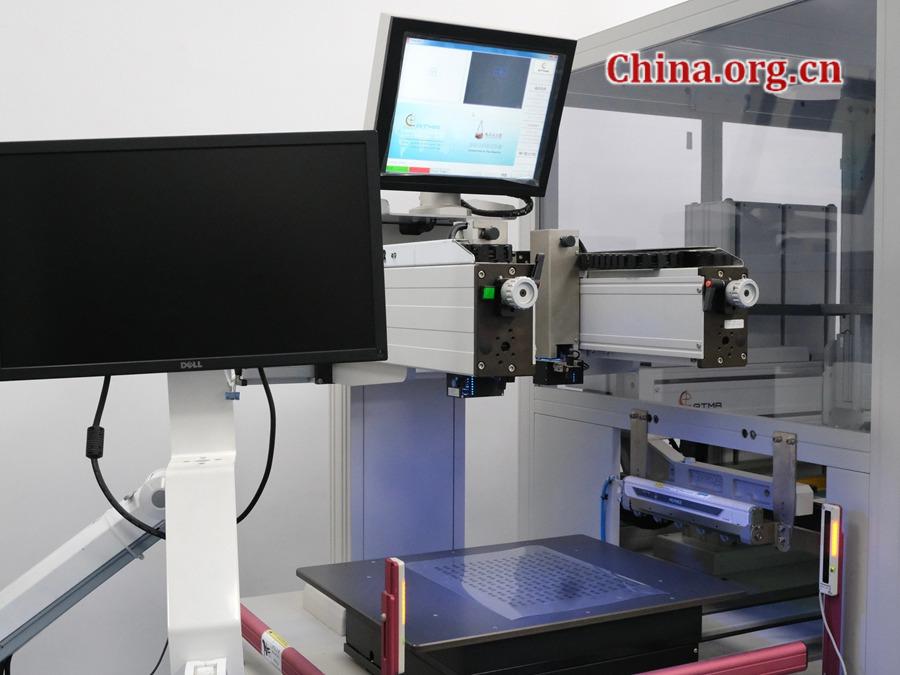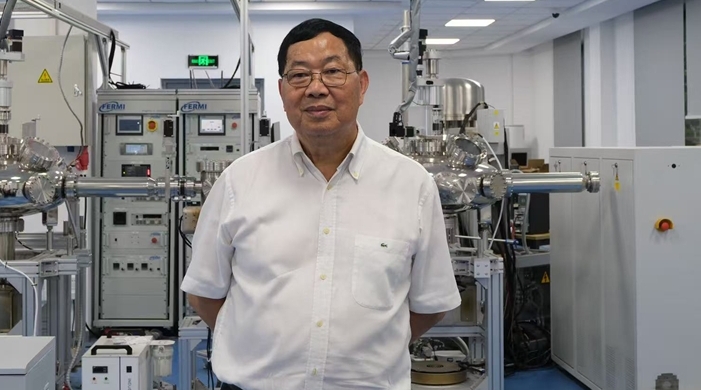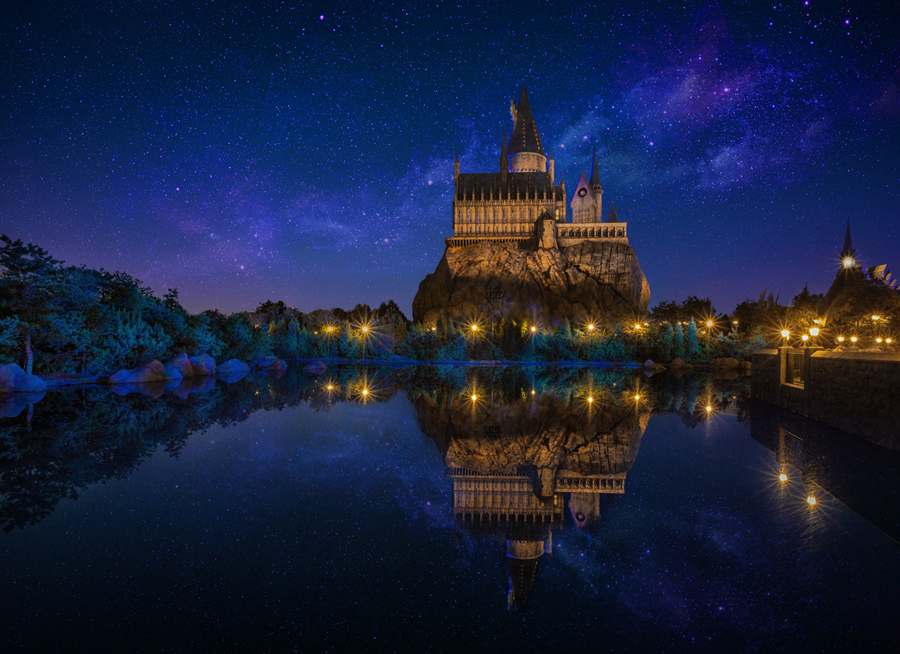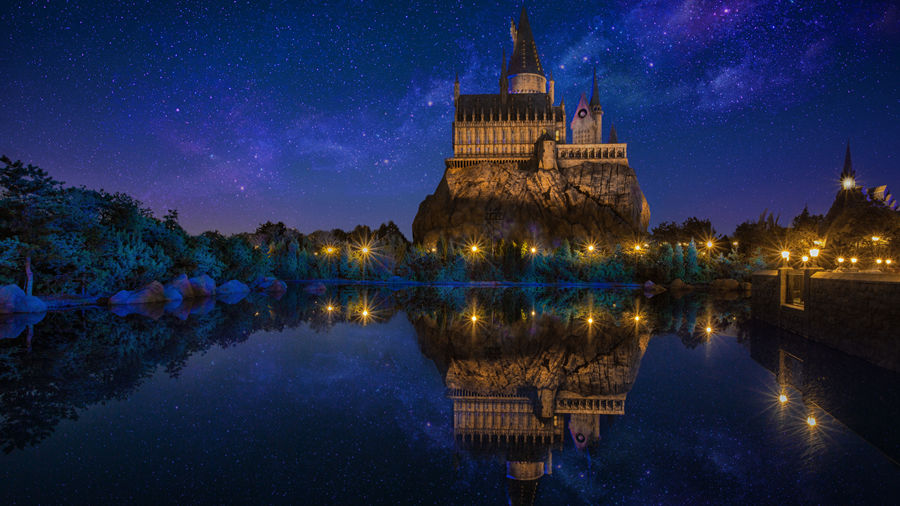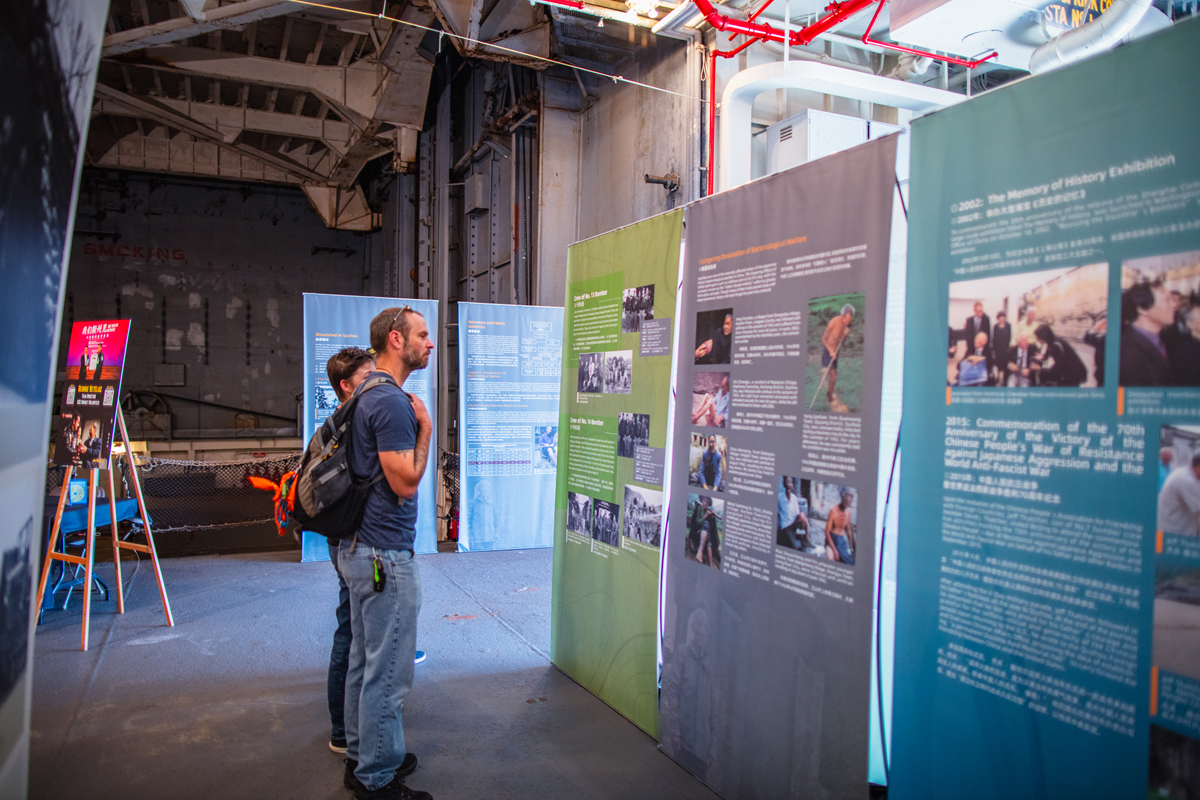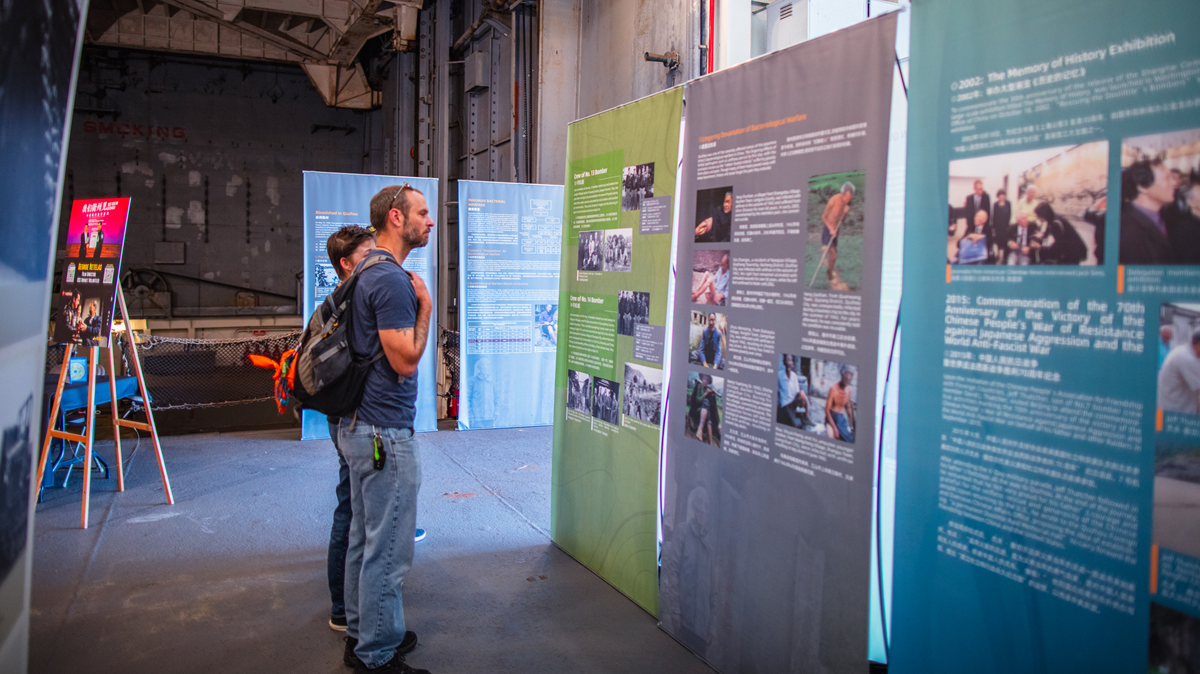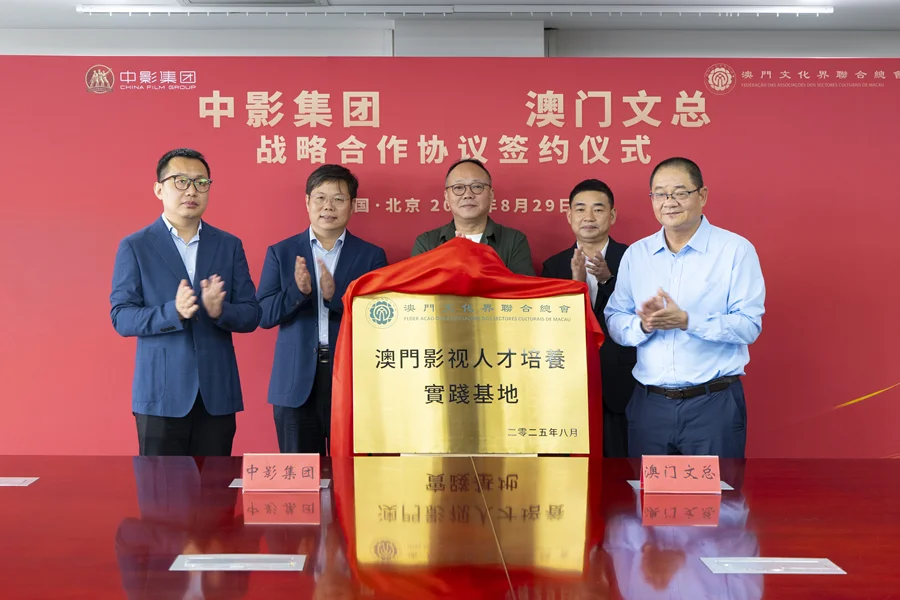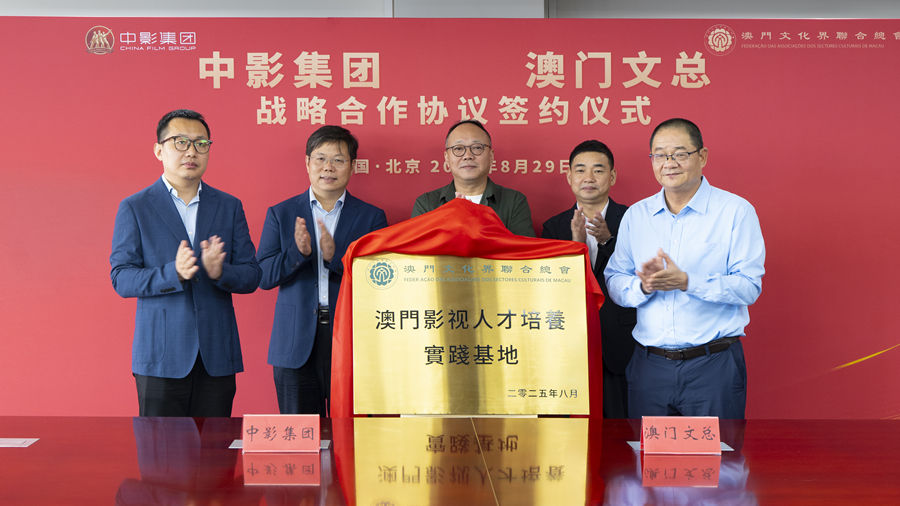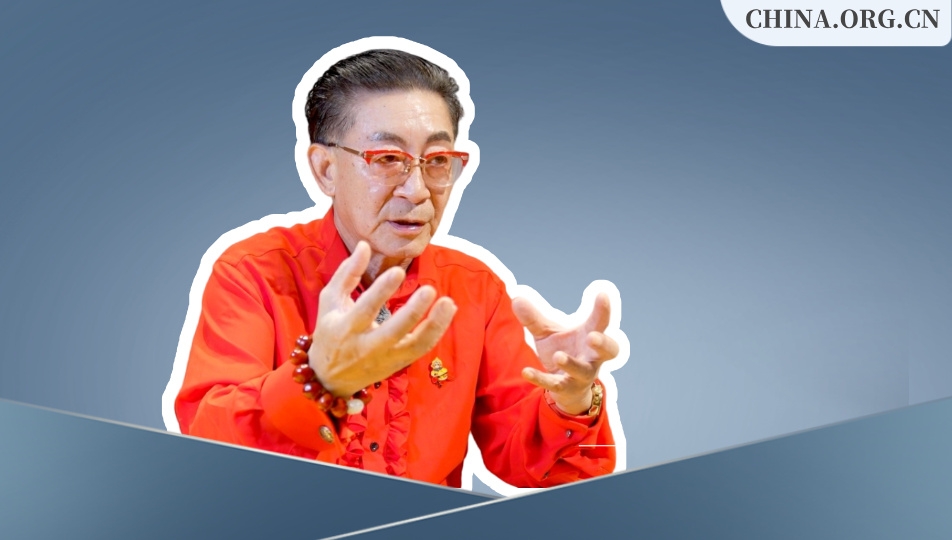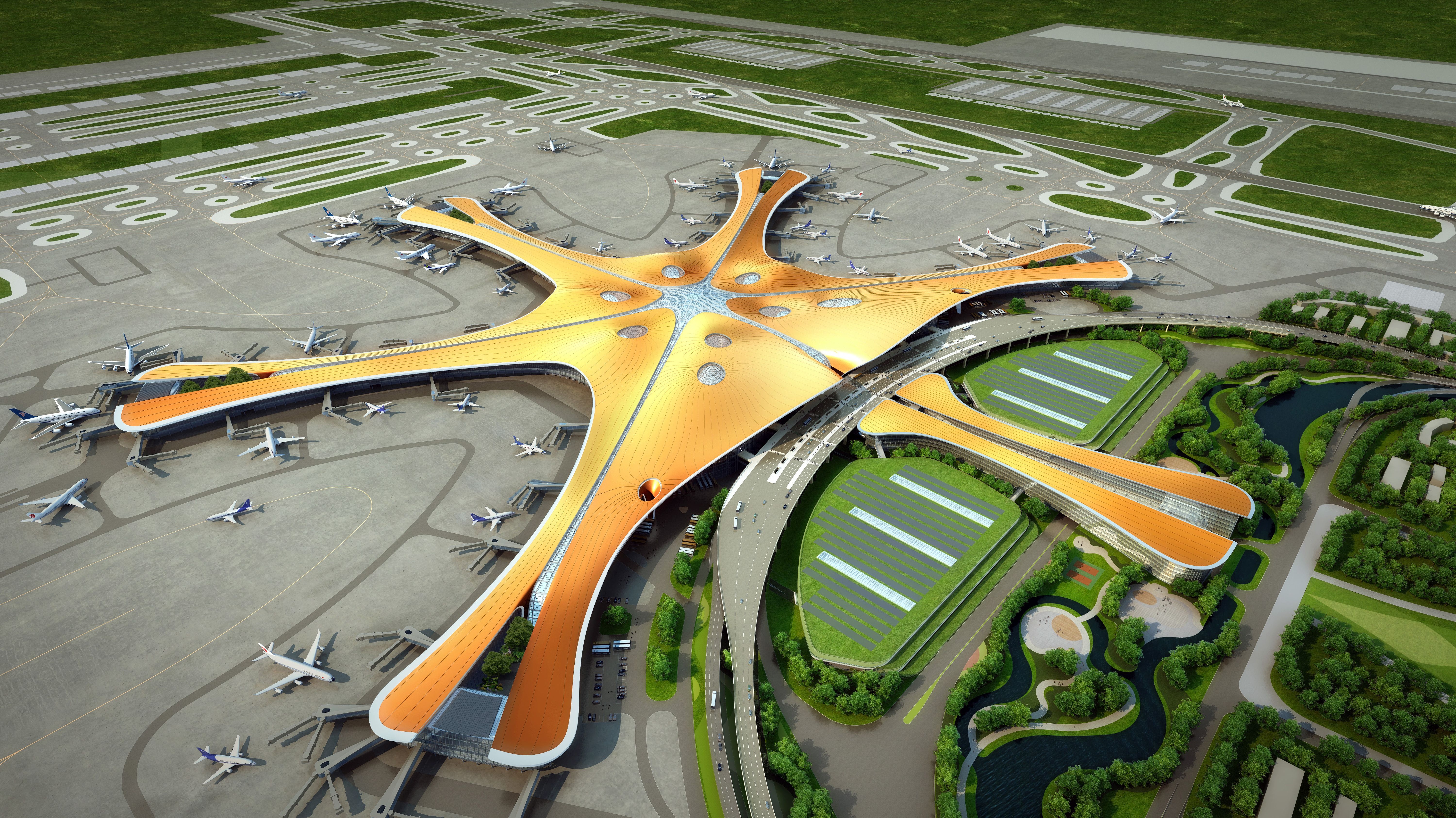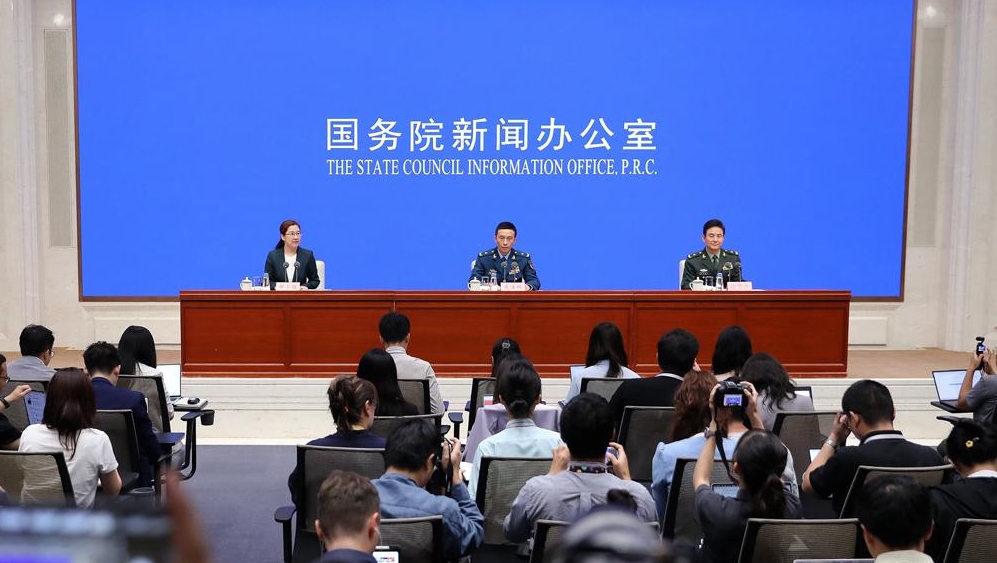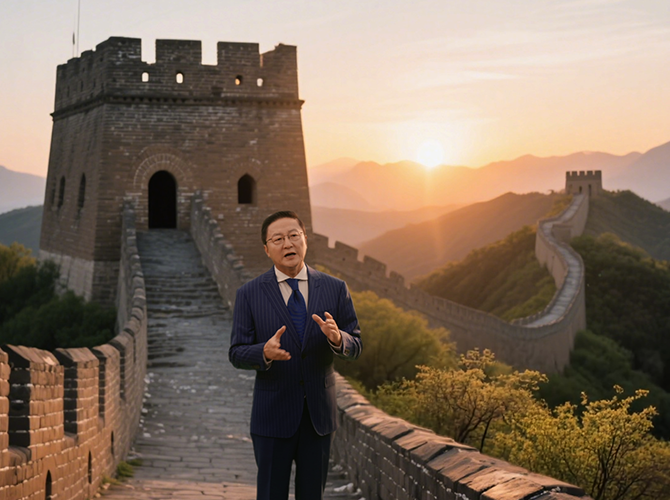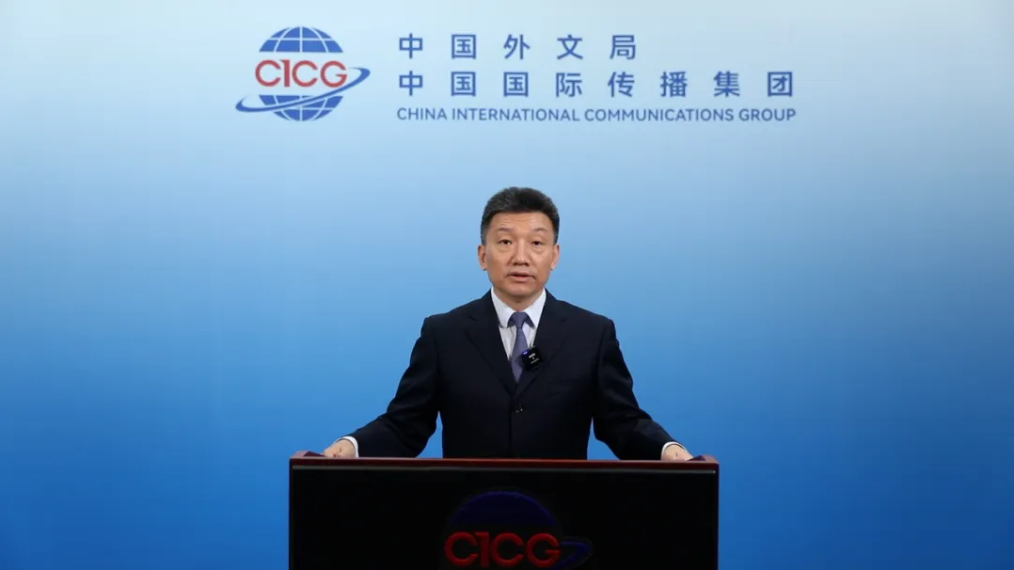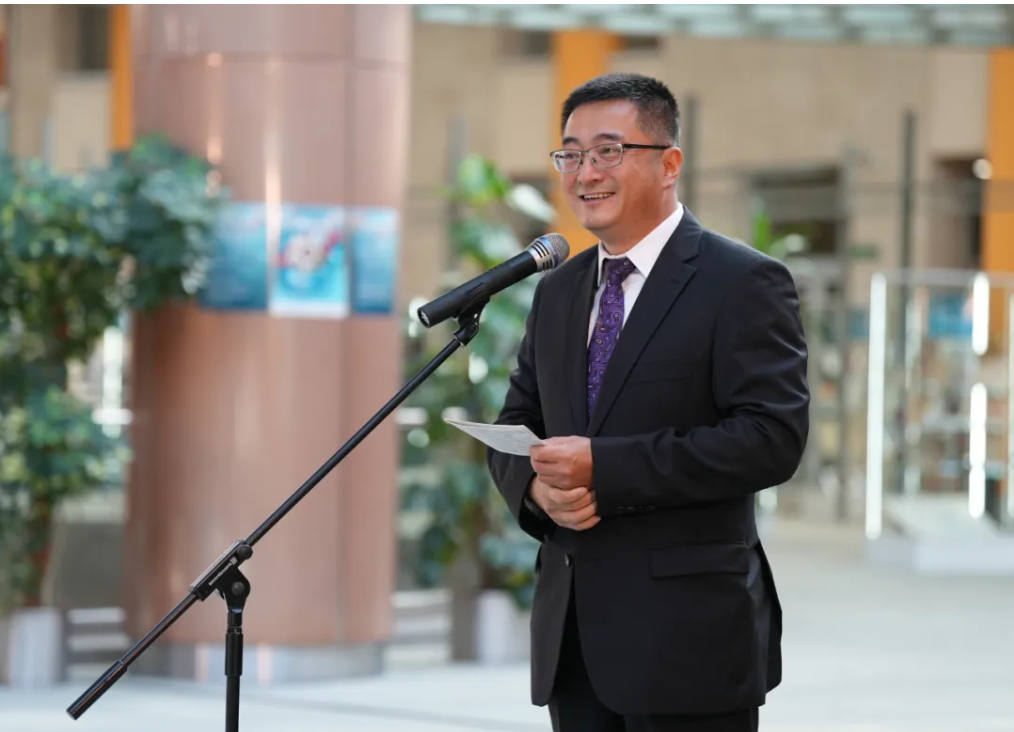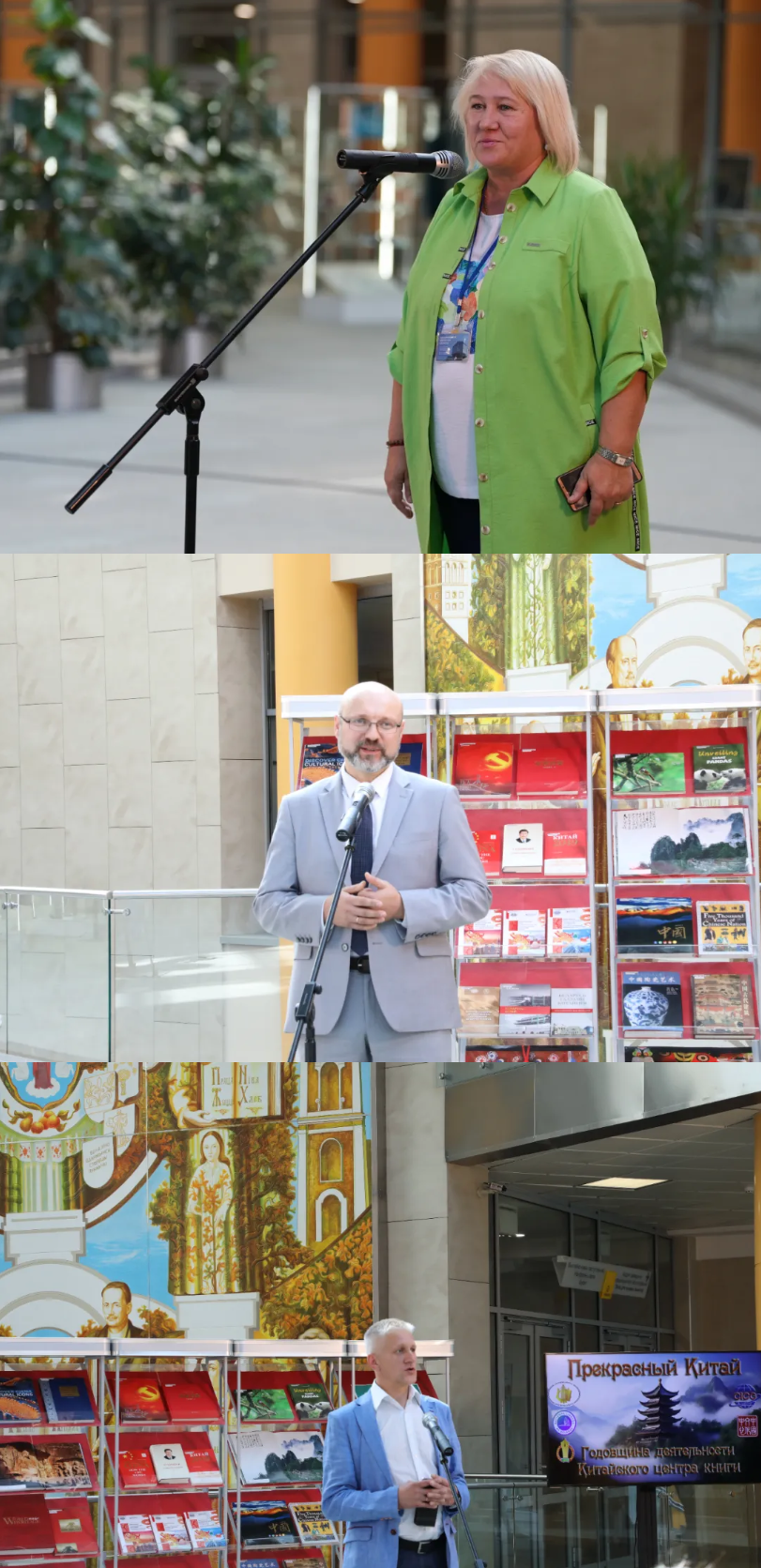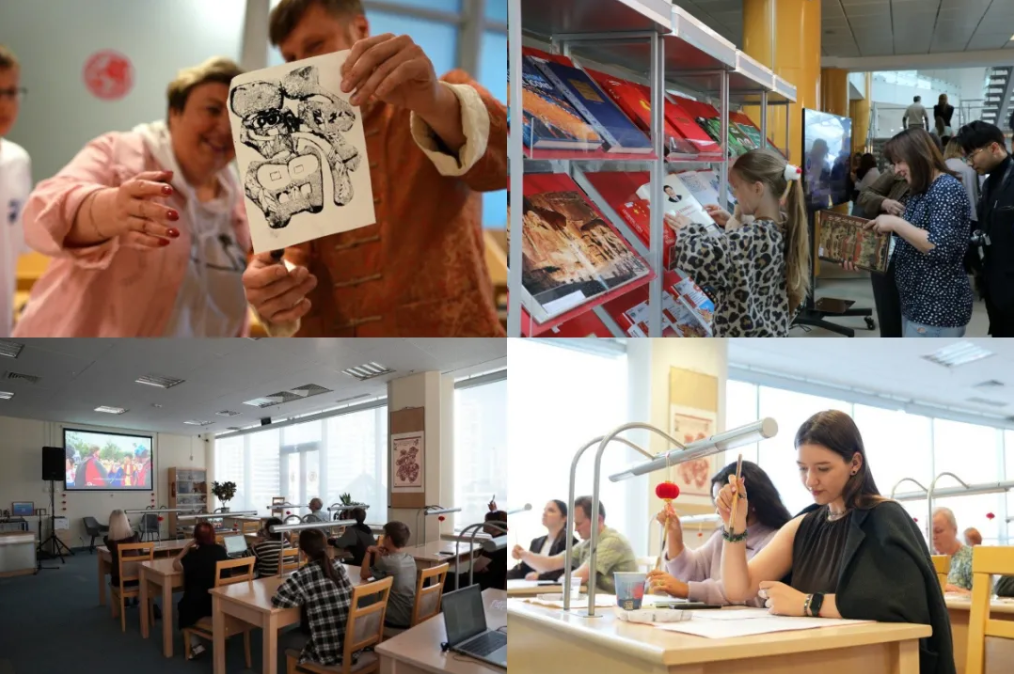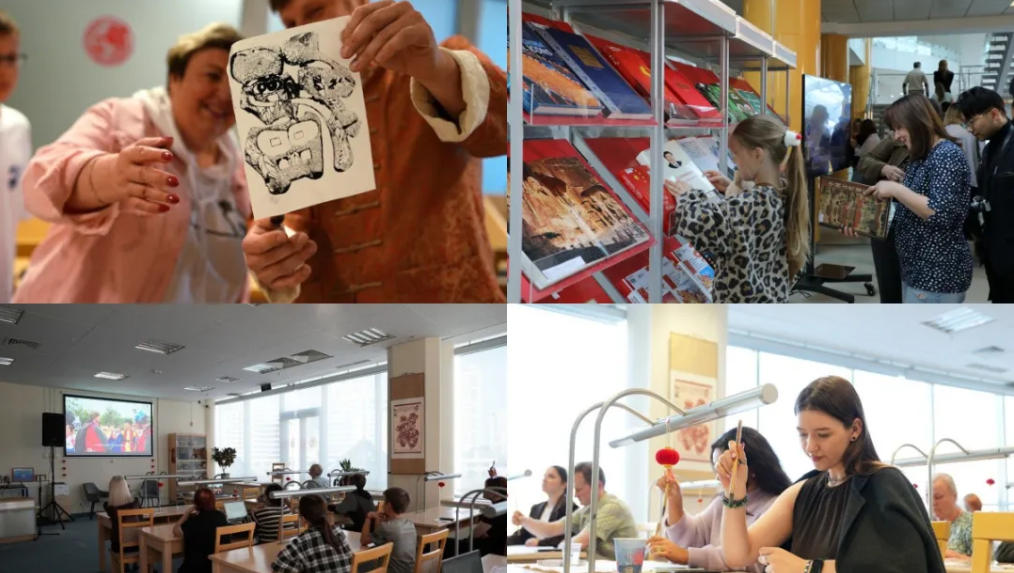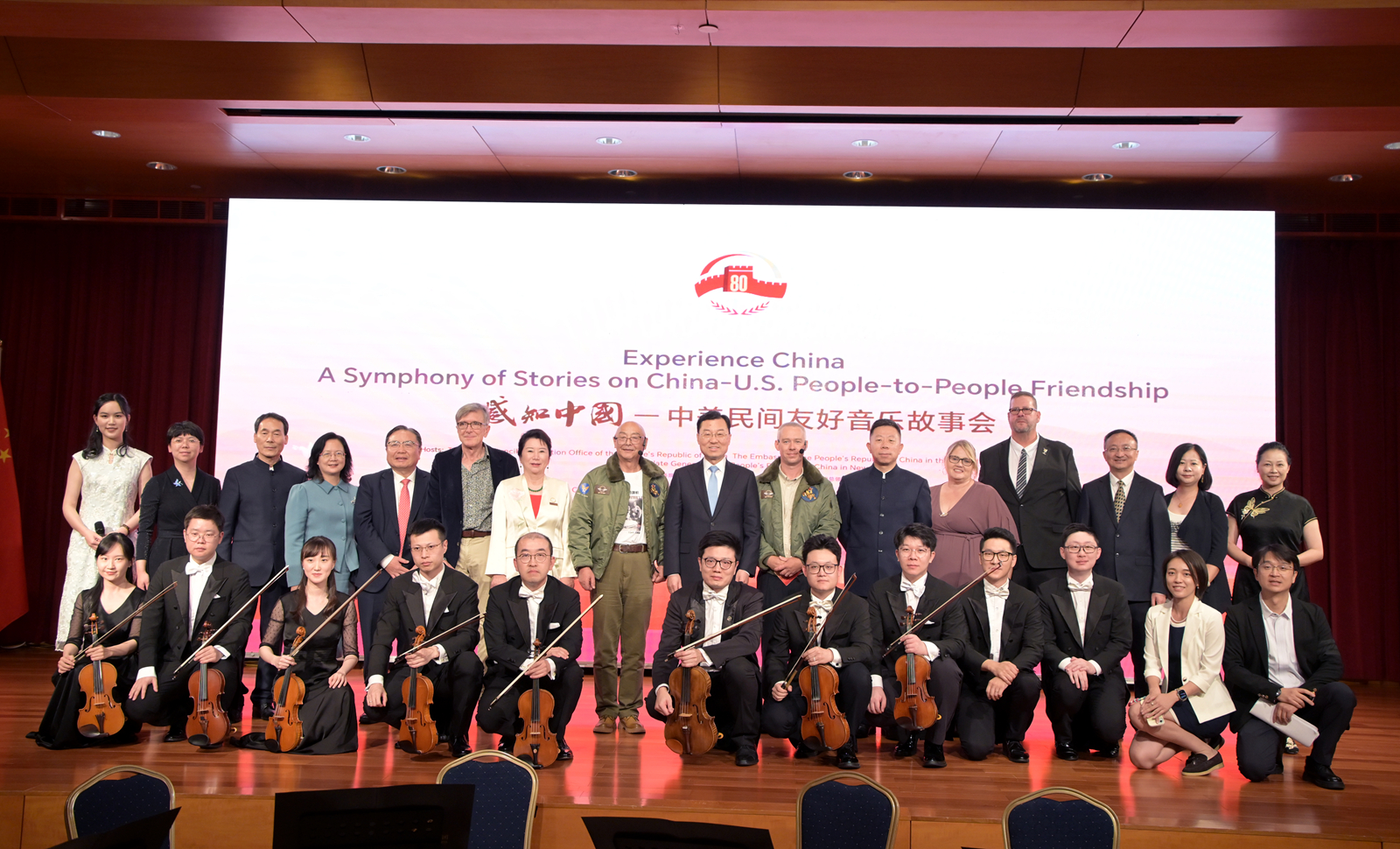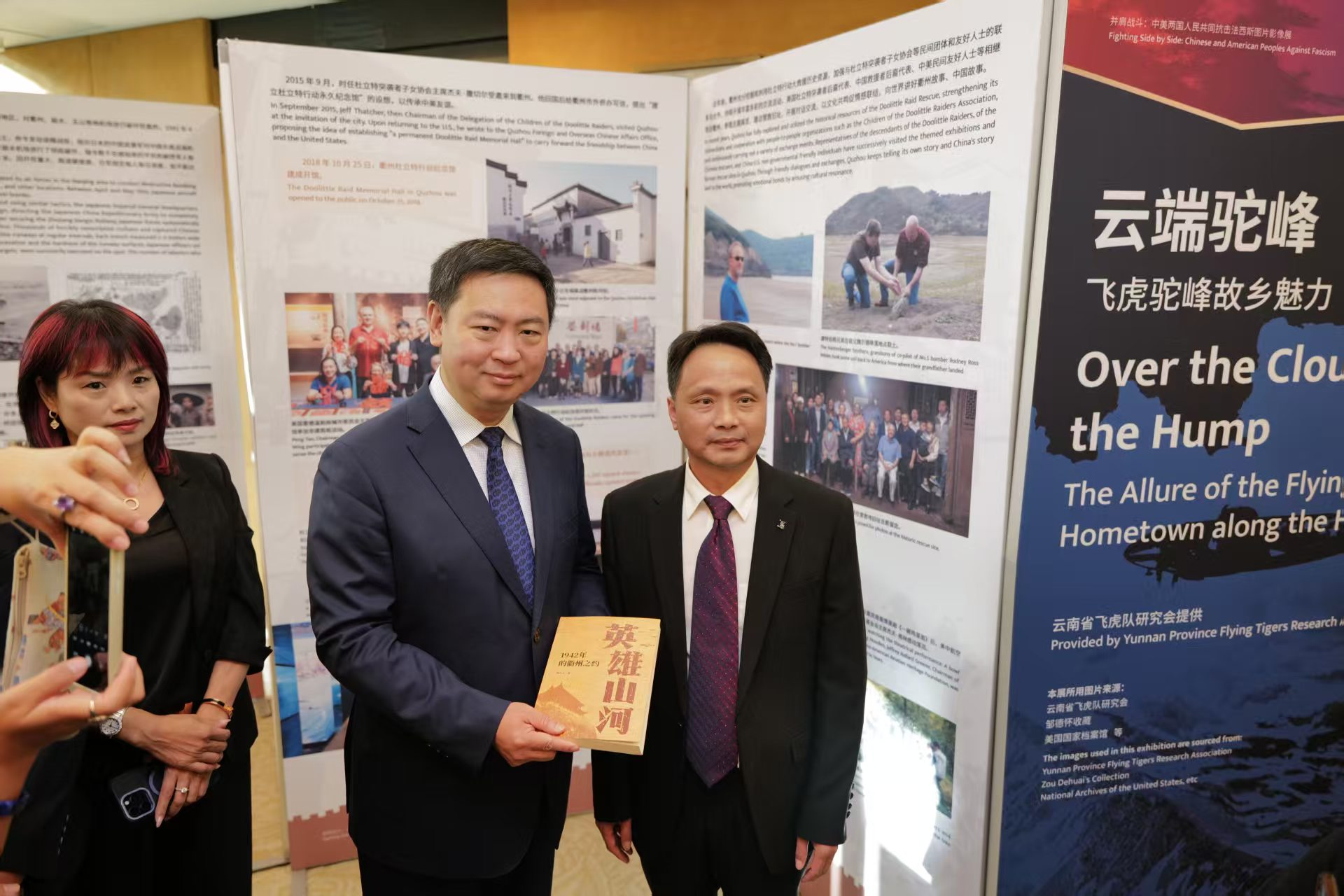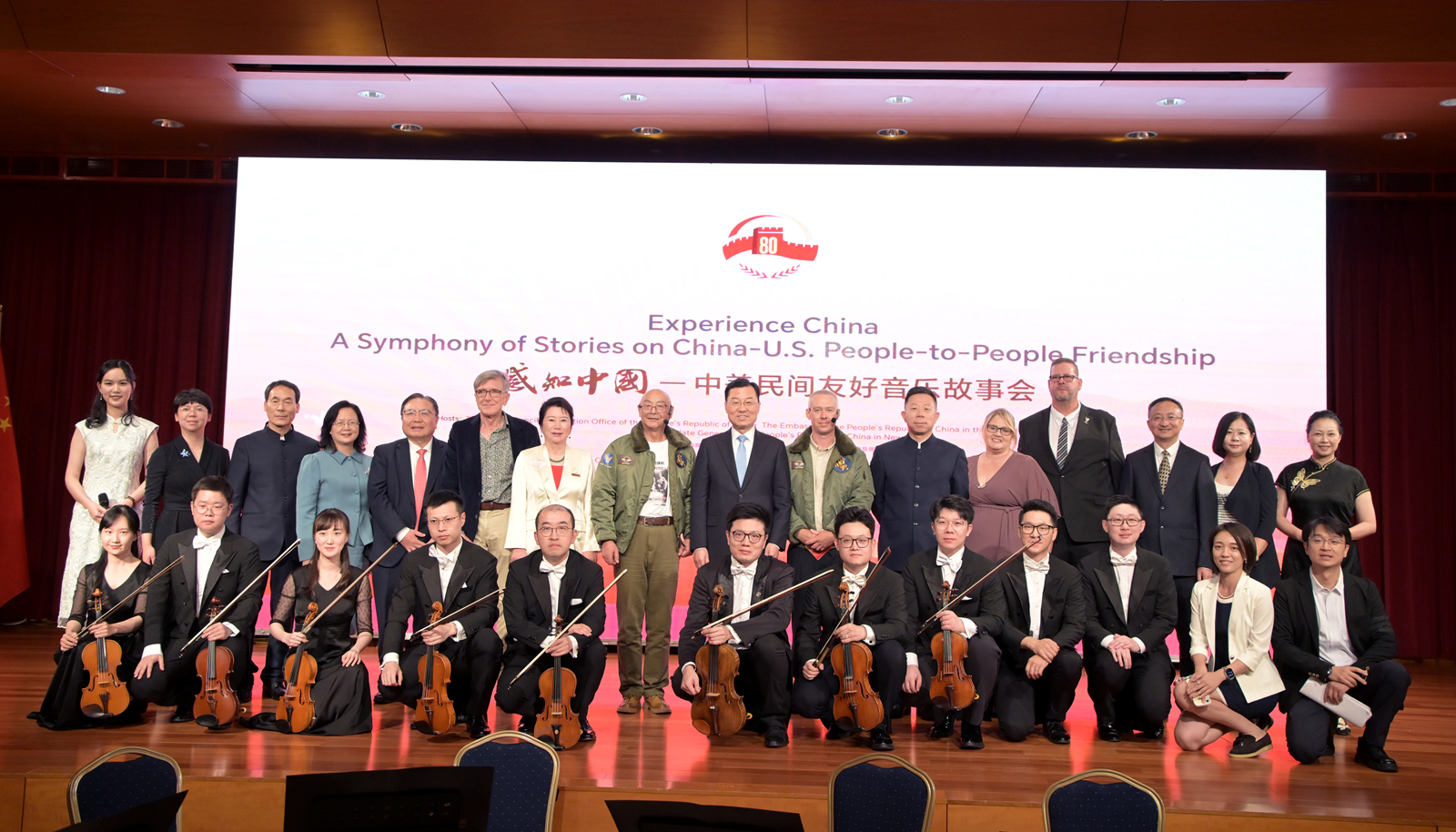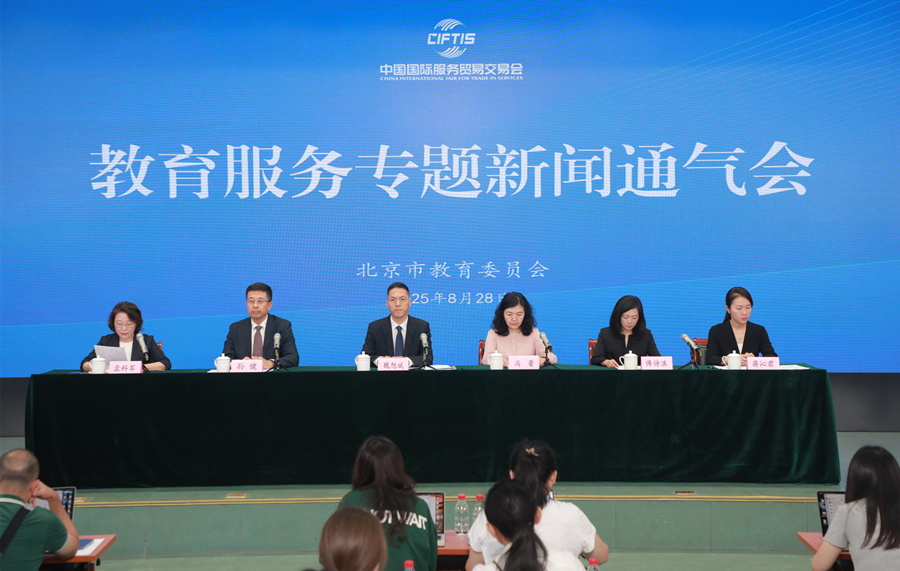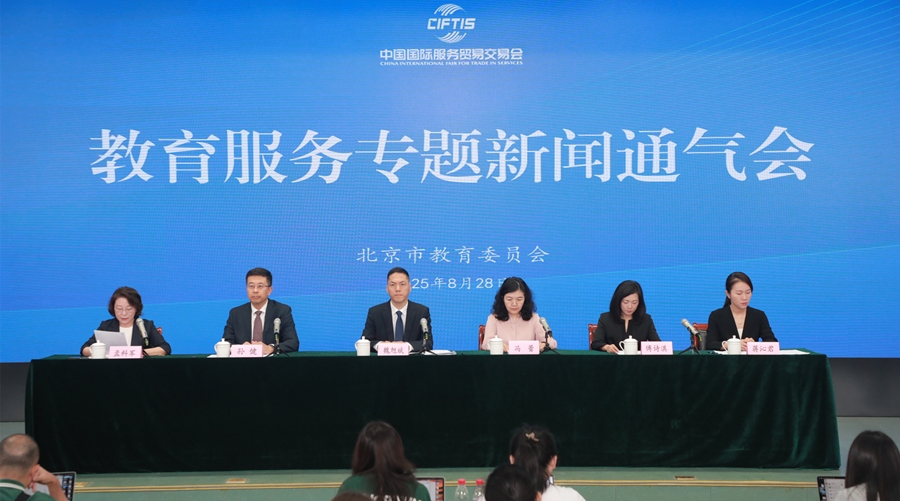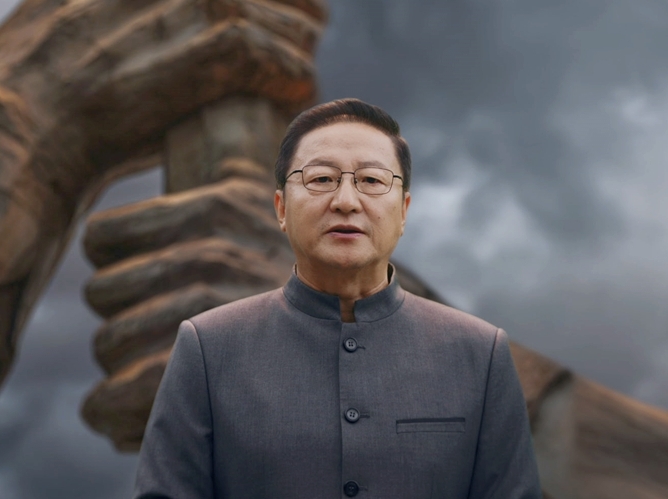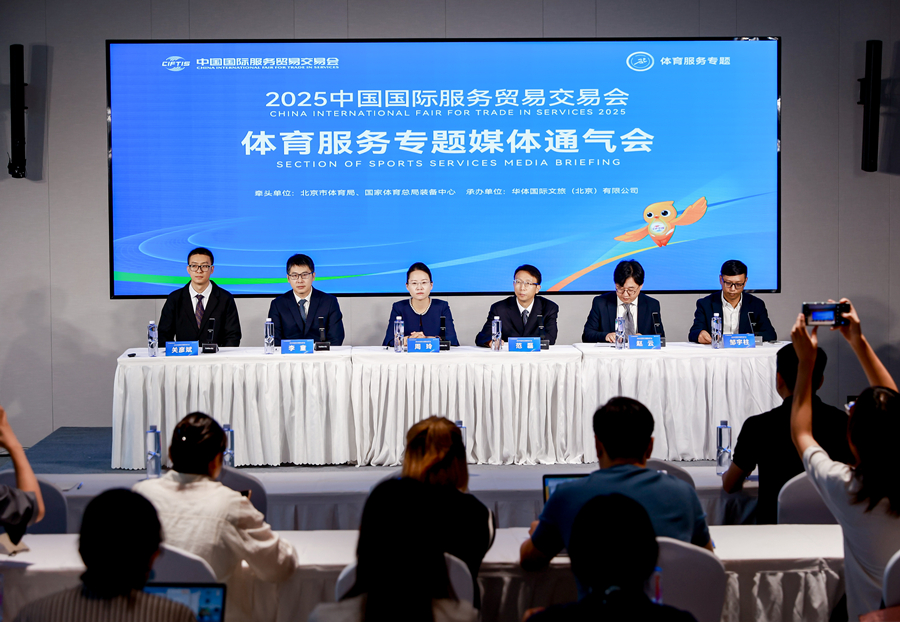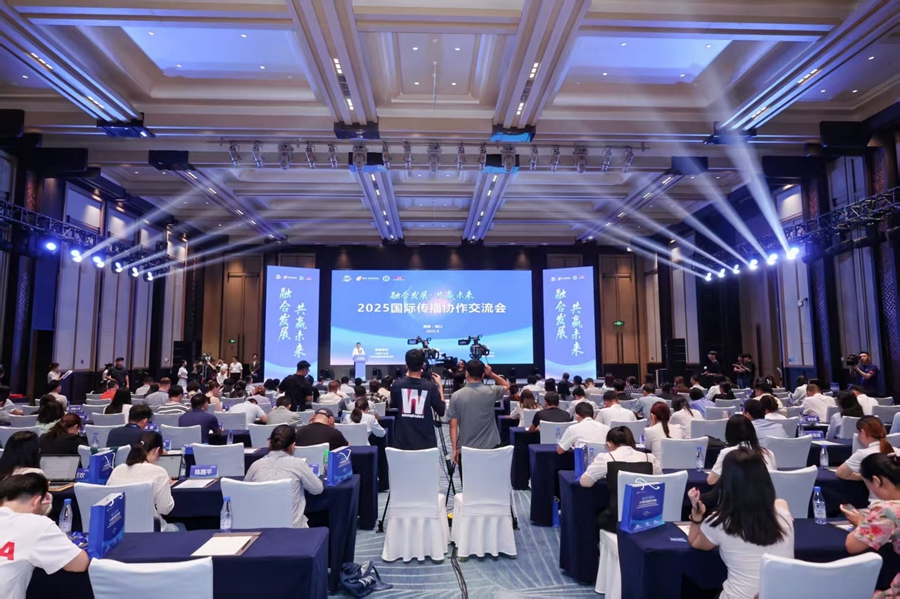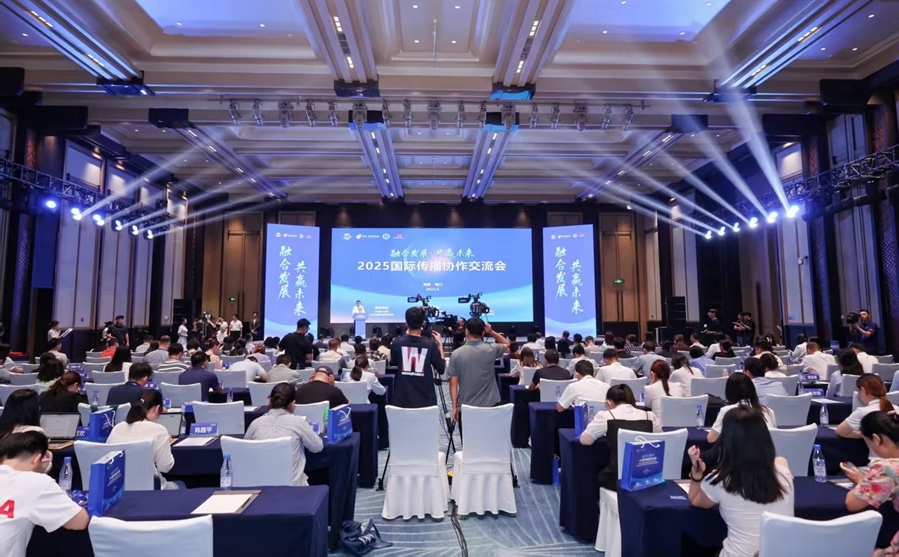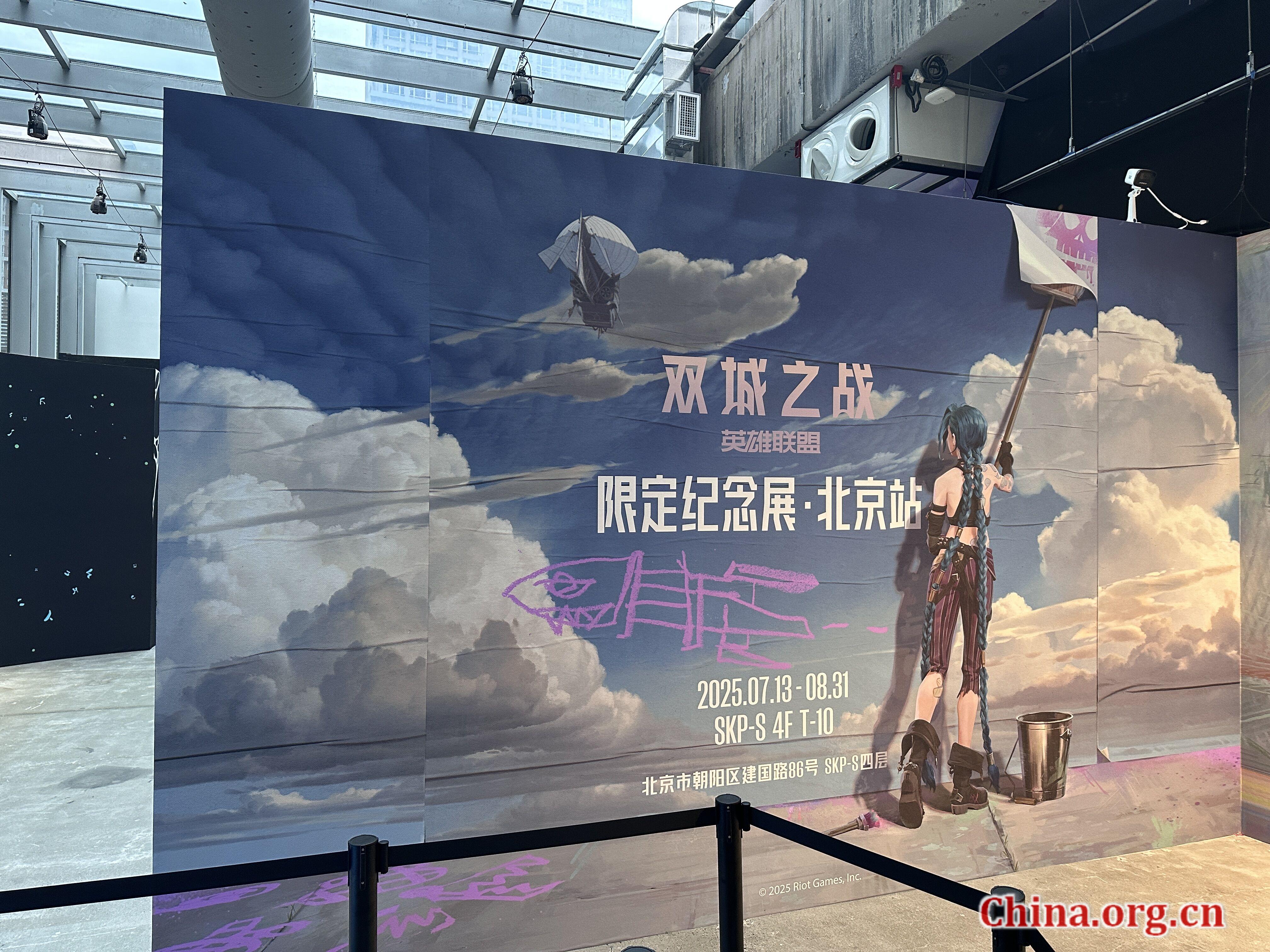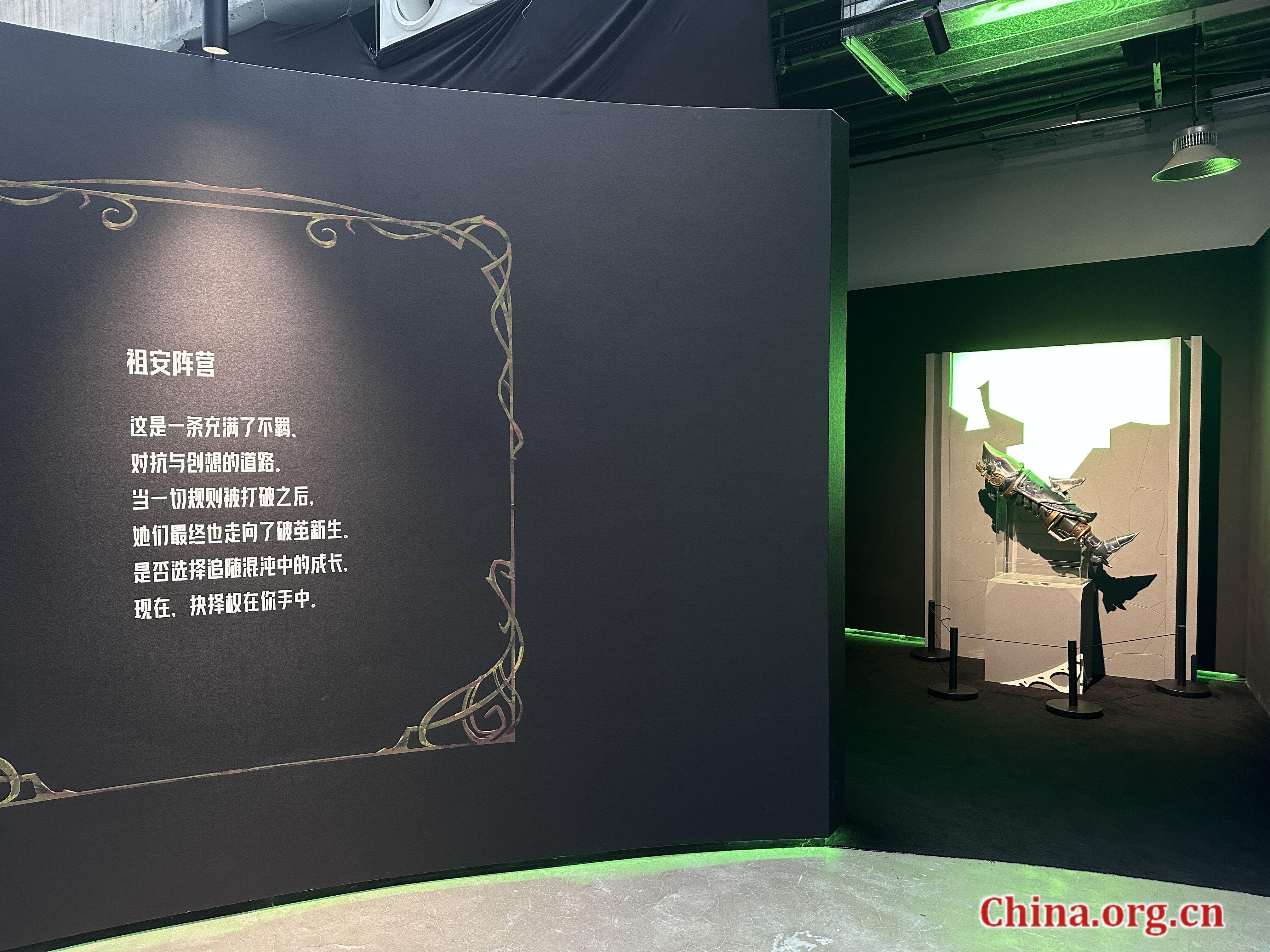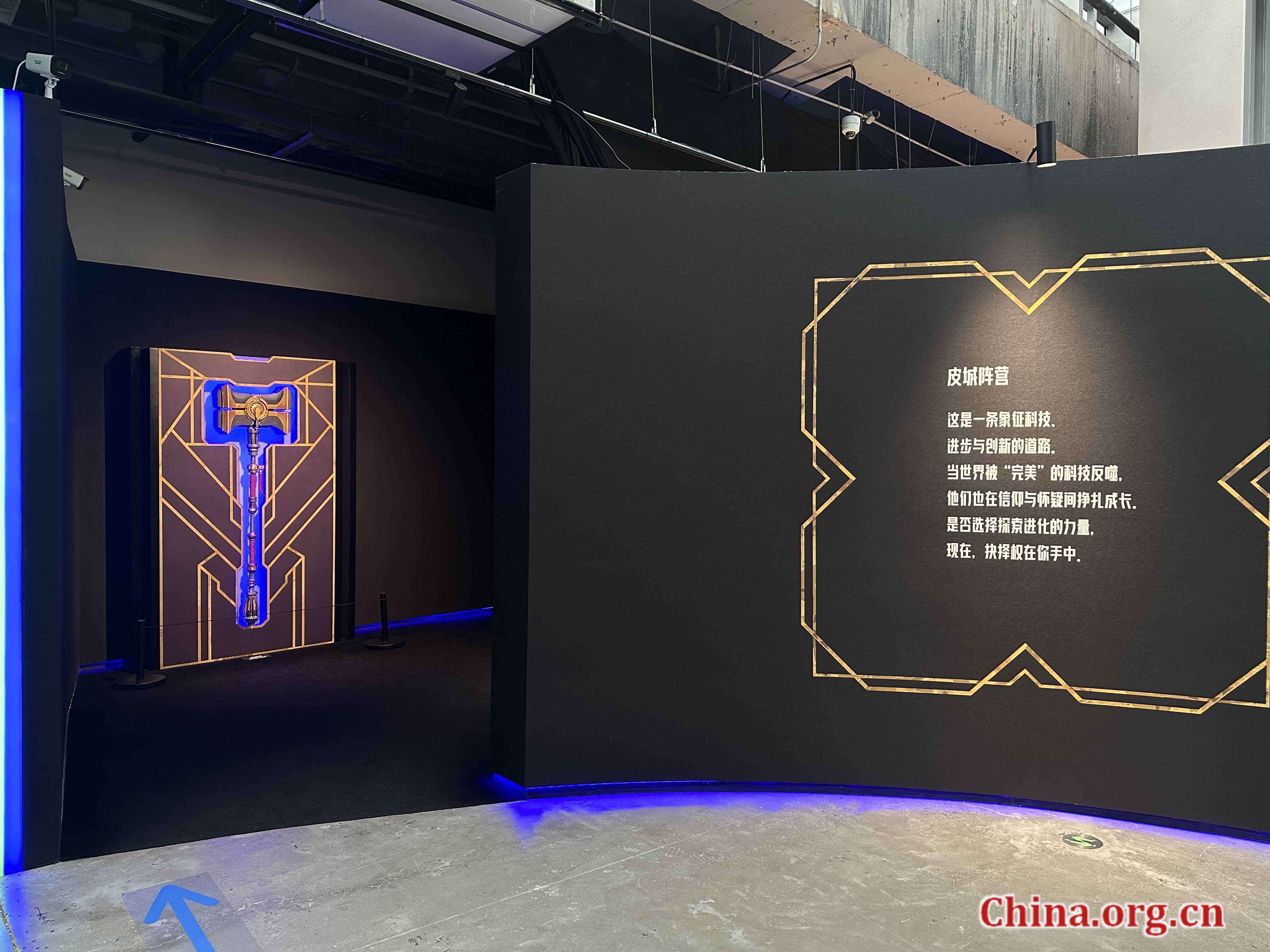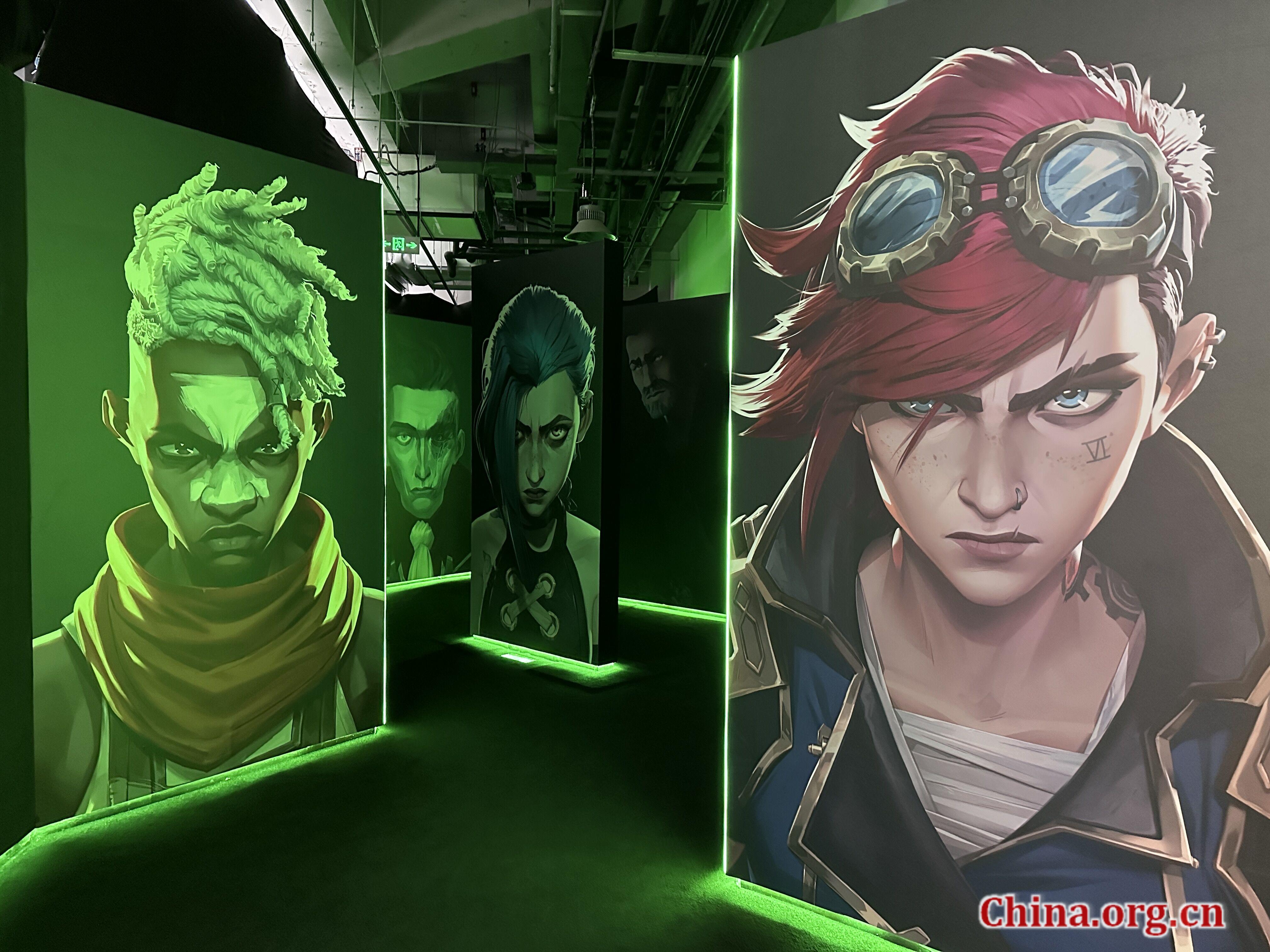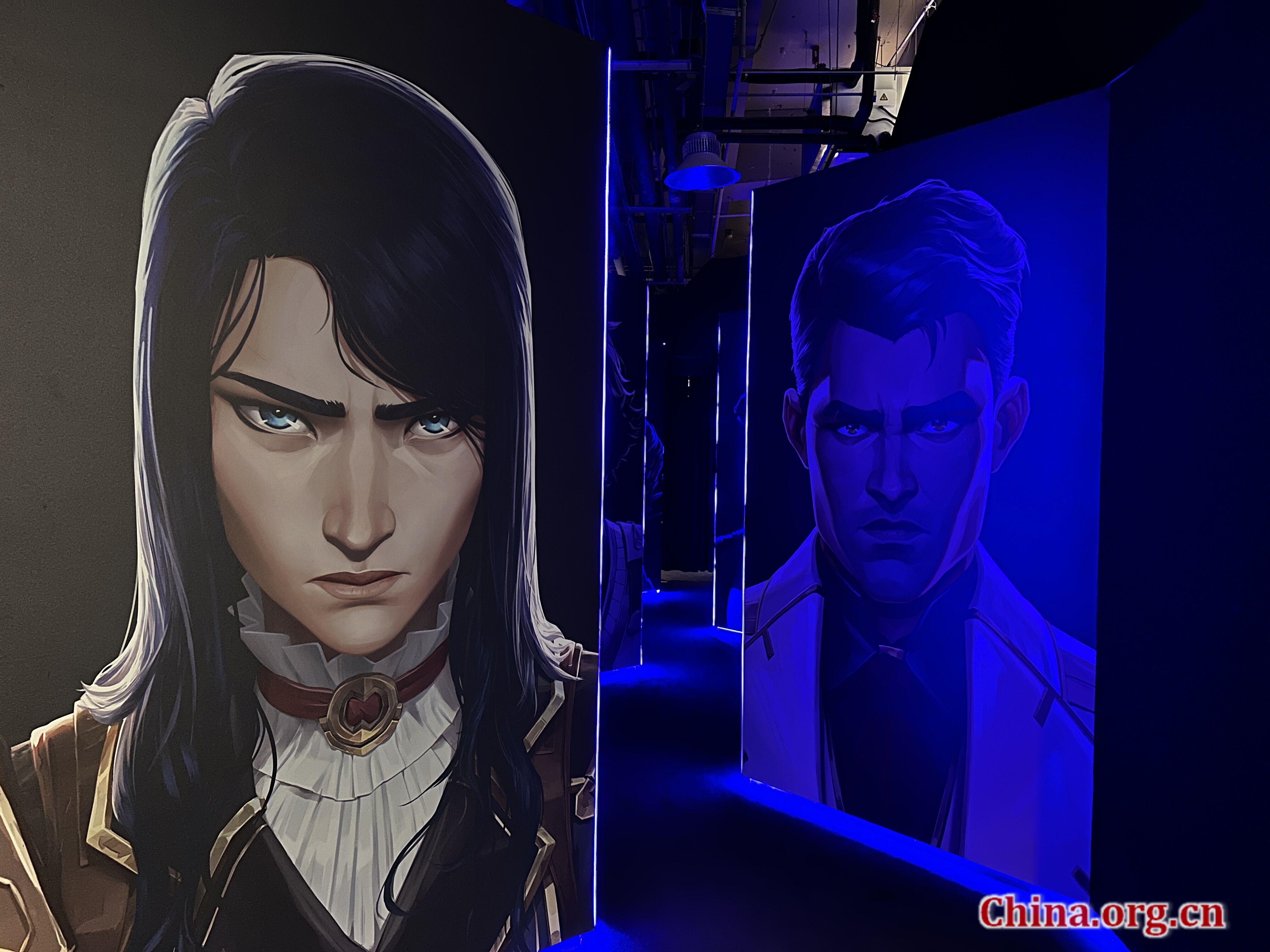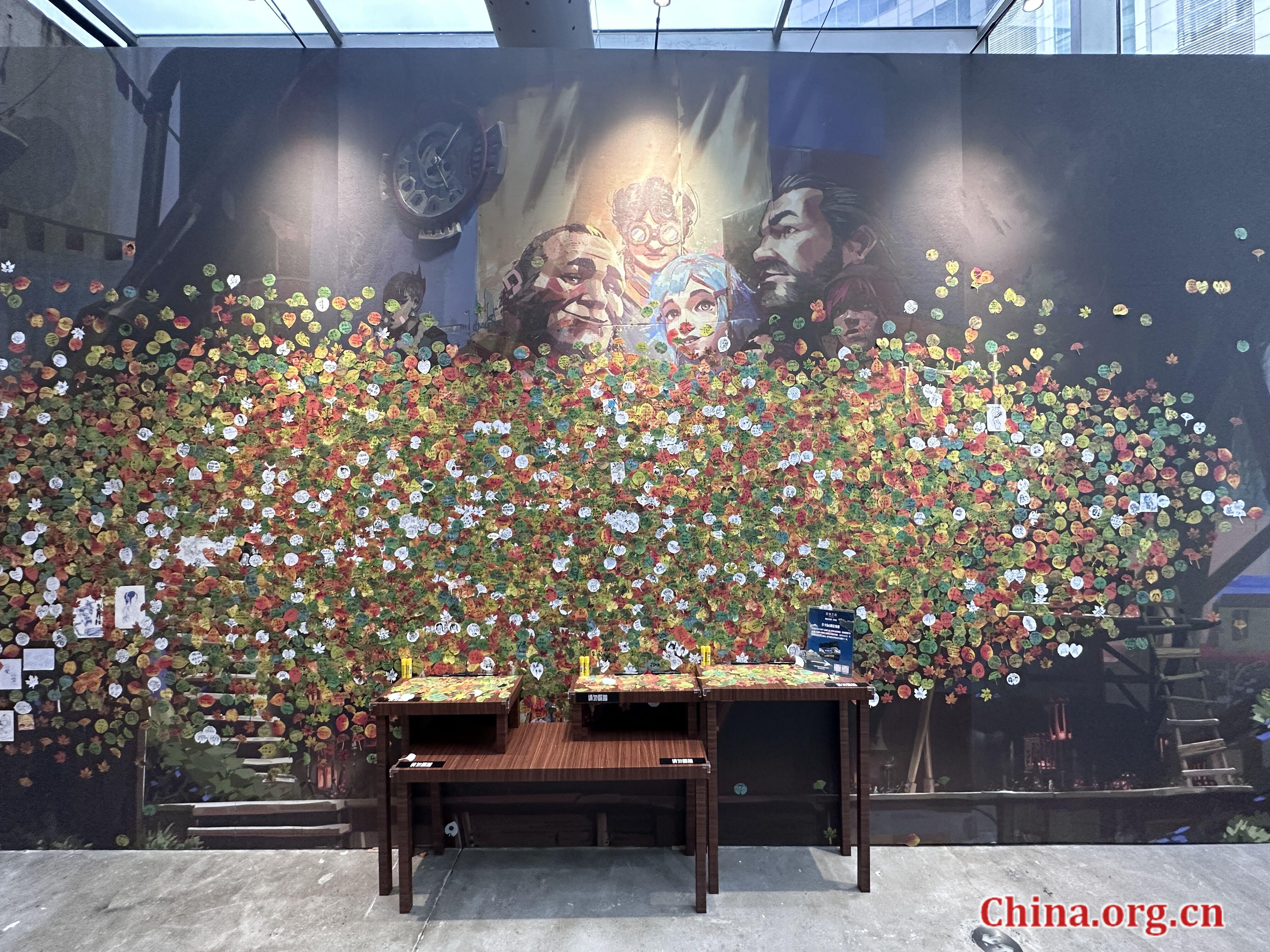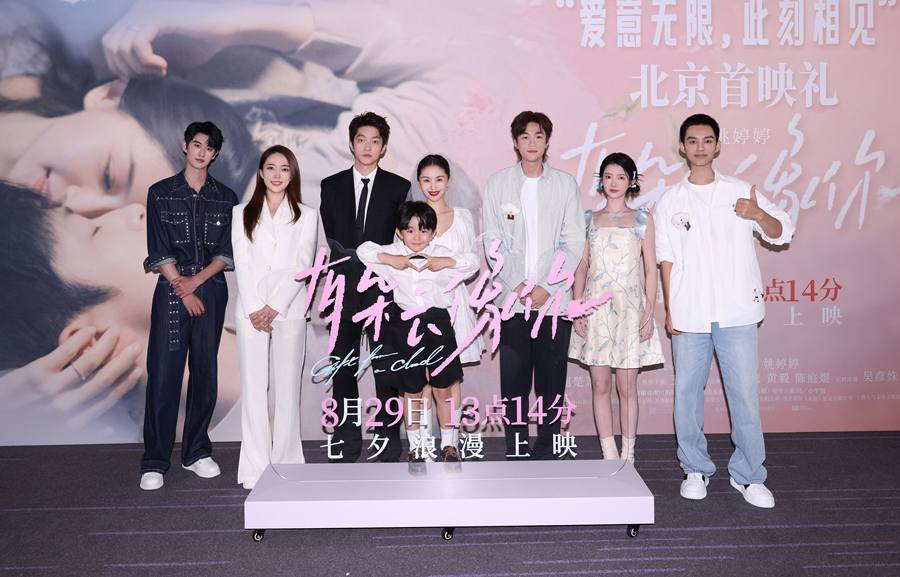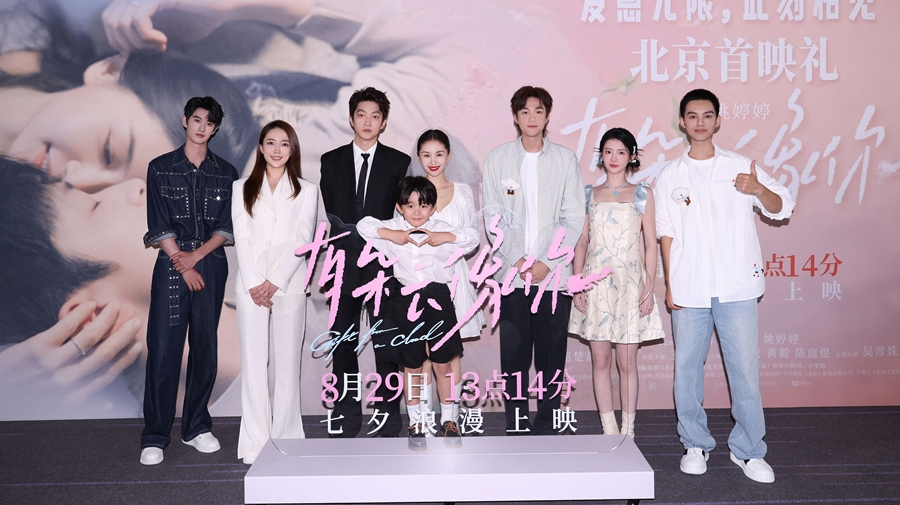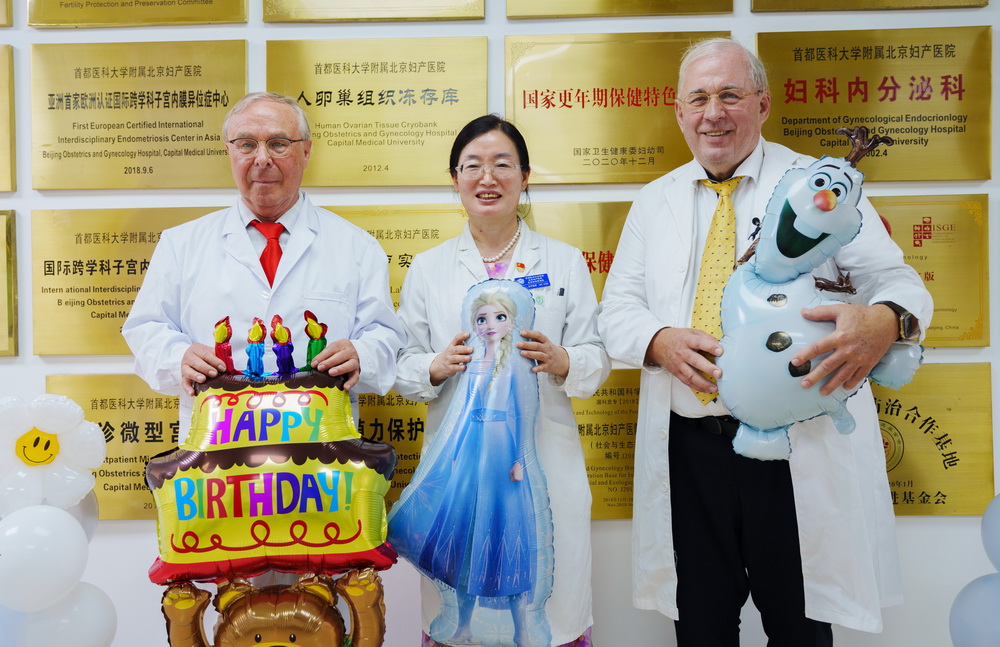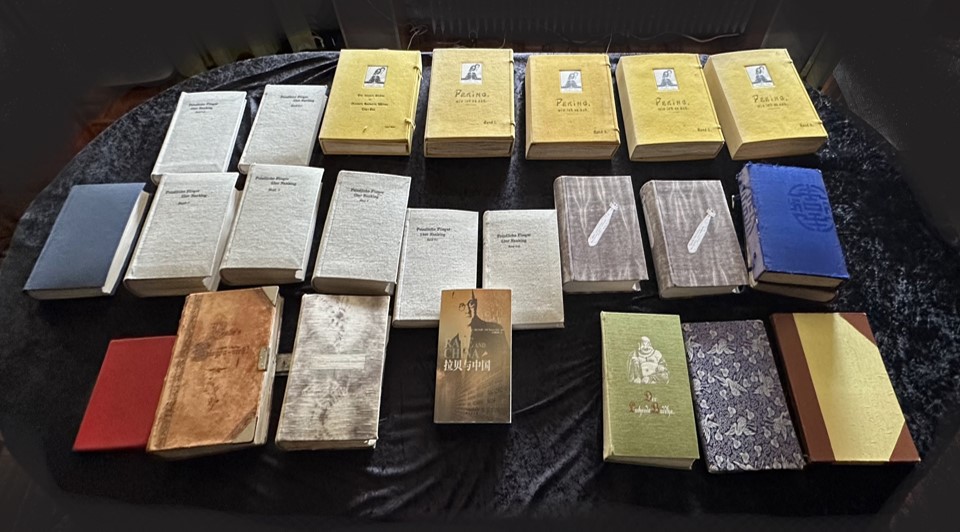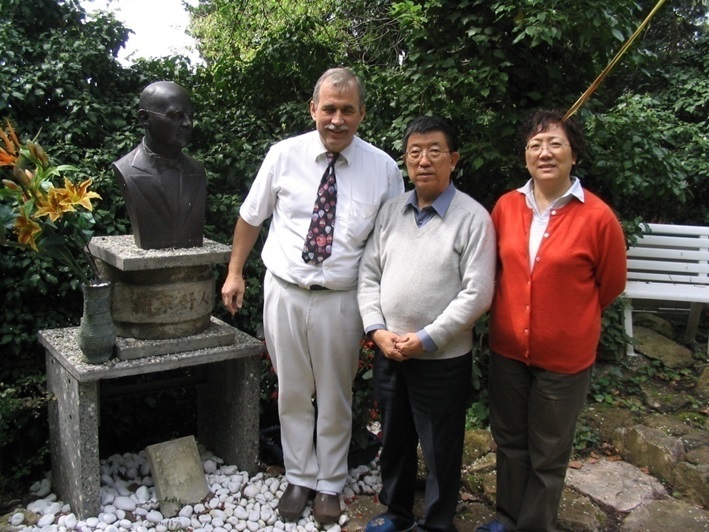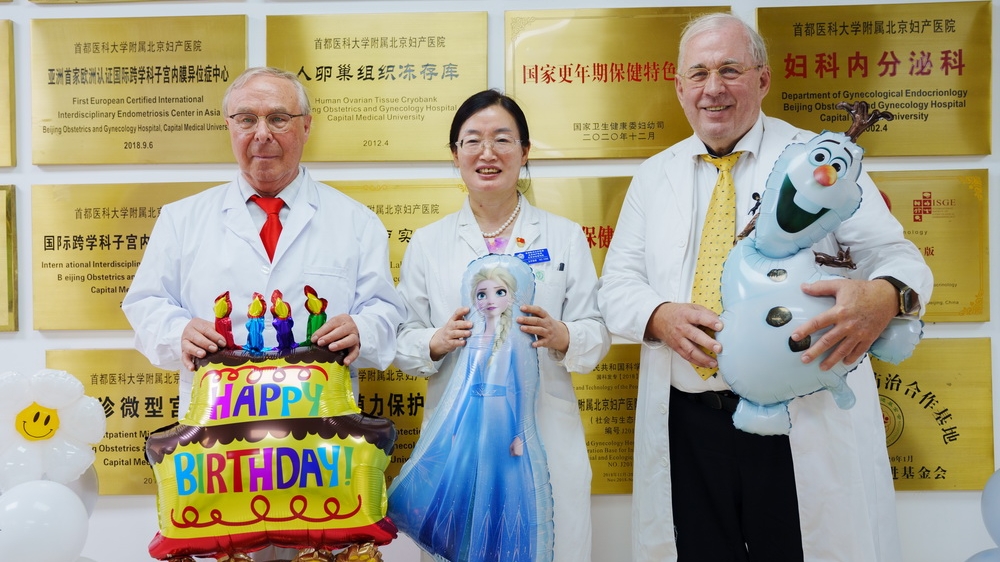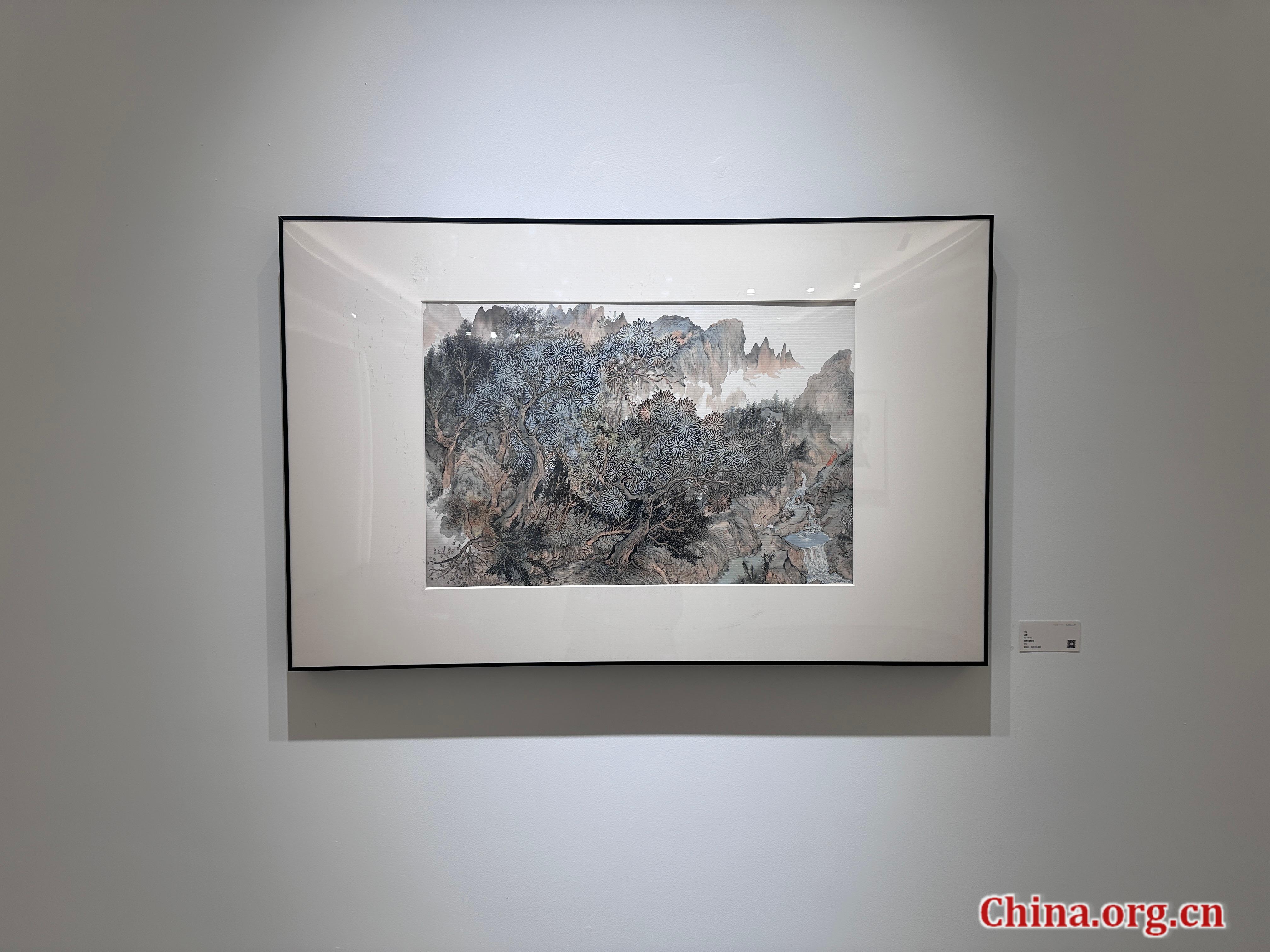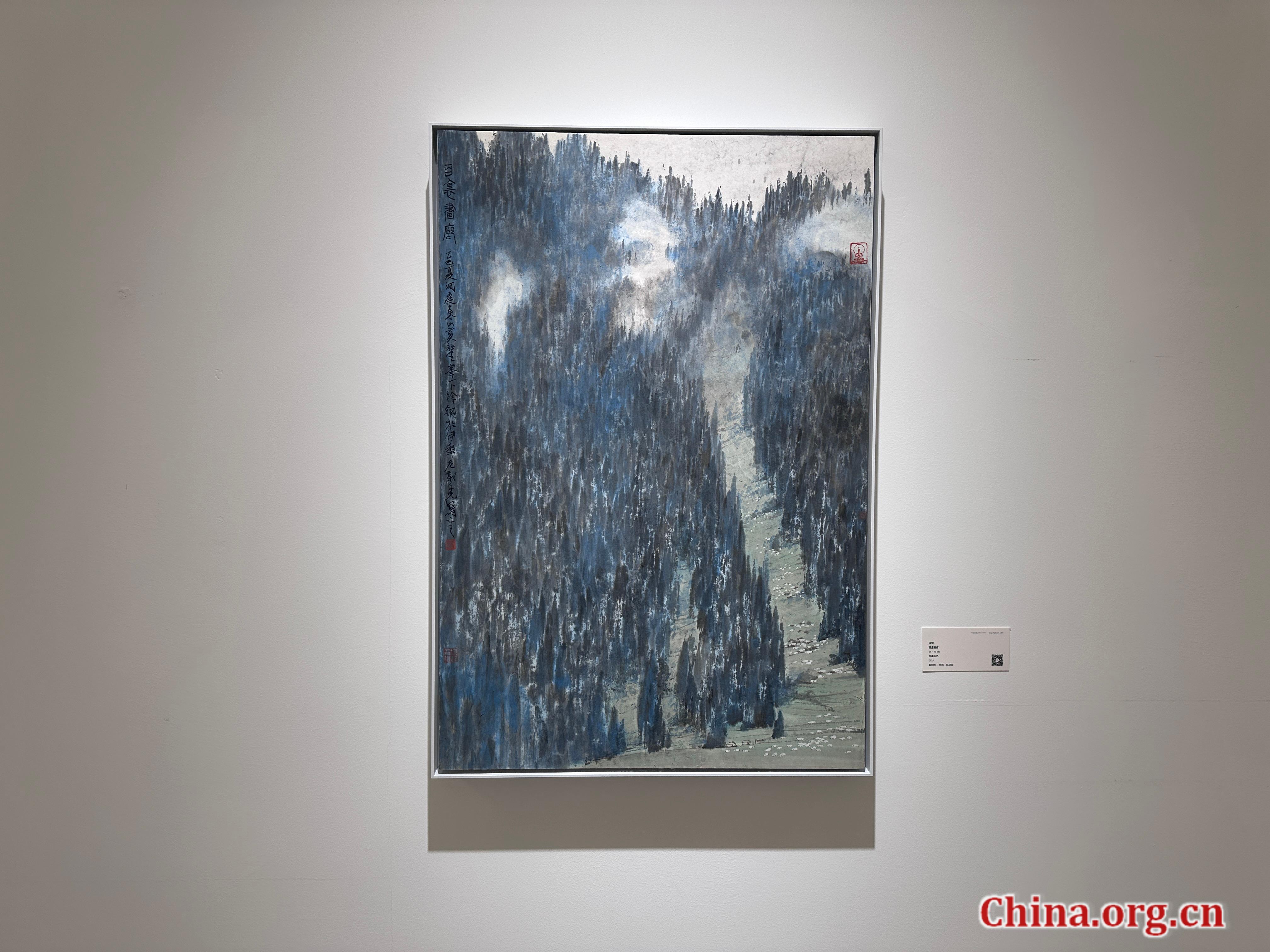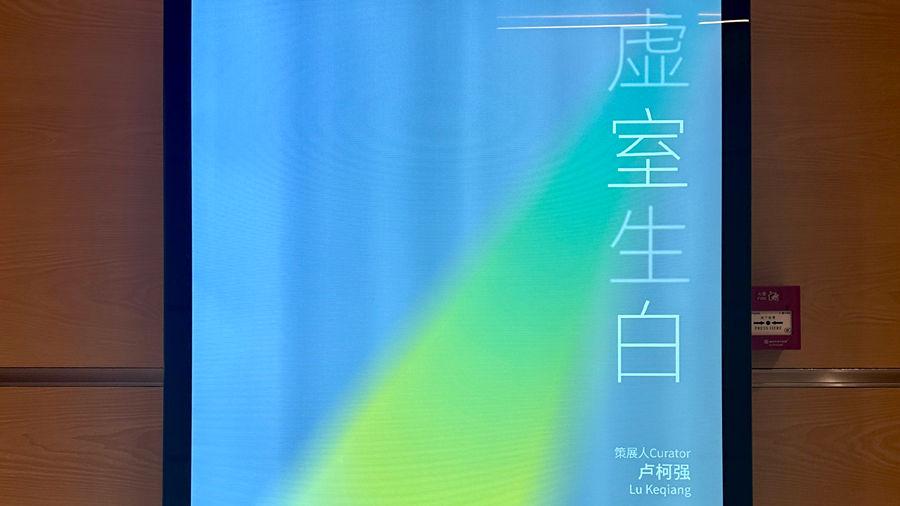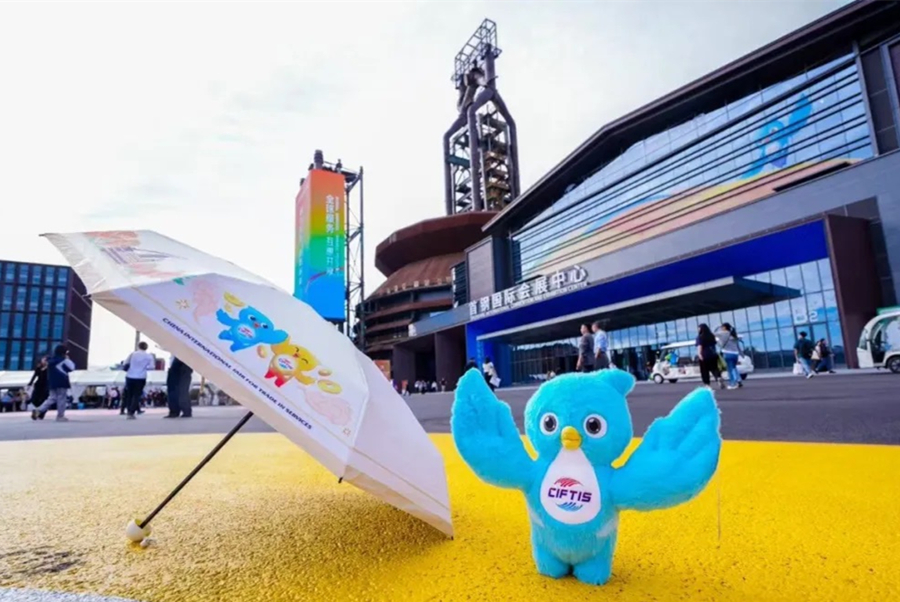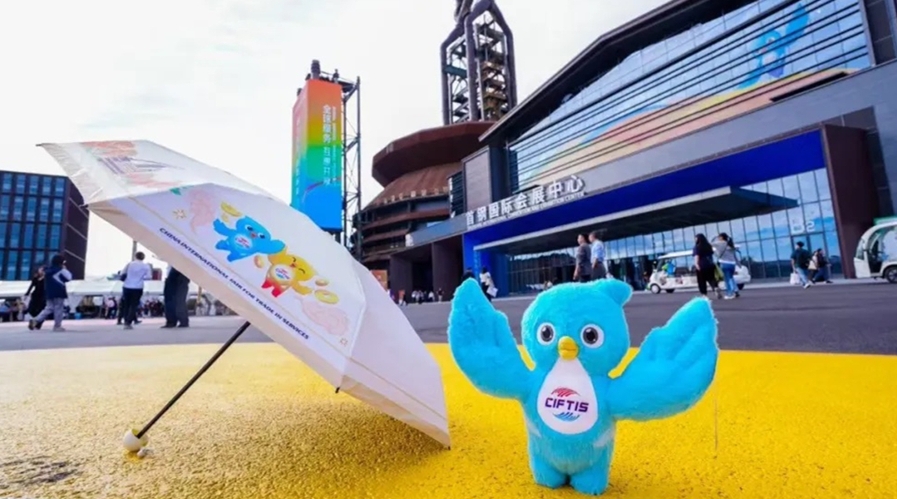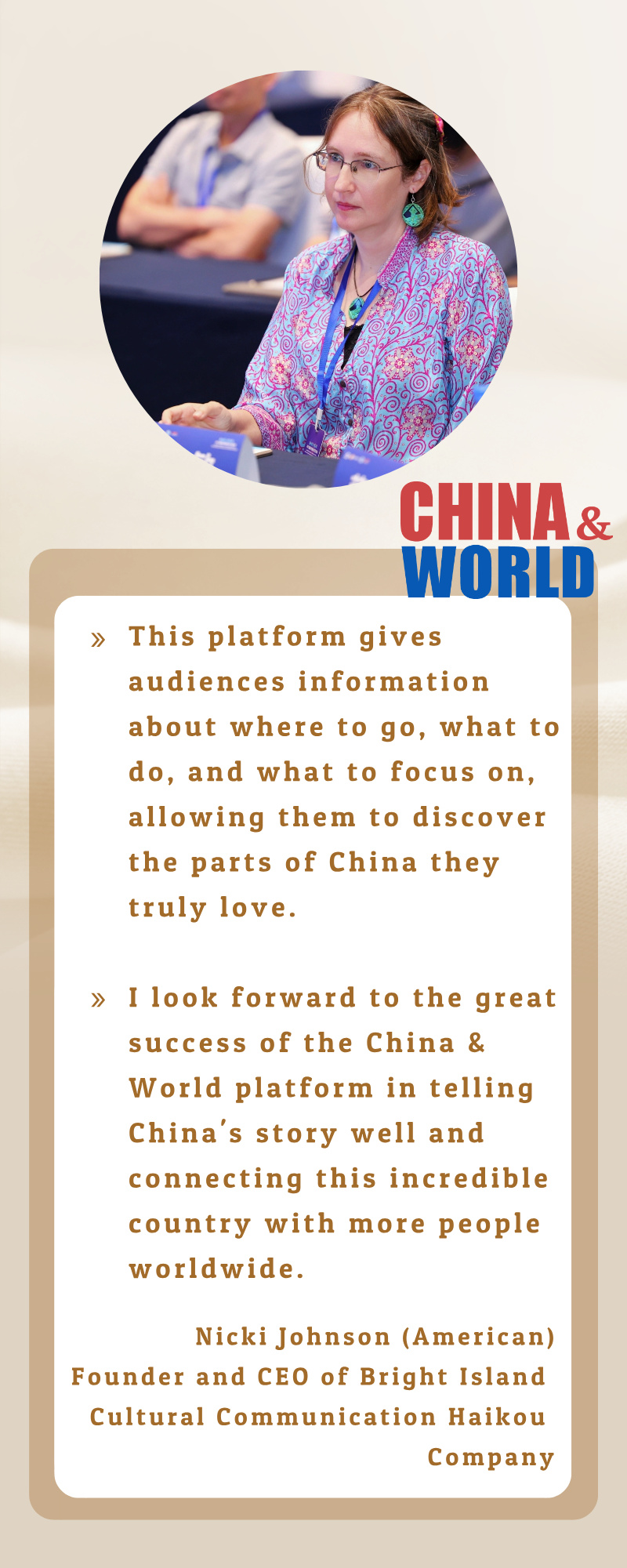Read in Chinese
Speakers:
Major General Wu Zeke, deputy director of the Leading Group Office of Military Parade and deputy director general of the Operations Bureau of the Joint Staff Department of the Central Military Commission
Major General Xu Guizhong, executive deputy director of the Commanding Office of Military Parade of the PLA Central Theater Command and deputy director general of the Political Work Department of the PLA Central Theater Command
Chairperson:
Ms. Shou Xiaoli, director general of the Press Bureau of the State Council Information Office (SCIO) and spokesperson of the SCIO
Date:
Aug. 20, 2025
Shou Xiaoli:
Ladies and gentlemen, good morning. Welcome to this press conference held by the State Council Information Office (SCIO). This year marks the 80th anniversary of the victory in the Chinese People's War of Resistance Against Japanese Aggression and the World Anti-Fascist War. A grand military parade will be held on Sept. 3. Today we are very pleased to have with us Major General Wu Zeke, deputy director of the Leading Group Office of Military Parade and deputy director general of the Operations Bureau of the Joint Staff Department of the Central Military Commission, and Major General Xu Guizhong, executive deputy director of the Commanding Office of Military Parade of the PLA Central Theater Command and deputy director general of the Political Work Department of the PLA Central Theater Command. They will brief you on preparations for the military parade and take your questions.
Now, I will give the floor to Mr. Wu for his briefing.
Wu Zeke:
Friends from the media, good morning. First of all, I would like to express my sincere thanks and best wishes to all the friends attending this morning's press conference and to all those who care about and support the work of the military parade.
On Sept. 3, we will hold a grand military parade to commemorate the 80th anniversary of the victory in the Chinese People's War of Resistance Against Japanese Aggression and the World Anti-Fascist War. This military parade will be the first of its kind since the Central Committee of the Communist Party of China (CPC) with Comrade Xi Jinping at its core united and led the entire Party, the military and the Chinese people of all ethnic groups to embark on the country's new journey to pursue Chinese modernization on all fronts. It also marks a brand-new demonstration of the people's armed forces as they strive to achieve the military's centenary goal. It is an important manifestation of how the great spirit of the War of Resistance and the great national spirit are being carried forward in the new era. It is a solemn declaration of upholding and advocating the correct historical view of World War II, resolutely safeguarding the post-war international order, and firmly defending international fairness and justice.
The military parade will proceed in two parts, a military review and a march-past of troops, and will last around 70 minutes. During the military review, troops participating in the parade will line up in formations along Chang'an Avenue in Beijing, and will be reviewed by Xi Jinping, general secretary of the CPC Central Committee, Chinese president and chairman of the Central Military Commission. During the march-past, airborne flag-guarding echelons, foot formations, battle flag formations, armament columns, and aerial echelons will pass through or fly over Tian'anmen Square.
This parade will involve a total of 45 formations and echelons. The airborne flag-guarding echelons will be composed of multiple formations of various types of helicopters. Through such methods as guarding flags, forming characters and hanging slogans, they will demonstrate that the country and the armed forces have grown stronger under the leadership of the CPC, and the great spirit of the War of Resistance lives on with enduring legacy eight decades later, proclaiming to the world the great truth that justice will prevail, peace will prevail, and the people will prevail. The foot formations will mix "old" and "new." The "old" refers to troops with origins in the War of Resistance, with the personnel mainly drawn from forces descended from the Eighth Route Army, the New Fourth Army, the Northeast United Resistance Army, and the South China Guerrillas, as well as militias from provinces where resistance base areas were located. The "new" refers to the new layout of the structure of the military capabilities, including the armed forces system combining three components. They will showcase their well-disciplined military bearing, confident strides and high morale during the review, collectively reflecting their new look under efforts to enhance political loyalty in the military in the new era and the exemplary image of the people's armed forces. The battle flag formations represent the feats and honor earned through bloodshed during the War of Resistance. Each battle flag was forged with the blood and lives of the war heroes, and carries a chapter of the moving and heroic history of the war. From flags of countless heroes and numerous honors, we distinguish between different periods, regions and military units, selecting those with typical significance. Officers and soldiers from respective units will hold the flags during the review, symbolizing the continuation of the great spirit of the War of Resistance and the fearless and courageous advance of the people's armed forces. The armament columns will be organized in a manner reflecting their functions in real combat and include groups for land combat, maritime combat, air defense and anti-missile operations, information warfare, unmanned combat, logistics and equipment support, and strategic strike. Many of the armaments represent the latest developments in the evolution of modern warfare, and some are major national weapons that fully demonstrate our military's strong capability to win modern wars. The aerial echelons, organized in a modular and systematic manner, will consist of advanced early warning and command aircraft, fighter jets, bombers, transport aircraft and more. They basically cover the main active-duty aircraft types of the Chinese military. Many are high-profile systems that have attracted wide public attention, and some will make their public debut, fully showcasing the leapfrog development of our military's air combat capabilities.
In addition, core musicians from the PLA Honor Guard and other units have been brought together to form a joint military band. In front of the Monument to the People's Heroes, they will perform familiar classics from the War of Resistance Against Japanese Aggression, recalling those arduous and extraordinary years and commemorating the heroes and martyrs who sacrificed their lives for national independence and freedom. Some newly composed pieces that reflect the spirit of the times and the image of a strong military will also be performed in Tian'anmen Square for the first time.
At the last press conference, I outlined several features of the parade's overall design. Today, I will further elaborate on the significance of the parade in four main aspects. The first is to affirm the firm belief of the military in following the Party's command. This parade is a concentrated expression of the military's new achievements in political development and its fresh gains in political training. The troops have maintained firm political awareness, high revolutionary enthusiasm and a vigorous spirit, and are always ready to be reviewed by the CPC Central Committee and President Xi. They remain unswervingly loyal to, supportive of, protective of and defensive of the core, making themselves a heroic armed force that the Party and the people can fully trust. Second, to highlight the distinct theme of commemorating the victory in the War of Resistance Against Japanese Aggression. War is a mirror, helping people appreciate the preciousness of peace. We commemorate the victory as a way to uphold peace. In this parade, heroic units from the War of Resistance Against Japanese Aggression have been assembled, raising the banners of honor and merit from that war and showcasing the achievements of China's national defense and military modernization in the new era. It will demonstrate to the world that the Chinese people remember history, cherish peace and resolutely uphold the victories of the Chinese People's War of Resistance Against Japanese Aggression and the World Anti-Fascist War. Third, to showcase the new structure of the armed forces. President Xi decided to reorganize and establish the Aerospace Force, Cyberspace Force, Information Support Force, and Joint Logistics Support Force, marking the creation of a new structure of military services and branches: "four services + four branches." On the eve of Aug. 1 this year, President Xi signed an order to unveil the flag patterns of the four branches, marking the establishment of the People's Army flag system for the new era, with the Aug. 1 flag as the centerpiece and the branch flags as supplements. In this parade, with the flags of the Party, nation and military at the forefront, the parade formations will display the flags of the military and armed police force together, marking the first public presentation of the military's new structure. Fourth, it demonstrates the military's confidence and capability to win battles. The weapons and equipment in this parade are all selected from domestically produced, currently active main battle systems with many new types making their debut. Both ground and air equipment are arranged in integrated and combined formations. Some strategic assets from land, sea and air bases, as well as high-precision strike, unmanned and counter-unmanned systems, are being presented to the public for the first time, fully demonstrating the military's strong capability to safeguard national sovereignty, security and development interests, and contribute to world peace.
Currently, preparations for the parade are virtually complete. All participating officers and service personnel will receive the review of the Party and the people in high spirits, joining in marking Sept. 3 as a day of victory remembered by people around the world.
That is all for my introduction. Thank you.
Shou Xiaoli:
Thank you, Mr. Wu, for the introduction. Now I'll give the floor to Mr. Xu.
_ueditor_page_break_tag_
Xu Guizhong:
Good afternoon. It's my pleasure to present the details of the military parade to you all.
The CPC Central Committee and the Central Military Commission decided to organize a parade to commemorate the 80th anniversary of the victory in the Chinese People's War of Resistance Against Japanese Aggression and the World Anti-Fascist War. The troops are highly enthusiastic about participating. Every officer and soldier takes pride in participating and being reviewed, and looks forward to being reviewed by the CPC Central Committee, President Xi, and the entire nation at this solemn moment, showcasing the heroic and majestic appearance of the people's armed forces as a force of peace, justice, strength and victory.
Mr. Wu just briefed us on the parade design details. I believe all of you can appreciate that this parade has many innovative elements and new features. The participating officers and soldiers represent various military units, and the proportion of new weapons and equipment making their debut is very high. Moreover, most of the armored columns and aerial echelons will be composed of mixed units. All of these factors have placed very high demands on this year's parade training and logistics support.
The parade involves more than 10,000 people, hundreds of aircraft, and hundreds of pieces of ground equipment. Achieving perfect uniformity, precise coordination, and split-second timing is comparable to organizing a military campaign. The overall planning, preparation and organizational command of the parade has required scientific training and thorough support. In conducting parade training, we have mainly focused on several key points: The first has been maintaining real combat standards. We have insisted on taking the parade preparation as an opportunity to strengthen the combat readiness of officers and soldiers and test the command, coordination and support capabilities of the troops. We have relied on the wartime command system to direct parade operations and have used combat simulation methods to develop and refine operational plans. Troops immediately began high-intensity training in accordance with parade standards upon receiving their gear, particularly for new equipment. The preparation process itself has functioned as a capability-building process. Second, we have emphasized scientific training methods. This parade has had a shorter preparation time than previous ones, and the participating troops have numerous other duties. Therefore, within our limited timeframe, we have focused on using systems such as BeiDou positioning, intelligent evaluation and simulation technologies to support basic training, formation drills, air-ground coordination exercises, complex scenario training, emergency response training, and training evaluation and assessment. The results have been excellent, saving us training time while improving training quality and efficiency. Third, we have focused on inspiring training motivation. We have emphasized leveraging the spirit of the resistance against Japanese aggression to reinforce historical duty, using the honor of being reviewed to fuel political enthusiasm, and drawing on the traditions of heroic and exemplary units to encourage high morale. Particularly after the announcement of the parade on June 24, relevant provinces have expressed care and support for the participating officers and soldiers, with extensive visits and consolation activities widely conducted around Army Day (Aug. 1). This has greatly encouraged the participating personnel and enhanced their sense of honor and responsibility. At the bustling training grounds, we have seen the glorious traditions and fine conduct of our Party and army being passed down and carried forward by this new generation of young officers and soldiers.
Since the 18th CPC National Congress, the logistics and equipment support capabilities of the military have achieved leapfrog development, effectively supporting the army's combat readiness. This progress is clear for all to see. This parade preparation, whether it's the training and daily life of participating personnel or the maintenance and upkeep of equipment, requires strong logistical support. Throughout our work, we have mainly concentrated on several key points: First, we have emphasized leveraging the advantages of joint logistics. Following joint operations and joint support requirements, we have fully relied on the regional joint logistics support system to provide precise and effective support for the parade. Second, we have focused on strengthening the management and support of new equipment. The equipment participating in this parade involves hundreds of different models and types. In accordance with wartime requirements, we assembled lean support forces, with joint equipment support extending to the tactical level, providing full-process, efficient support for high-intensity, fast-paced training operations. Third, we have focused on cost-effectiveness and operating practically and efficiently. Following the principle of diligence and cost-effective military development, we have made full use of existing training grounds and logistical conditions for preparations, achieving maximum resource efficiency and substantially cutting related expenses.
Judging from the recent rehearsal, the troops are basically ready for the parade. We believe that under the strong leadership of the CPC Central Committee, the Central Military Commission and President Xi, all participating troops will meet the highest standards in carrying out their parade responsibilities and provide a satisfactory performance for the Party and the people. Let us look forward to that day. That's all for my introduction. Thank you!
Shou Xiaoli:
The floor is now open to questions. Please raise your hands if you have questions and identify your news organization before raising questions.
_ueditor_page_break_tag_
ThePaper.cn:
The military parade commemorating the 70th anniversary of the victory in the War of Resistance Against Japanese Aggression had many unforgettable spectacular moments. What innovations and highlights will this parade feature in emphasizing the theme and significance of commemorating victory in the War of Resistance Against Japanese Aggression? Thank you.
Wu Zeke:
I will answer this question. At the last press conference, I told everyone that the theme of this parade was to commemorate the great victory of the Chinese People's War of Resistance Against Japanese Aggression and to promote the great spirit of the War of Resistance. We have incorporated several innovations into the parade's design to emphasize this theme and better embody the spirit of remembering history, honoring martyrs, cherishing peace and creating the future. First, in presenting elements of the War of Resistance, we have carefully integrated key historical markers, such as the 1945 victory, the 80th anniversary and the 14-year wartime experience, into the parade scale, equipment quantities and formation arrangements. This approach enriches the parade's deeper meaning and underscores its commemorative character. Second, to enhance the commemorative atmosphere, we have incorporated wartime music into the pre-ceremony segment, with the joint military band and choir of the PLA performing classic wartime songs such as "On the Songhua River," "On the Taihang Mountains," and "Defend the Yellow River." These revolutionary songs enable us to feel the patriotic spirit in the years of fire and blood during the Chinese People's War of Resistance Against Japanese Aggression. The vigorous melodies recreated the scenes of women bidding farewell to their sons and husbands as they headed to battlefield and of the guerrilla fighters engaging the enemies in mountains and plains. Third, to convey historical significance, various methods will be used to showcase the great truth that "justice will prevail, peace will prevail, and the people will prevail." This truth has withstood the test of blood and fire and remains unbreakable, demonstrating that the Chinese People's War of Resistance Against Japanese Aggression and the World Anti-Fascist War were great triumphs of justice over evil, light over darkness, and progress over reaction. Thank you.
_ueditor_page_break_tag_
Rudaw Media Network:
You just said that this military parade will showcase numerous pieces of equipment for the first time. What specific new military hardware will be unveiled? What advances and breakthroughs can we expect in their digitization and smart technology levels?
Wu Zeke:
I'll answer the questions. In this parade, all the weapons and equipment to be displayed will be domestically produced active-duty main battle equipment. The parade will represent the collective debut of our military's next-generation weapons and equipment following the 2019 National Day parade. The main characteristics are as follows: First, fourth-generation equipment will form the core of the parade, including new tanks, carrier-based aircraft and fighter jets. They will be grouped into combat modules to demonstrate our military's integrated operational capabilities. We will also display a series of unmanned intelligent and counter-unmanned equipment across the land, sea and air domains, as well as new forces like cyber and electronic combat forces., New drones, directed energy weapons, and electronic jamming systems, among others, will showcase our military's new quality combat capabilities in new domains. Another key feature is the extensive showcase of advanced equipment such as hypersonic missiles, air defense and anti-missile systems, and strategic missiles to illustrate our military's strong strategic deterrent capability. It can be said that the weapons and equipment to be reviewed possess very high levels of digital integration and intelligence, fully reflecting our military's strong capability to adapt to technological development, respond to evolving forms of warfare and win future wars. As for the specific models of weapons and equipment to be reviewed, we ask for your patience as the details will be revealed soon. Thank you.
_ueditor_page_break_tag_
Zhinews of Shenzhen Satellite TV:
This will be a large parade. How is the training for such a large-scale military parade organized? What measures have been taken to resolve problems and difficulties in training and improve efficiency? Thank you.
Xu Guizhong:
Thank you for your questions. Given the large amount of equipment and participants in this parade, achieving high standards and exceptional performance in a short period depends on several factors. First, the overall quality of the participating troops is very strong, which is a crucial prerequisite for ensuring effective training. Second, parade training itself is an important component of the troops' regular training, meaning all participating units come with existing training experience. We bring the troops together primarily to conduct standardized and detailed training, further refining their combat discipline. Through this short-term intensive training, we can achieve the desired results. Third, we have well-established parade-training experience and scientific, standardized training methods, including a complete set of training standards, procedures and protocols. We also emphasize the use of digital and intelligent technology, which has strongly supported improvements in training quality and effectiveness. Fourth, we continuously inspire enthusiasm for training by extensively carrying out mass training and competition activities. We conduct lively promotion activities to enrich the cultural lives of officers and soldiers. Everyone competes not only in training and skills but also in energy and attitude, creating a strong atmosphere of learning, striving, helping and surpassing one another. As a result, everyone's enthusiasm for training is very high. Thank you.
_ueditor_page_break_tag_
CCTV:
We've noticed the introduction of the new military structure and branch layout of our armed forces, which will be showcased in this parade. We also saw that the new branch flags were recently released ahead of Army Day on Aug. 1. Could you provide more details on the parade's specific arrangement and design? Thank you.
Wu Zeke:
Thank you for your question. I will answer it. Reform strengthens the military, and a stronger military underpins a stronger country. Since the 18th CPC National Congress, the CPC Central Committee, the Central Military Commission and President Xi have led the most extensive and profound national defense and military reforms since the founding of the People's Republic of China, with unprecedented determination and resolve. The people's armed forces have developed a new command structure, organizational framework, strategic configuration and renewed image, taking firm strides toward building a strong military with Chinese characteristics. Last year, the military restructured to establish the Information Support Force, and made corresponding adjustments to the leadership and management structure of the Aerospace Force and Cyberspace Force. The reform has enabled the PLA to develop a new organizational layout under the leadership and command of the Central Military Commission. It consists of four services: the Army, Navy, Air Force and Rocket Force; along with four branches: the Aerospace Force, Cyberspace Force, Information Support Force, and Joint Logistics Support Force. This new layout represents a significant milestone in advancing the modern military force system with Chinese characteristics.
Therefore, the parade highlights three aspects in its arrangement and design. The first is a more comprehensive military force structure. Just now, I mentioned that the military recently unveiled new branch flags ahead of Army Day. The military flag is the combat banner and emblem of the PLA. The establishment of a complete military flag system symbolizes a more complete military force system. During the parade, the participating formations will carry their respective branch flags along with the People's Armed Police Force flag, representing a comprehensive display of our military's capabilities. Second, there is a greater presence of new domains and new quality combat capabilities. In addition to the four strategic branches represented in the foot formations which embody these new-domain and new-quality combat capabilities, we have also specifically arranged new combat units within the equipment formations, including unmanned systems, underwater forces and cyber-electronic force. Third, the armed forces system is more comprehensive. The parade will feature not only active PLA forces but also the armed police, reserves and militia, forming a three-tiered force structure with Chinese military characteristics. Thank you.
_ueditor_page_break_tag_
Phoenix TV:
My question is, what is the significance of parade training for real combat? How does it contribute to and enhance the troops' combat capabilities? Thank you.
Xu Guizhong:
Thank you for your questions. Training under rigorous and combat-realistic conditions has always been our military training tradition. In this parade, we are focusing on combat-realistic standards and joint operational requirements, using parade training to improve our joint combat capabilities.
First, strengthening joint awareness. This parade has a distinct characteristic of joint operations. This is an organic integration of different services and branches based on combat formations, representing the comprehensive application of multi-domain forces in modern warfare. We are organizing exchanges and mutual learning among different services and branches, strengthening the concept of joint operations and fostering a joint culture through synchronized training and integrated rehearsals.
Second, enhancing joint operational capabilities. The parade is a joint military activity spanning services, branches and military-civilian coordination. We have scientifically configured forces, precisely coordinated actions, and meticulously planned and controlled every partial rehearsal for each formation and echelon, along with every full-element, full-process integrated rehearsal. We have scientifically allocated forces, precisely regulated actions, and meticulously organized coordination. Through these efforts, we have ensured deep integration and cohesive unity across all operational domains and elements. Parade training brings together forces from various strategic directions and military service domains under unified command, training, management and support. Through actions calibrated to the meter and the second, we are strengthening command-and-control capabilities, information integration and tactical coordination. The training reinforces a sense of command, a discipline of collaboration and a professional demeanor, thereby further consolidating the troops' joint operational proficiency. Thank you.
_ueditor_page_break_tag_
People's Daily Online:
Recent military parades have featured a joint military band to enhance the commemorative atmosphere. Could you provide details on how this year's military band was formed and trained? Thank you.
Xu Guizhong:
The joint military band was formed according to the overall design of the parade. We selected key members from the PLA Honor Guard's military band and other units to form a joint military band, aiming to create a solemn, grand atmosphere for the commemorative event. First, in selecting the musical repertoire, we balanced political significance, contemporary relevance, ceremonial solemnity, and artistic excellence through systematic programming that preserves tradition while embracing innovation. We have included representative classics such as "On the Songhua River" and "Defend the Yellow River," while also creating new compositions that embody the spirit of the times. This musical selection reflects both the hardships and glories of 14 years of arduous struggle, while highlighting the grand momentum of the people's armed forces marching forward in the new era. Second, the performance formation includes 14 rows in total, symbolizing the 14 years of the War of Resistance Against Japanese Aggression. The front row features 80 ceremonial trumpeters, representing the 80th anniversary of the victory in the war. This arrangement combines historical elements with contemporary features. Third, in terms of organizing the performance training, the joint military band performs while standing throughout the entire inspection. This is a comprehensive test of performance level, combat demeanor, command coordination and overall physical fitness. We have implemented specialized training for solo performances, section ensembles and full band ensembles. The training has focused on the integration of sections with the full band, the coordination between instrumental performance and vocal accompaniment, and the synchronization between the military band and parade formations. Meanwhile, we have strengthened targeted training for movement uniformity and performance stability to comprehensively enhance the military band's joint performance standards. Thank you.
_ueditor_page_break_tag_
Channel News Asia:
What is the significance of holding a large-scale military parade to commemorate the 80th anniversary of the victory of the Chinese People's War of Resistance Against Japanese Aggression? What insights do you hope the international community will gain from this?
Wu Zeke:
I'll answer that. Thank you for your questions. This military parade is an important part of the commemorations for the 80th anniversary of the victory of the Chinese People's War of Resistance Against Japanese Aggression and the World Anti-Fascist War. It serves to remember our history, honor those who sacrificed their lives, cherish peace, and forge ahead into the future. Among all theaters of the World Anti-Fascist War, the Chinese People's War of Resistance Against Japanese Aggression started the earliest and lasted the longest. Under the banner of the united front against Japanese aggression that was advocated and established by the CPC, the Chinese people pressed forward one after another with united hearts. Through enormous national sacrifice, they sustained the main eastern battlefield of the World Anti-Fascist War. They engaged and tied down the main forces of Japanese imperialism for an extended period, eliminated more than 1.5 million Japanese troops, wrote a great chapter in the victory of the War of Resistance Against Japanese Aggression, and made a significant contribution to the victory in the World Anti-Fascist War.
Peace is hard-won and must be defended. We are willing to join hands with peace-loving countries and people worldwide to learn from history and draw wisdom and strength from the profound lessons of WWII and the great victory in the Anti-Fascist War. We persist in promoting the correct historical view of WWII, firmly uphold the post-war international order, and resolutely defend international fairness and justice. We will continue to resolutely oppose all forms of hegemonism and power politics, jointly promote the building of a community with a shared future for humanity, and work together for a brighter future for humankind. Thank you.
_ueditor_page_break_tag_
China News Service:
You just mentioned that many new types of weapons and equipment will be displayed at this parade. With so much equipment concentrated together, how do you manage and provide logistical support for it all? Thank you.
Xu Guizhong:
Thank you for your question. Since the 18th CPC National Congress, our military's weapons and equipment development has achieved leapfrog progress and historic accomplishments. To properly manage and support new weapons and equipment, we must adapt to new changes, adopt new measures and utilize new approaches. This parade features a wide variety of equipment and new technical systems, with most arranged in mixed formations, which makes managing and supporting the equipment quite challenging. In response to this, we have taken measures based on actual conditions. First, in terms of support forces, we have selected and assembled experts and technical personnel from different fields based on actual combat requirements, built a streamlined and efficient support system, and extended joint support to the tactical level. Second, in terms of the support model, we have established a system of individual equipment responsibility and implemented card-reading and checklist-based maintenance according to existing equipment technical specifications and standard operating procedures. These efforts have achieved standardized equipment management and support. In terms of support measures, by leveraging an intelligent equipment management information system, we are able to dynamically collect information, analyze data, and generate situational awareness. We have implemented comprehensive equipment health monitoring and conduct targeted preventive maintenance, significantly improving both equipment support efficiency and reliability. Thank you.
_ueditor_page_break_tag_
China Daily:
Could you brief us on how the peacekeeping contingent taking part in this year's military parade was selected? What is the positive significance of this arrangement for China's participation in UN peacekeeping operations? Thank you.
Wu Zeke:
Thank you for your questions. It is well known that China is the largest provider of peacekeeping forces among the permanent members of the UN Security Council. With a standby force of 8,000 personnel, China is a key force in UN peacekeeping operations. This year marks the 35th anniversary of the Chinese military's participation in UN peacekeeping operations. Over the past 35 years, China's peacekeeping forces have gradually become more professional and institutionalized. A set of principles, policies and operational guidelines in line with international standards and with Chinese characteristics has been developed. The composition of China's peacekeeping forces has been expanded from single-service units to multi-service forces. They can now undertake a broader range of tasks in addition to providing support and logistics. Their operational objectives have also been extended from ceasefire monitoring to promoting lasting peace. Making significant contributions to world peace, China's peacekeeping forces have demonstrated through their actions China's firm commitment to multilateralism and the purposes and principles of the UN Charter, standing fast as a disciplined force for peace and justice.
The peacekeeping contingent taking part in the parade has participated in international peacekeeping missions, carries the legacy of the Northeast Anti-Japanese United Army, and comprises personnel from various branches such as combat engineers and infantry troops. This arrangement not only highlights the solemn commemoration of the victory in the War of Resistance Against Japanese Aggression, but also demonstrates China's responsibility as a major country in fulfilling international obligations and maintaining world peace. China has always adhered to the path of peaceful development, and the Chinese military has always been a staunch force in safeguarding world peace. The "Chinese Blue Helmets" will continue to forge the shield of peace with dedication, actively fulfill the responsibilities as the armed forces of a major country, and write a splendid chapter in the great journey of building a community with a shared future for humanity. Thank you.
_ueditor_page_break_tag_
Beijing News:
We have noted that Beijing has recently introduced a series of ground traffic and air control measures in preparation for the parade and related rehearsals. How will the impact on the daily work and lives of people in Beijing be minimized? Thank you.
Xu Guizhong:
Thank you for your question. I'll take this one. In preparing for the parade, our overriding principle has been to avoid or minimize disturbing the public, so as to reduce the impact on Beijing's residents as much as possible. Our specific measures are as follows. First, in the deployment of concentrated training sites, we have sought to select locations away from urban areas and with lower population density. Second, with regard to the rehearsal time in Tian'anmen Square, the schedule has been arranged to avoid working days, with rehearsals held at night on weekends. Third, in terms of troop maneuvers, we have carried out meticulous planning, research and simulations, and optimized the grouping, timing, routes and methods of troop maneuvers, concentrating the personnel and equipment as much as possible. The number of marching echelons and the intervals between them have been minimized. Large equipment is first parked in sites away from the urban area and then moved swiftly to the designated area in the city as ordered, so as to minimize blocking roads and to shorten the time spent in the urban area. Fourth, in terms of area control, we have worked in close coordination with the local departments responsible for traffic management, air control and special services. Detailed surveys have been conducted for each intersection, area and time period, in order to narrow the scope and duration of restrictions as much as possible. Fifth, with regard to air control, only the low-altitude airspace along the parade's designated flight route has been cleared in stages. Peak periods of civil aviation operations have been avoided, and airspace resources have been managed carefully, in order to minimize the impact on civil aviation flights. The CPC Beijing Municipal Committee, the Beijing municipal government and the public have attached great importance to the military parade, offering much understanding and support. In particular, they have provided significant assistance with regard to the living conditions, logistical support and transportation of the troops participating in the parade. I would like to take this opportunity to express my sincere respect and heartfelt gratitude to the CPC Beijing Municipal Committee, the Beijing municipal government and the public. Thank you.
_ueditor_page_break_tag_
PLA Daily & China Military Online:
The parade this time will feature a battle flag formation, showcasing our army's honorary flags during the War of Resistance. How does this reflect the inheritance and promotion of the great spirit of resisting aggression? Thank you.
Wu Zeke:
Thank you for your question. I will take this one. During the 14-year-long War of Resistance, many heroic groups and individuals emerged. They played a crucial role in saving the nation from peril and achieving national independence and people's liberation. They fought for world peace, inspiring a magnificent heroic ode that resounds through the ages, establishing immortal feats recorded in history and forging a spiritual monument that shines forever. One of the reasons why we displayed representative honorary flags in this year's parade is to highlight the great course of the War of Resistance. These flags were chosen from units such as the Eighth Route Army, the New Fourth Army, the Northeast Anti-Japanese United Army, and the Southern China People's Counter-Japanese Guerrilla Force. They represent the arduous and challenging battles of our forces during the War of Resistance, bearing the glories of our resistance against Japanese invaders and defense against aggression. Another reason is to pay tribute to the great national heroes. Each battle flag carries the sacrifice and dedication of heroes who resisted Japanese aggression, bearing witness to their glorious deeds in defense of the nation. The battle flag formation will pass through the Tian'anmen Square for inspection, resonating with the Monument to the People's Heroes. This creates a touching scene where heroes and achievements coexist, history and the present day blend, reflecting our deep remembrance of revolutionary martyrs and our commitment to honoring their legacy. The third reason is to carry forward the great spirit of resisting aggression. The battle flag bearers all come from the corresponding honor units, reflecting the enduring spirit of the War of Resistance and the ongoing promotion of fine traditions. This will undoubtedly inspire all military officers and soldiers to inherit the red gene, forge ahead in the mission of strengthening and revitalizing the armed forces, and make new contributions. Thank you.
_ueditor_page_break_tag_
Dazhong Daily:
Militia, as part of our armed forces, played an important role in the War of Resistance Against Japanese Aggression. Can you introduce the details of the militia formation in the parade? Thank you.
Xu Guizhong:
Thank you for your question. Soldiers and civilians are the foundation of victory, with the militia emerging alongside the armed struggle, led by the Party. During the War of Resistance, the size of the militia reached more than 2.6 million. The vast number of militia participated in the battles, provided front-line support and fought courageously, eliminating over 106,000 enemy troops and plunging the Japanese invaders into the depths of people's war. In the new era, the militia has been transformed towards high-quality development, better fulfilling the mission of serving in peacetime, responding in emergencies, and fighting in wartime. We have assembled militia from 15 provinces in this year's parade, covering the main resistance bases led by the Party during the War of Resistance. Some come from the traditional militia units known for their achievements, like the Railway Guerrilla and the Plains Guerrilla. Others are from typical militia organizations that originated unique tactics like tunnel warfare, landmine warfare, and "sparrow" warfare. Additionally, some represent advanced militia groups that have made new contributions and played new roles since the founding of the People's Republic of China. This not only reflects the historical contributions of the militia in the War of Resistance, but also showcases the style of militia building in the new era, and the new achievements in the construction of national defense reserves. The militia formation has also made significant innovations in terms of parade attire compared to previous parades, fully showcasing the image of China's militia in the new era. Thank you.
Shou Xiaoli:
That's all for today's press conference. Thank you to the spokespersons and friends from the media. Goodbye, everyone.
Translated and edited by Zhang Jiaqi, Mi Xingang, Li Congrong, Liu Sitong, Liu Jianing, Xu Kailin, Zhu Bochen, Chen Xinyan, Zhang Junmian, Wang Qian, Ma Yujia, Zhou Jing, Li Huiru, Huang Shan, Gong Yingchun, Zhang Rui, David Ball, Tudor Bentley Finneran, and Jay Birbeck. In case of any discrepancy between the English and Chinese texts, the Chinese version is deemed to prevail.
The State Council Information Office held a press conference in Beijing on Aug. 20 to brief the media on preparations for the Sept. 3 military parade marking the 80th anniversary of the victory against Japanese aggression and fascism.
